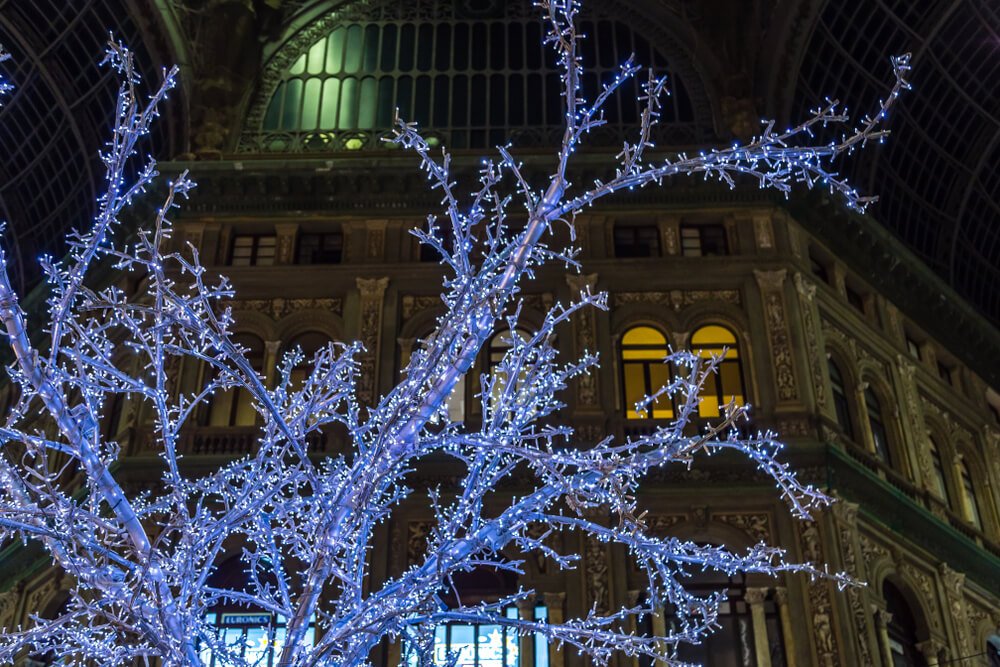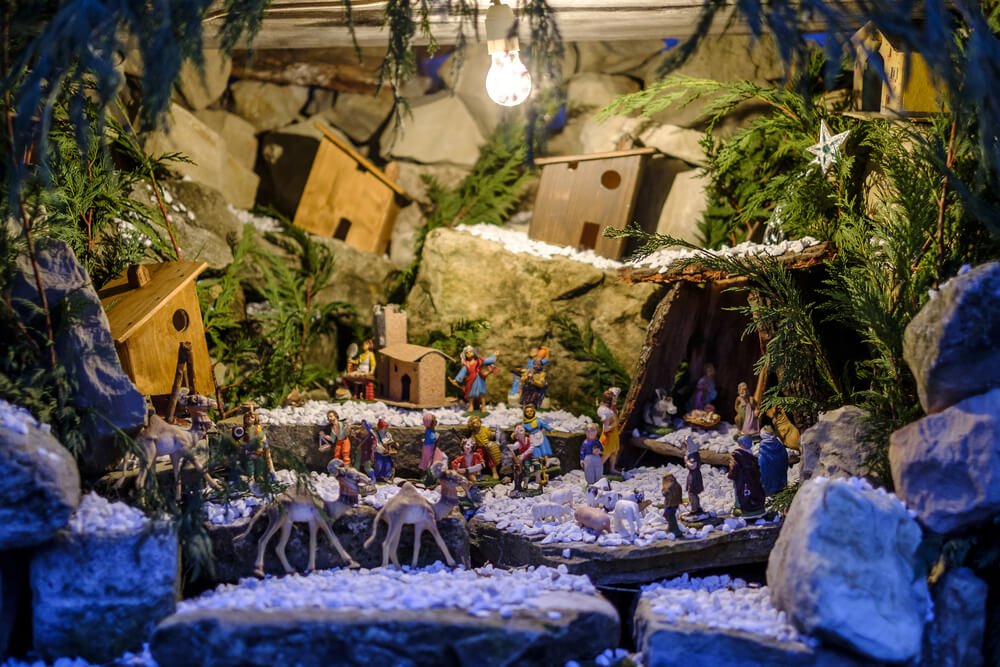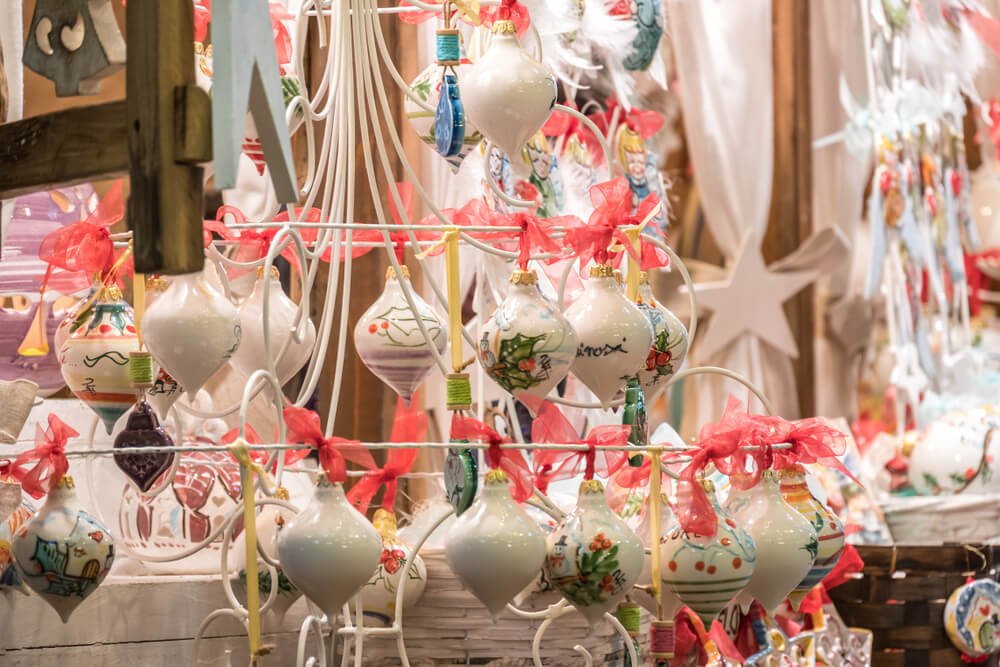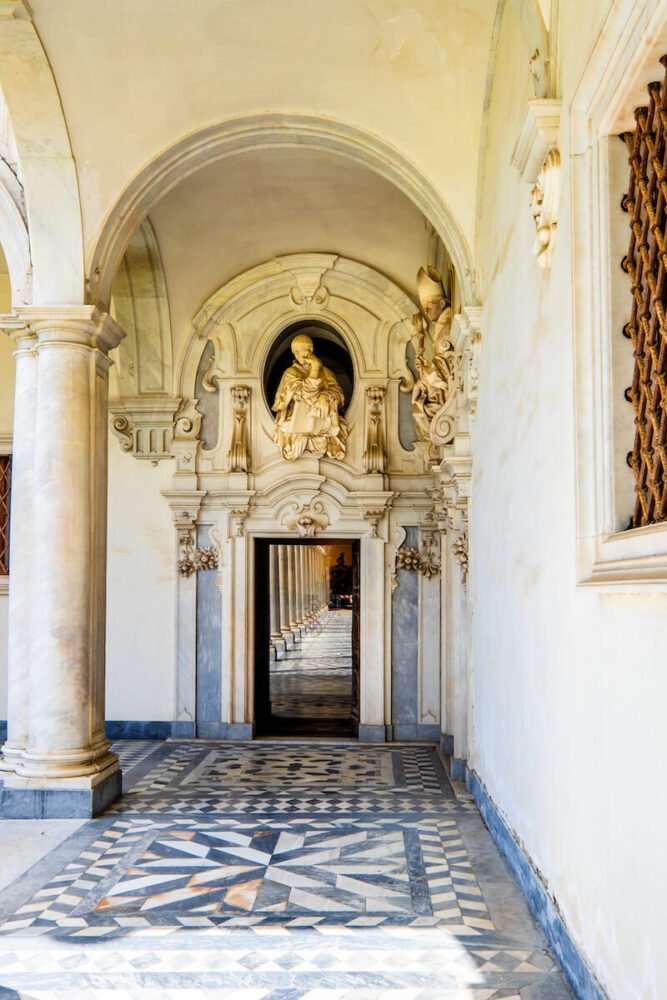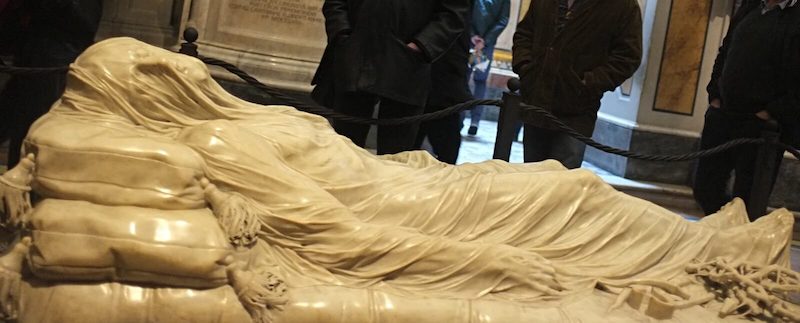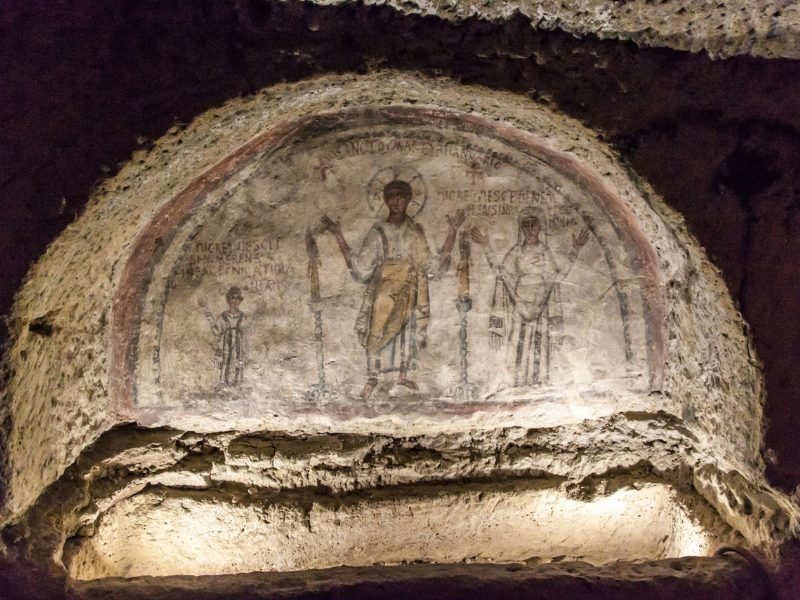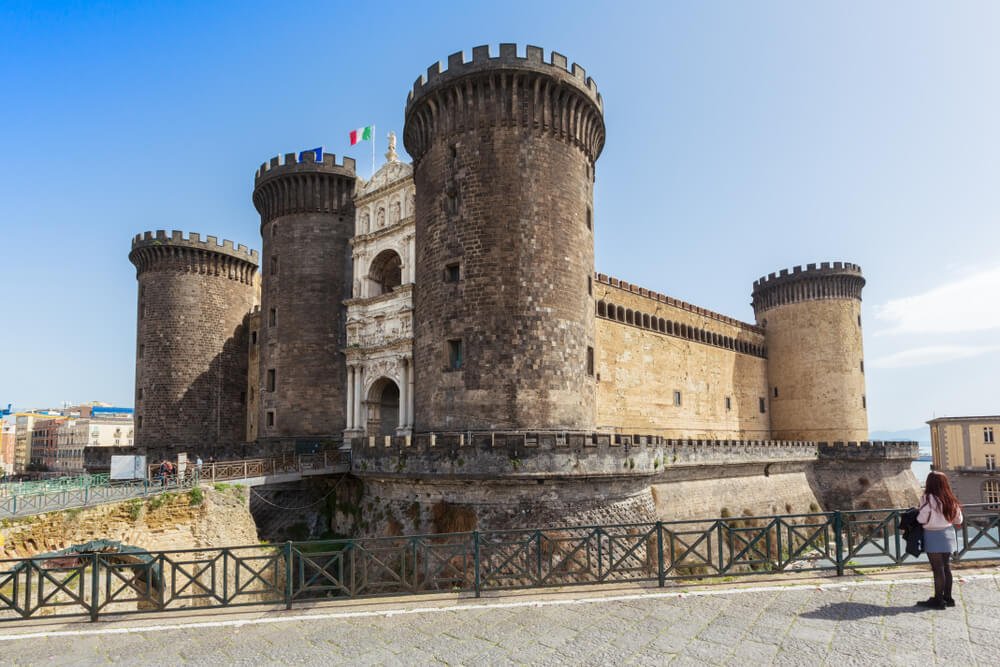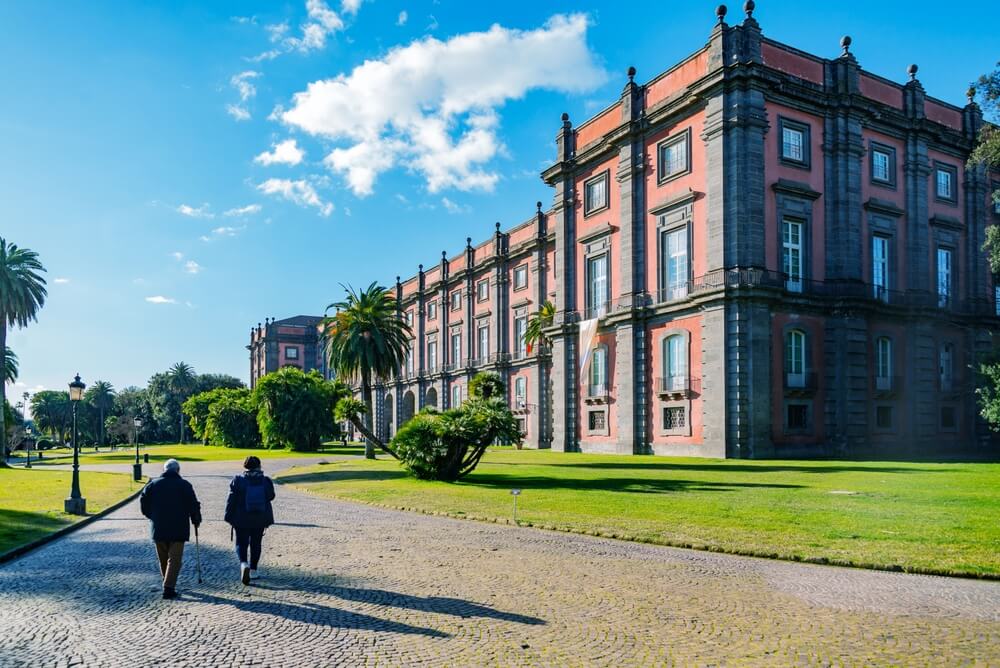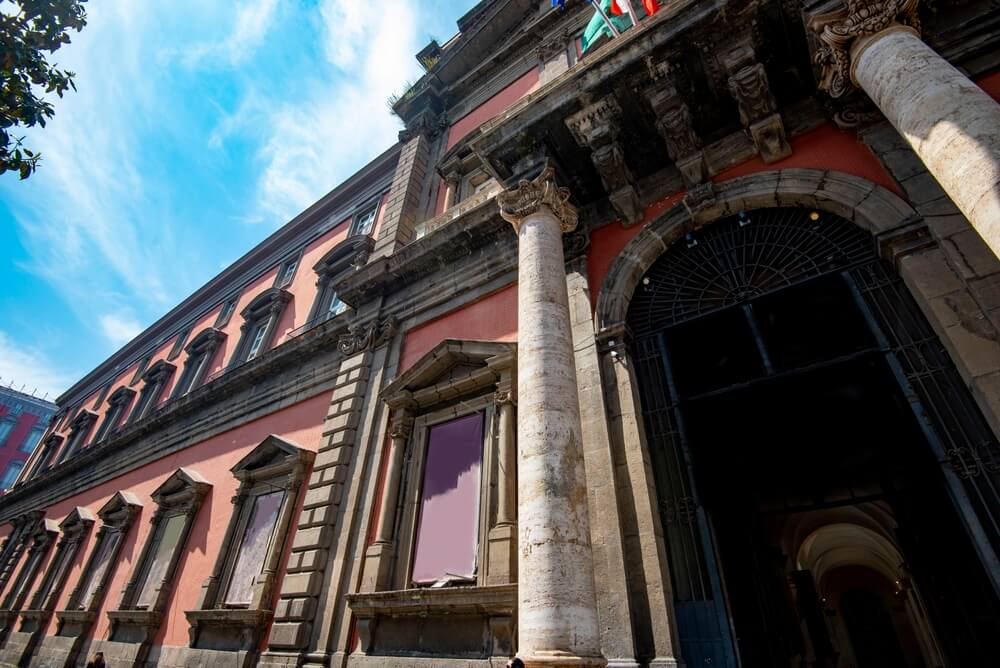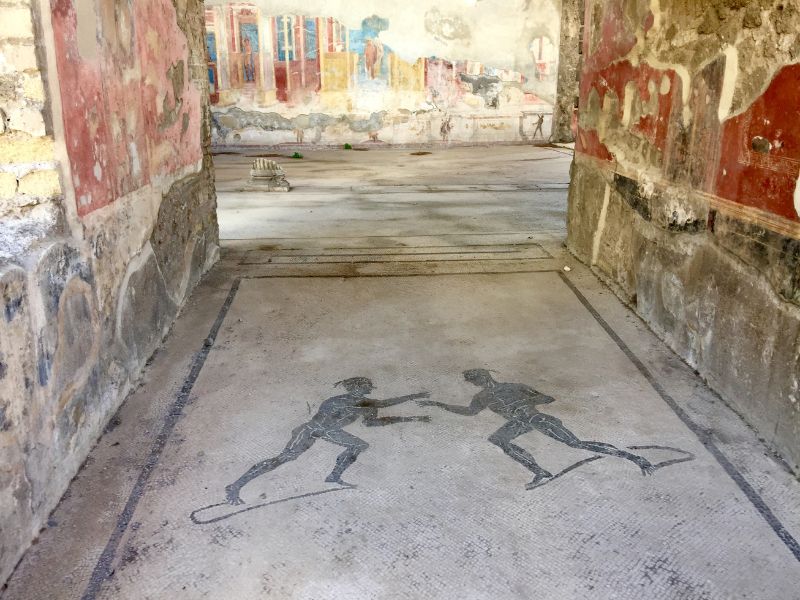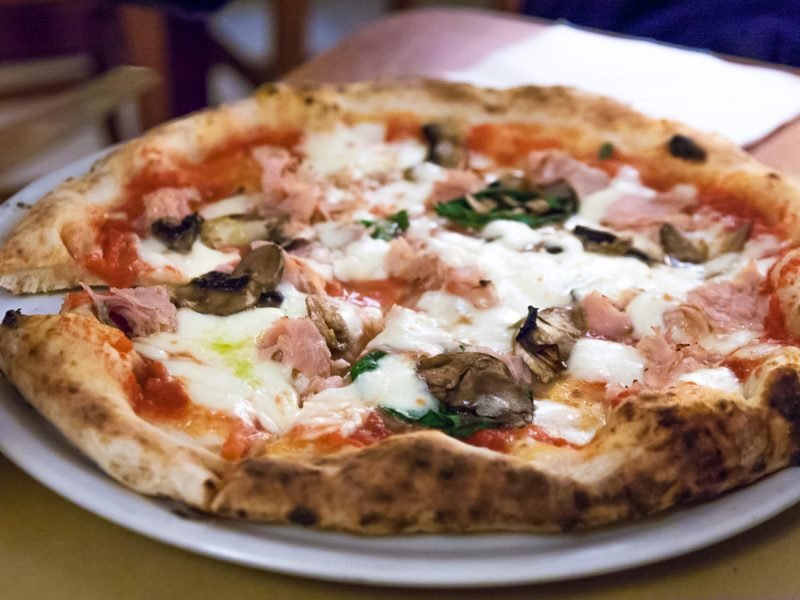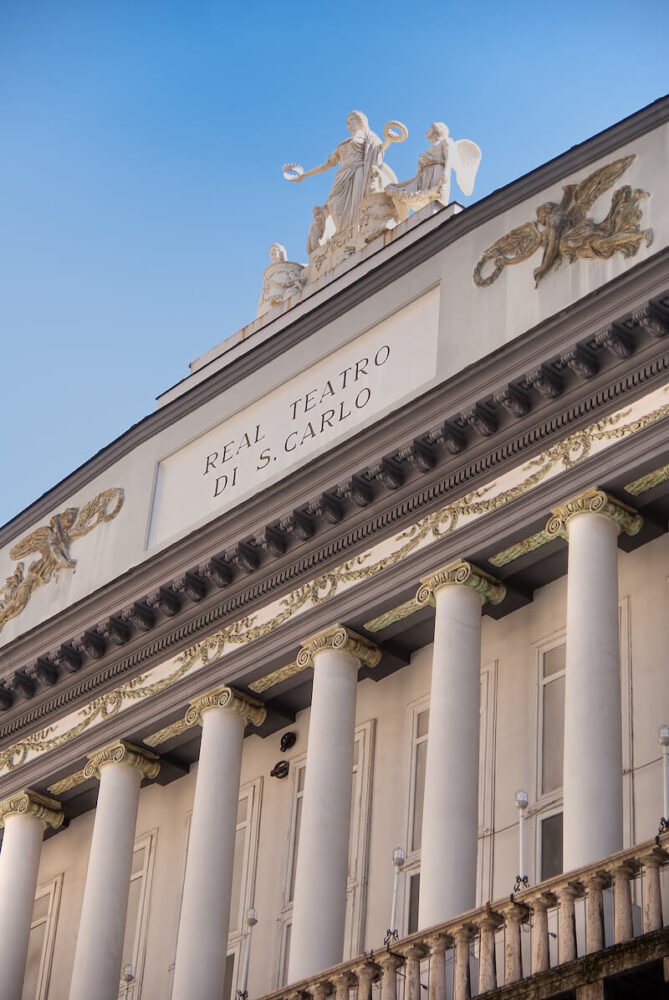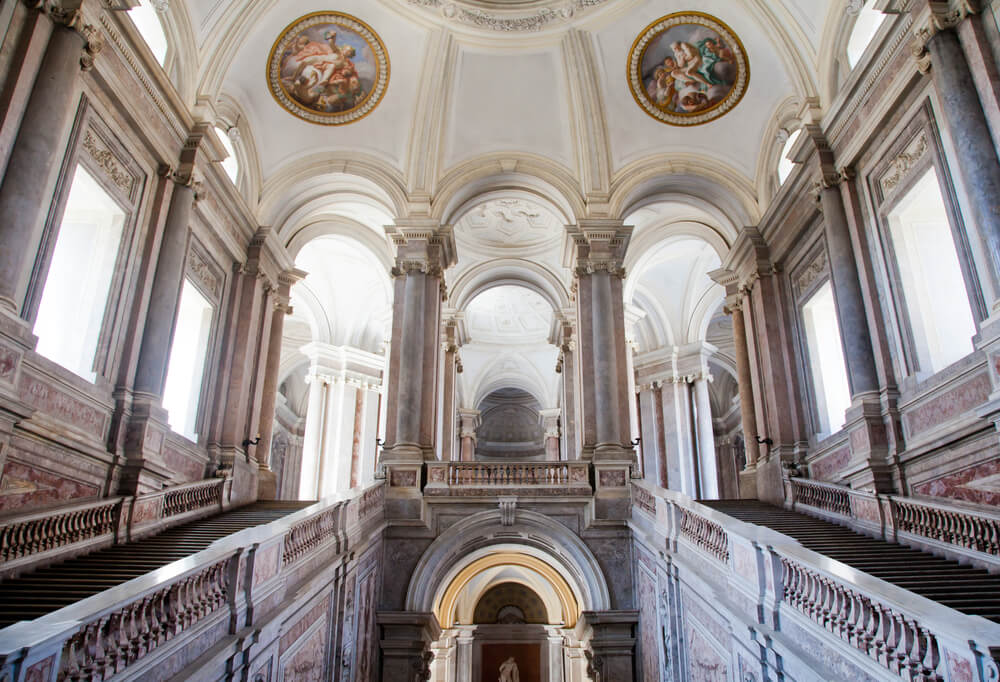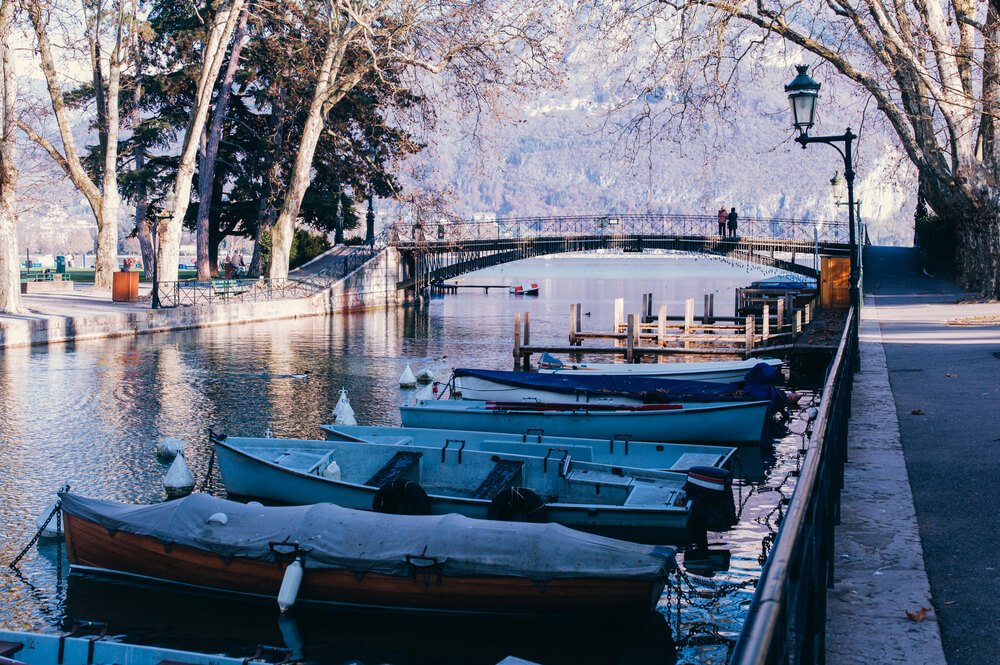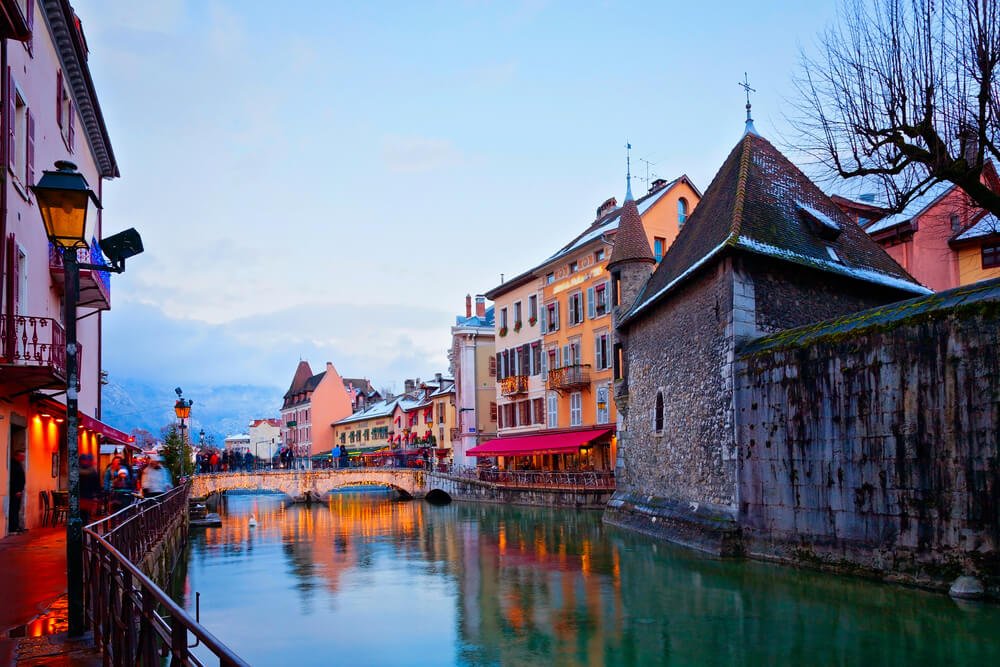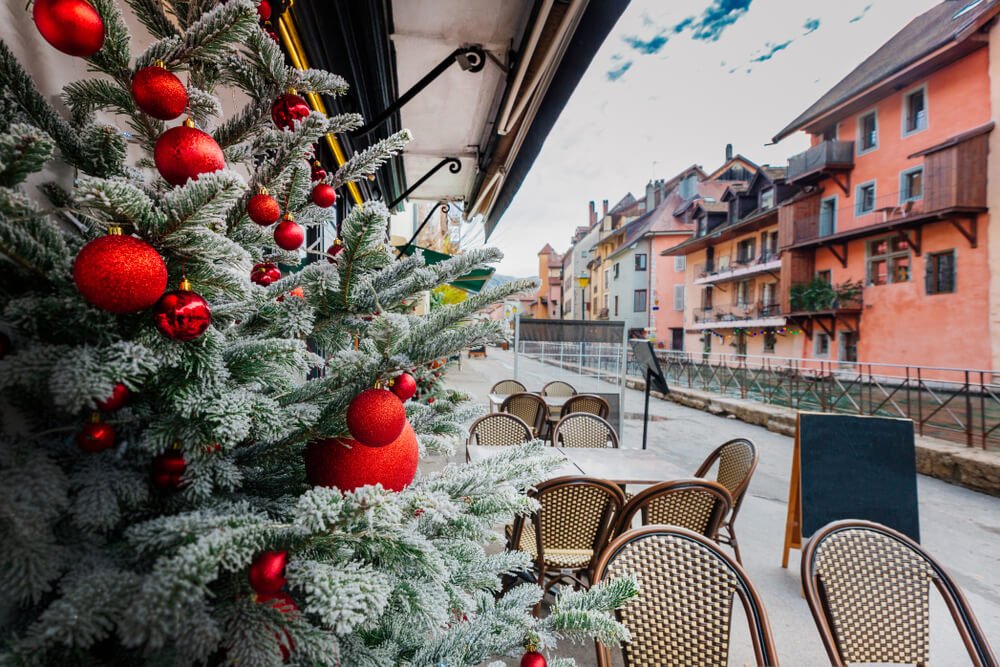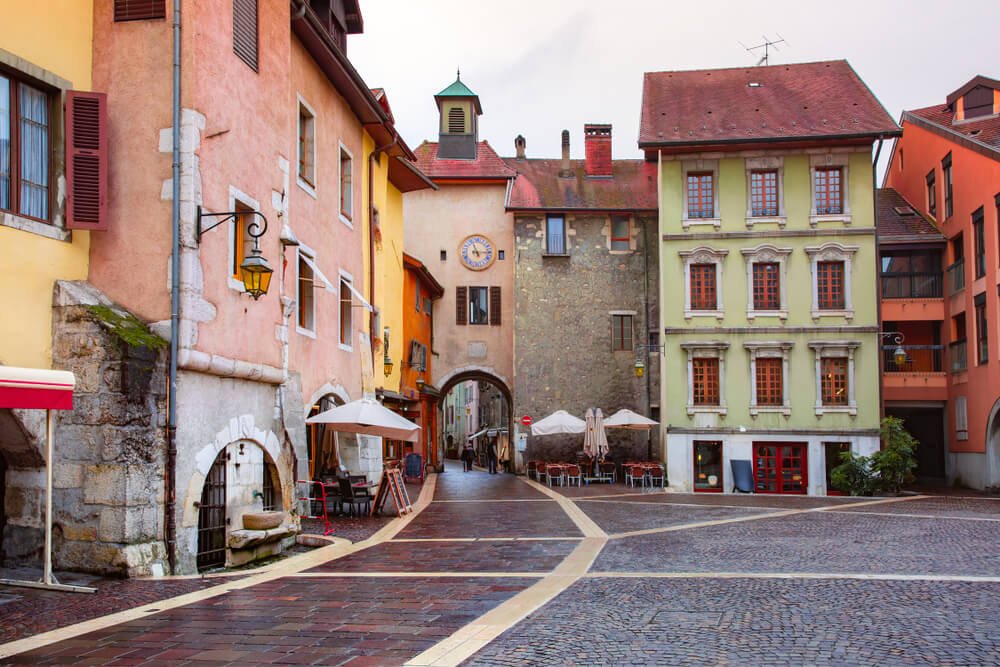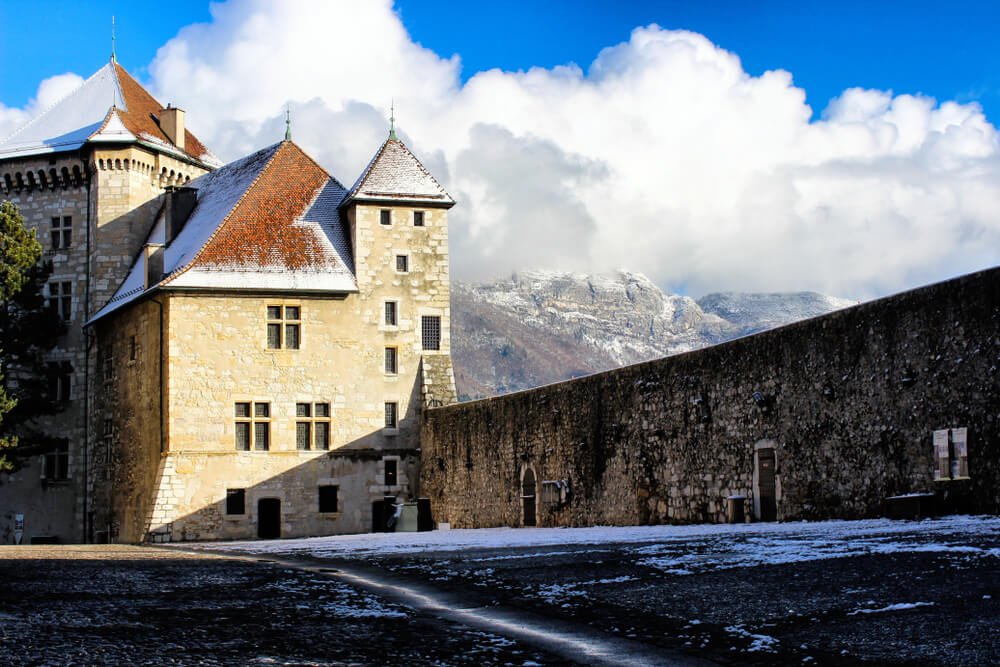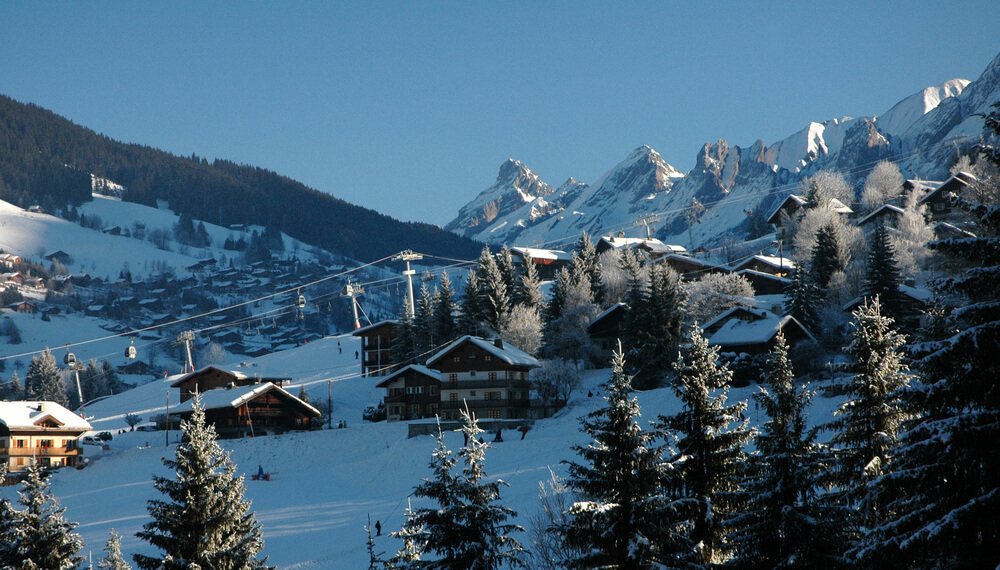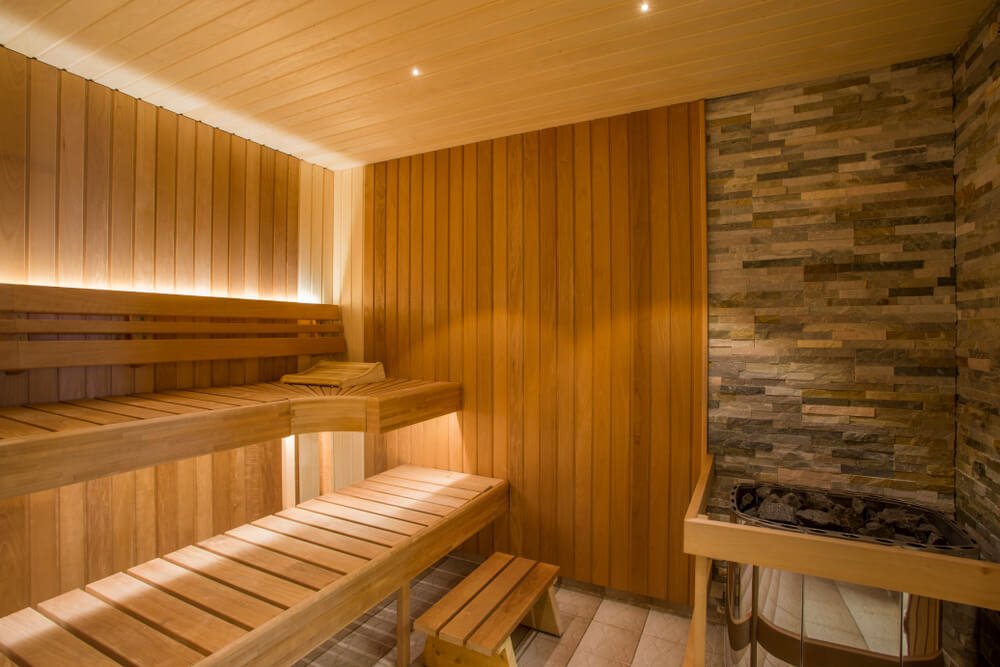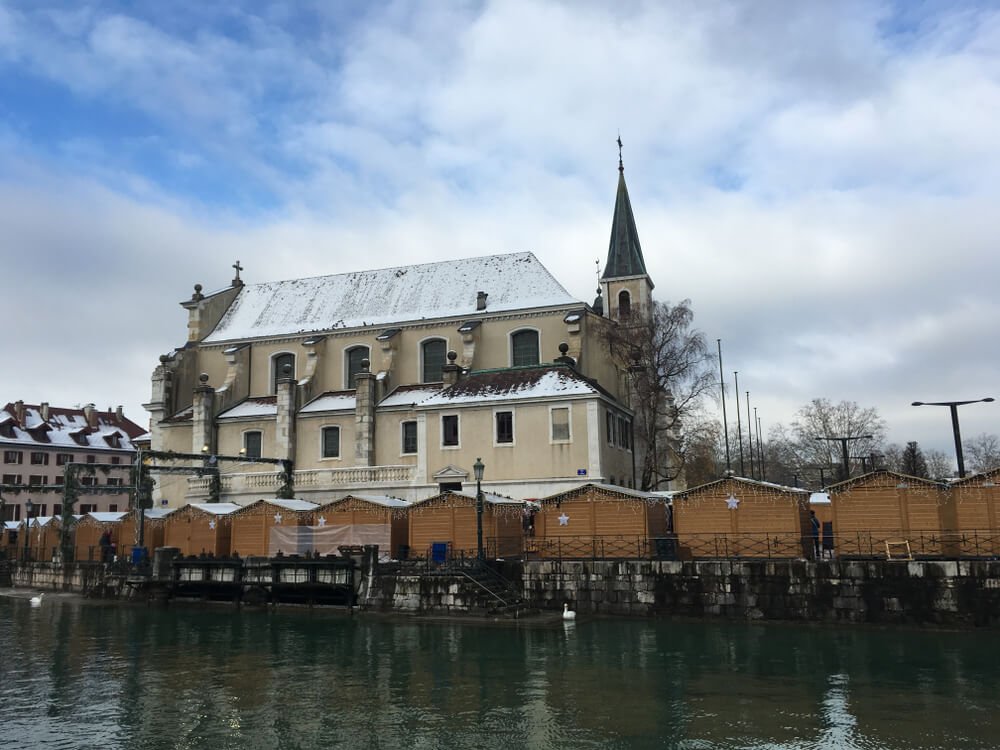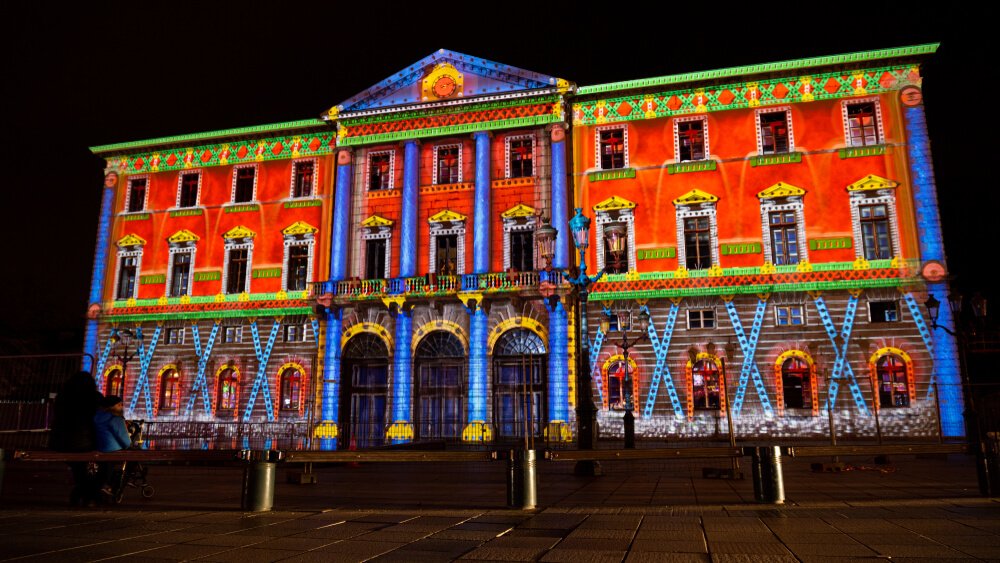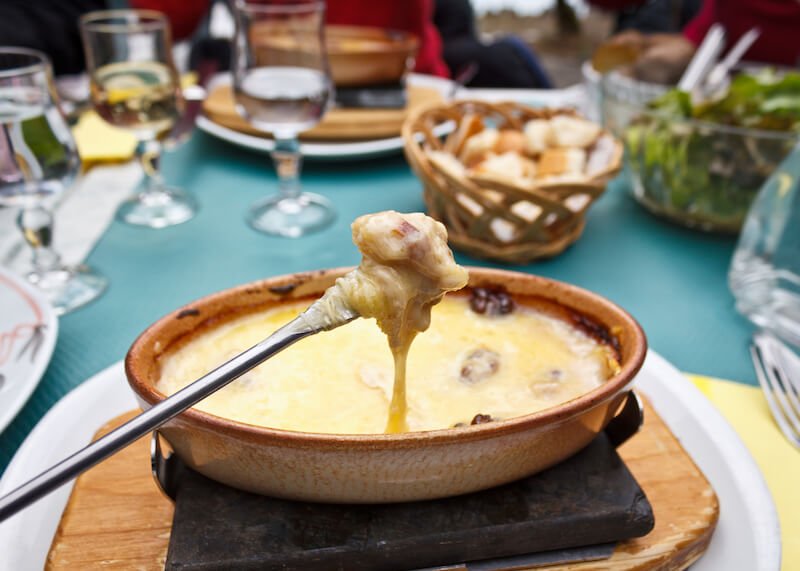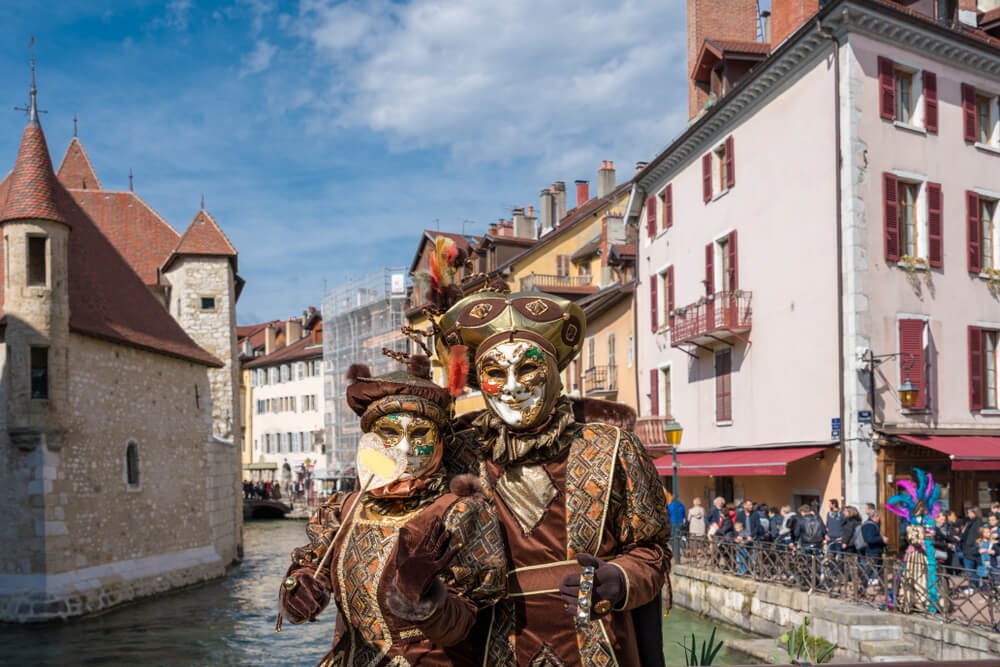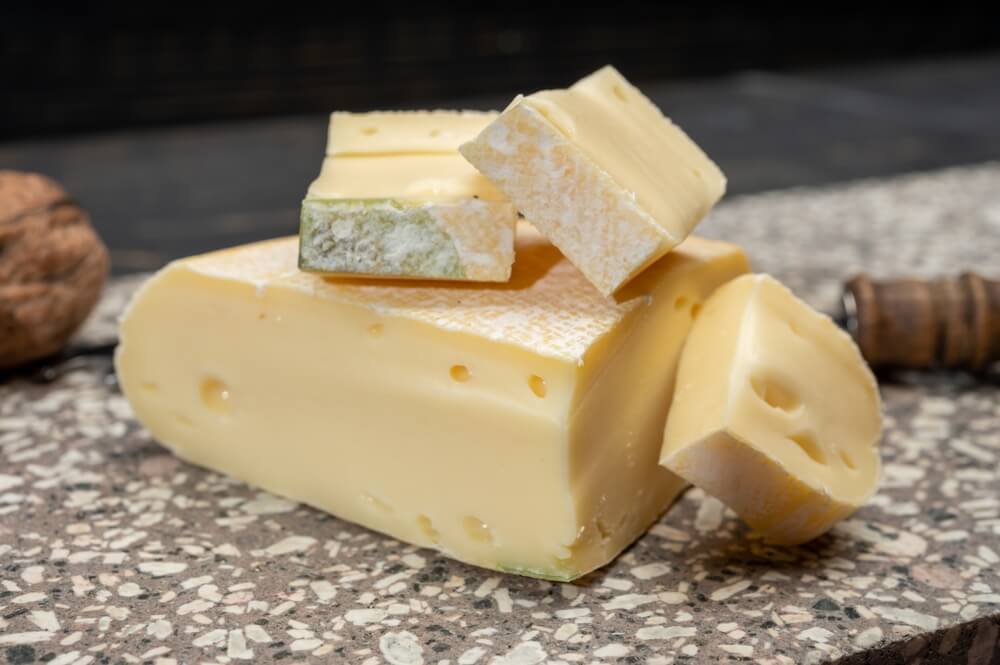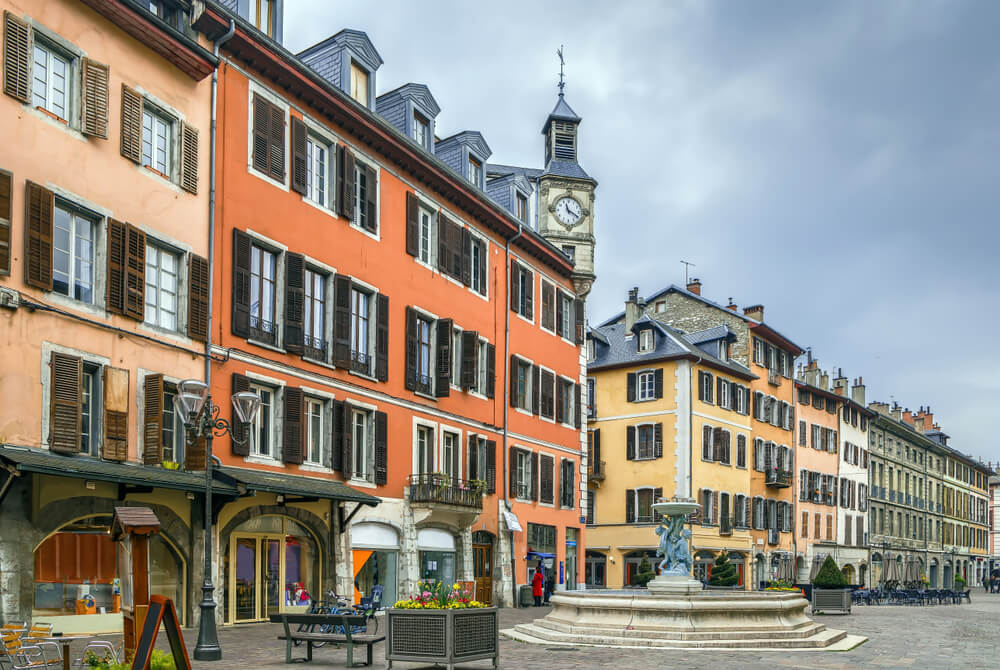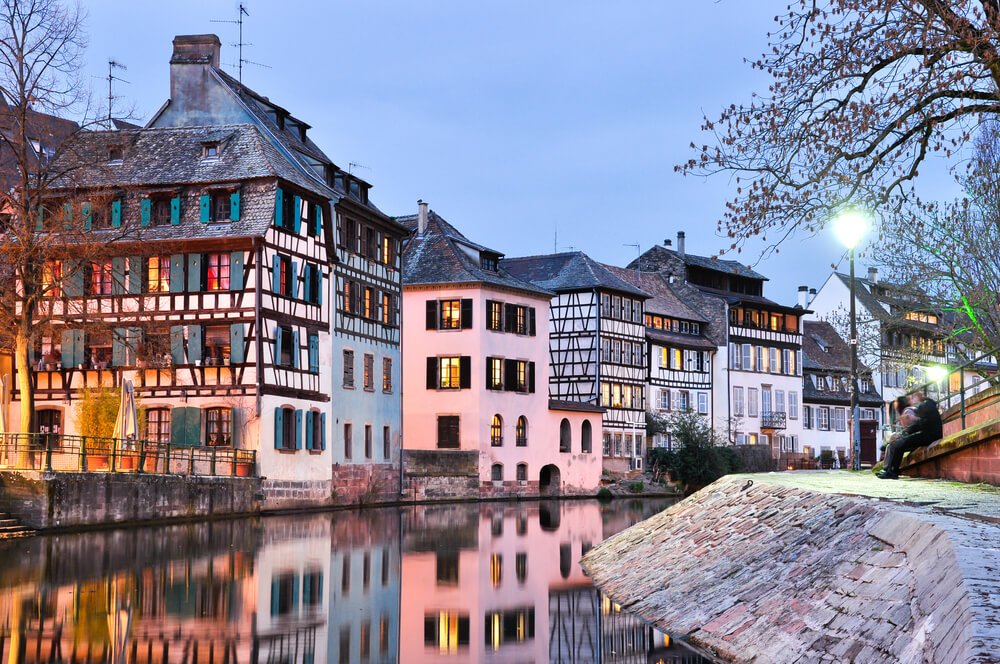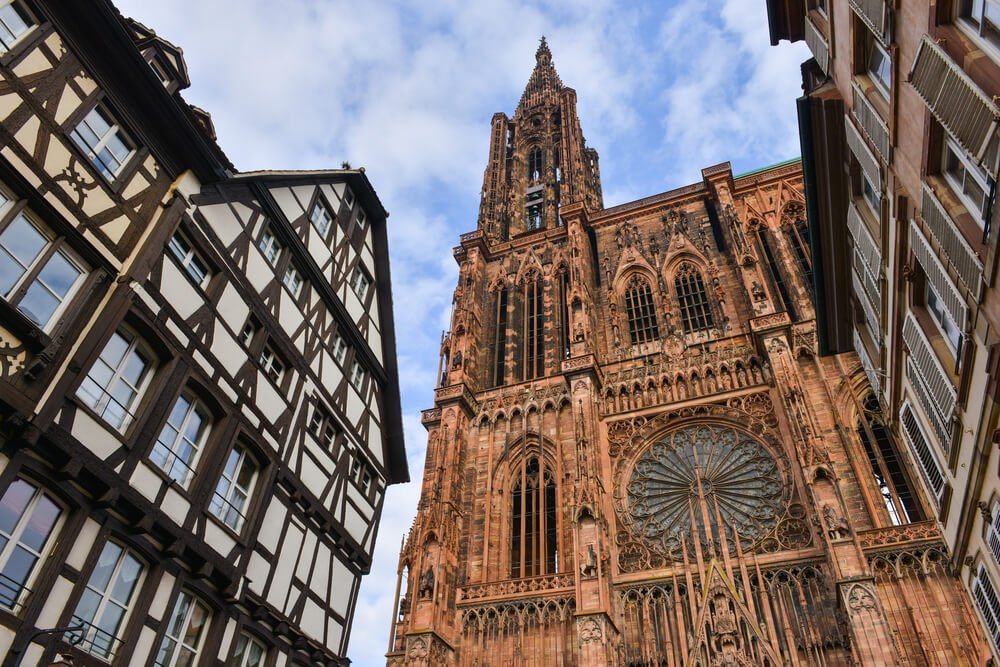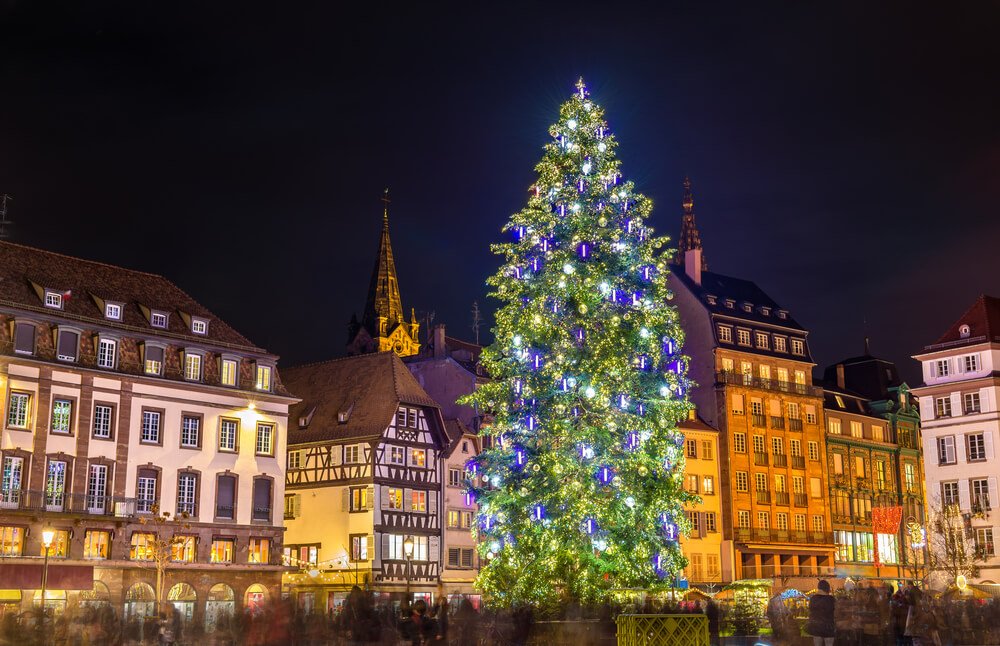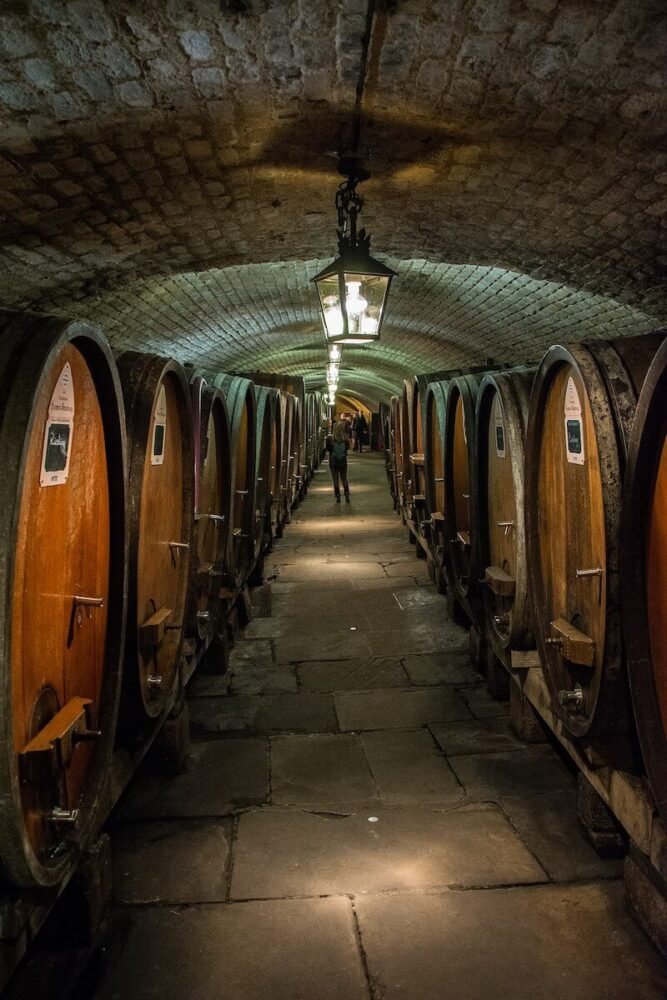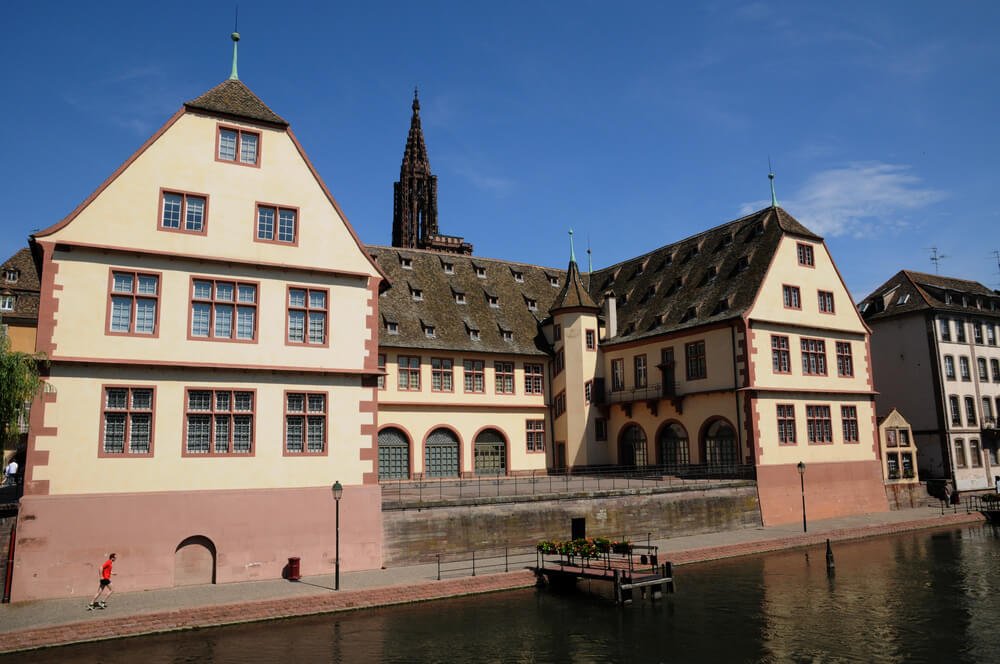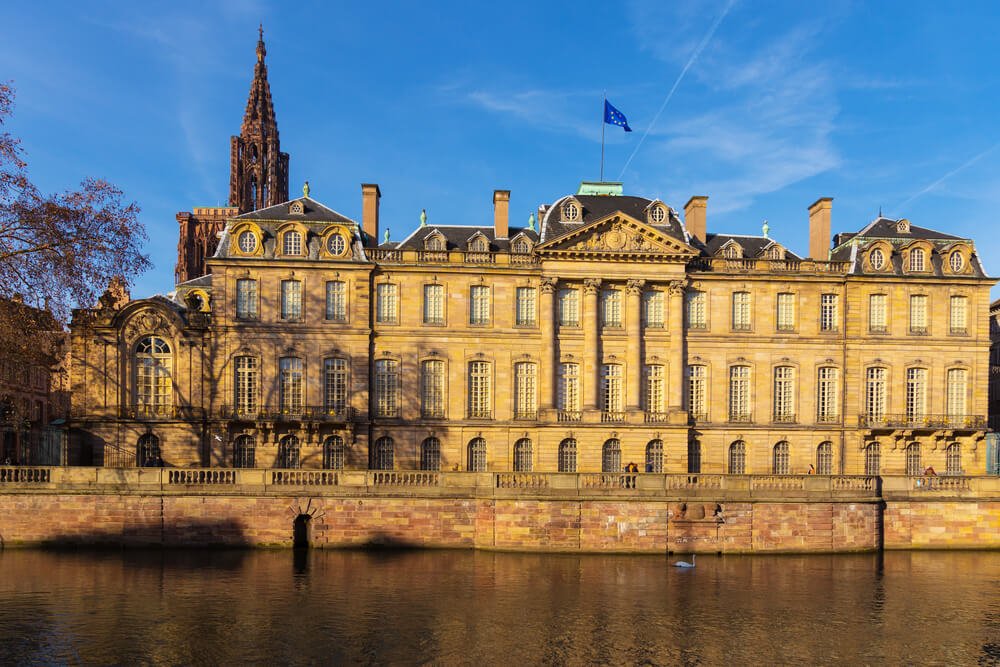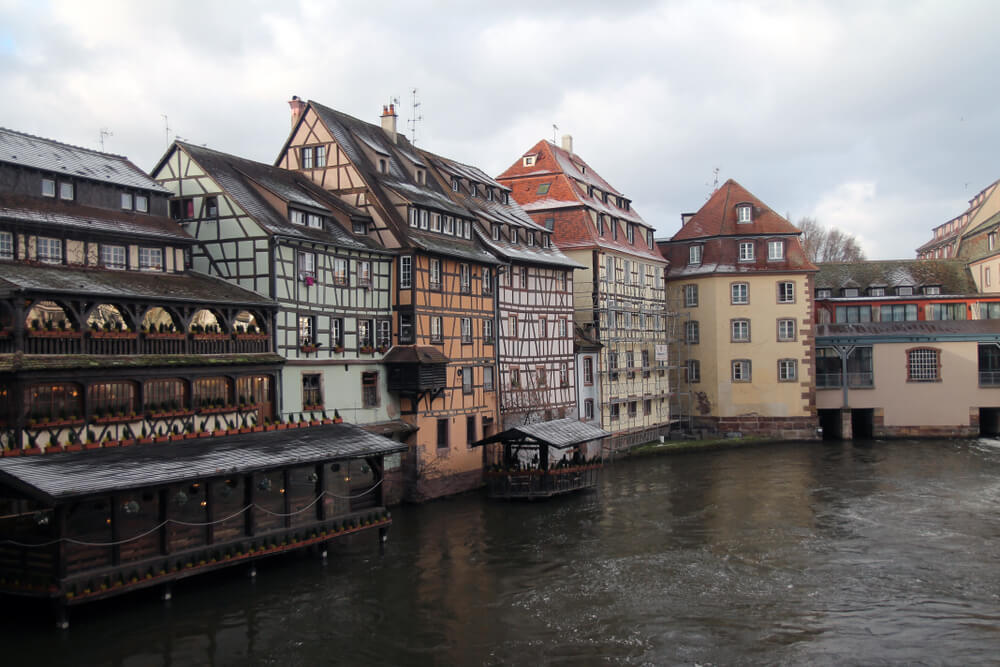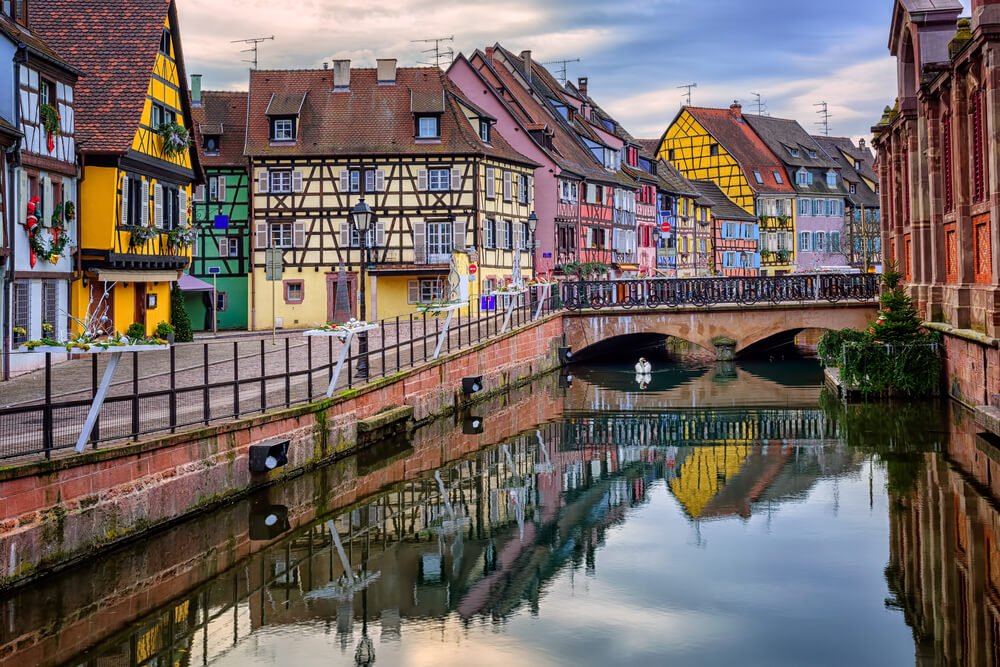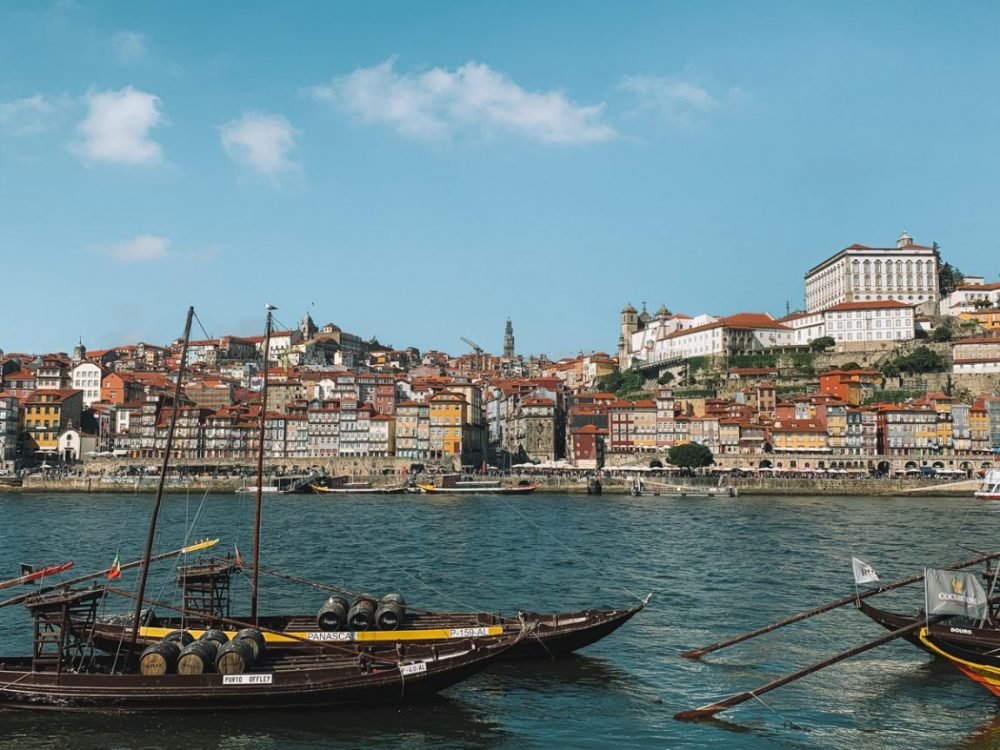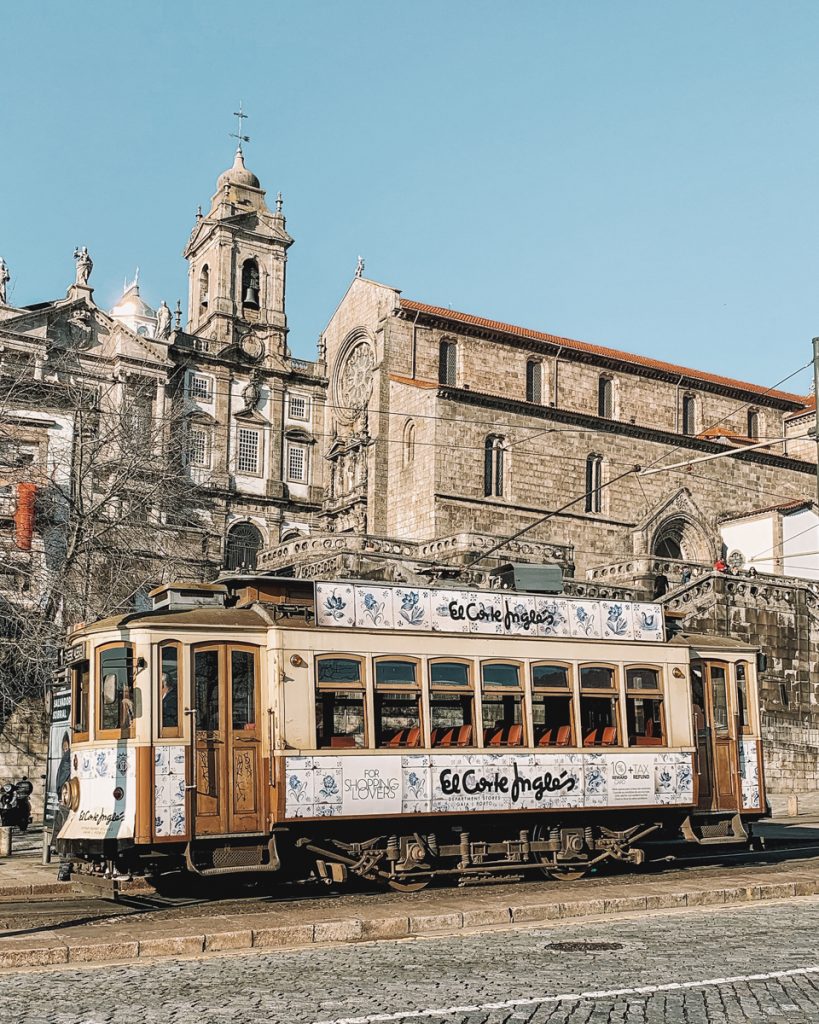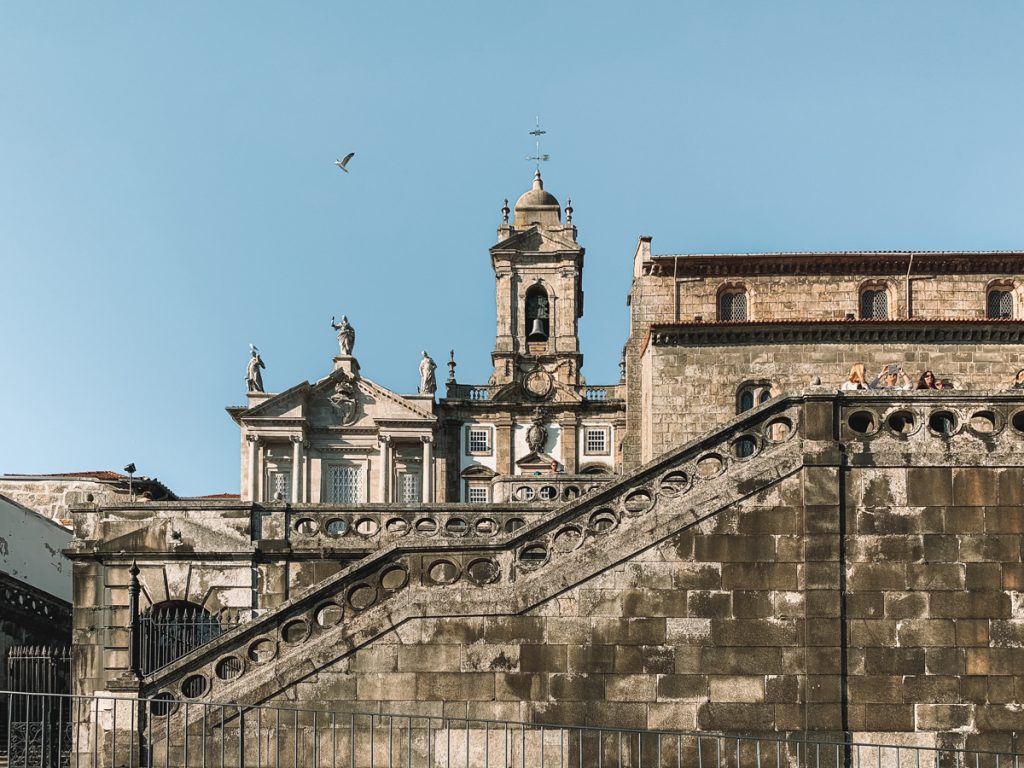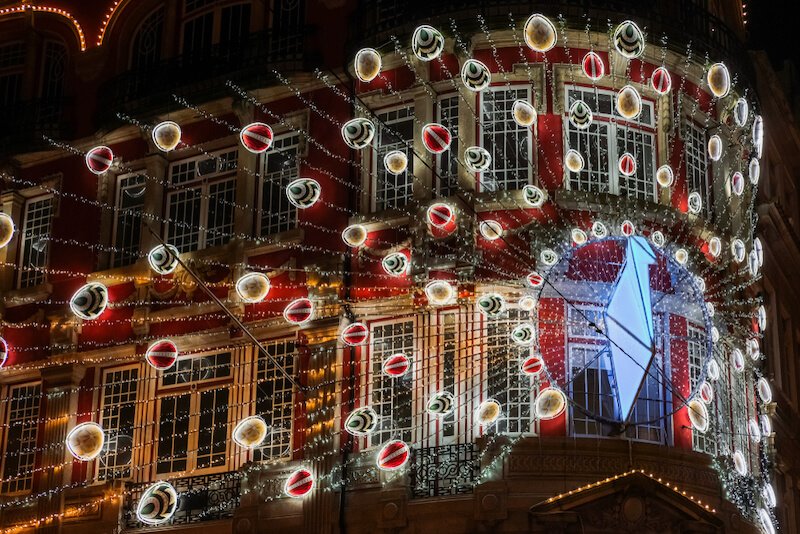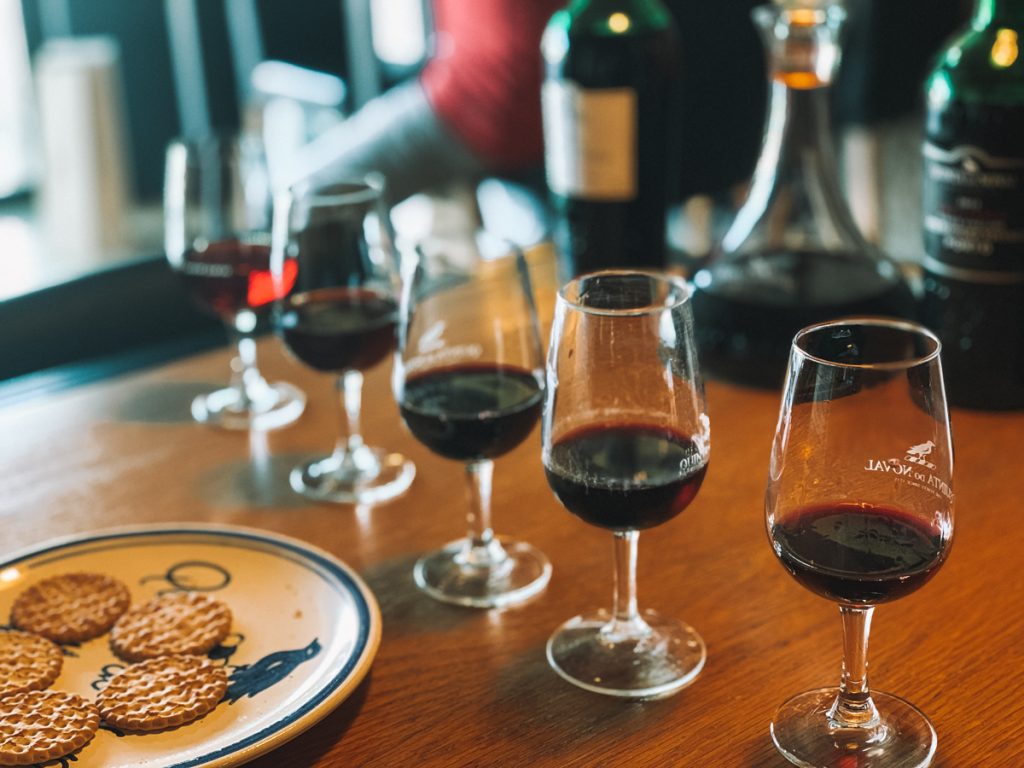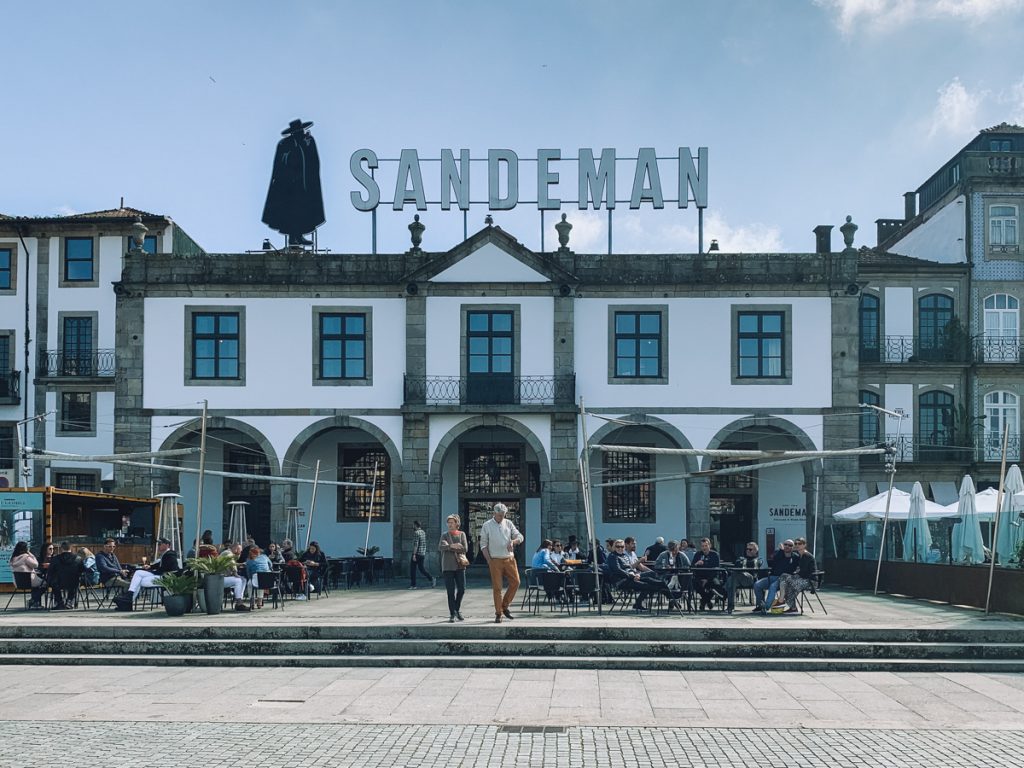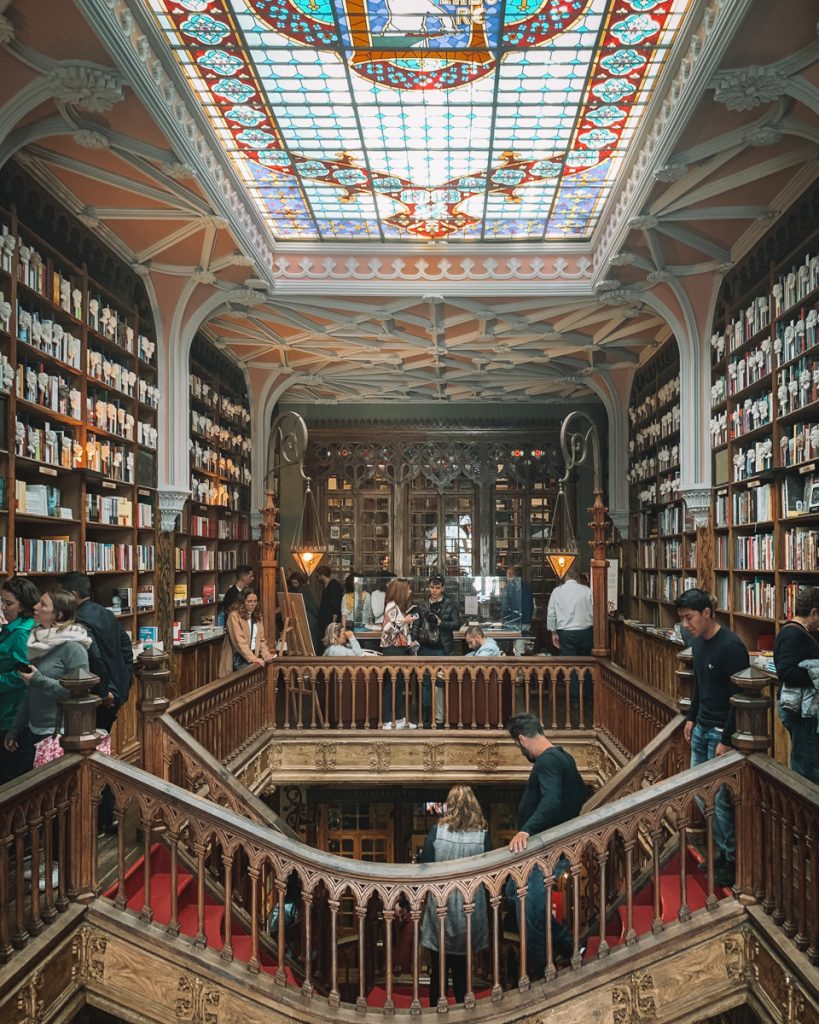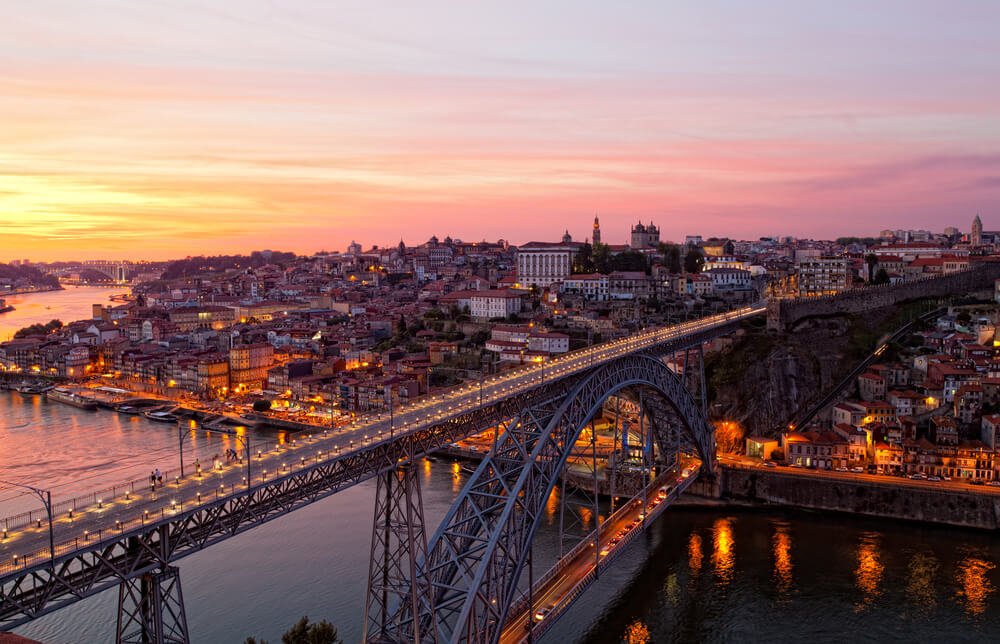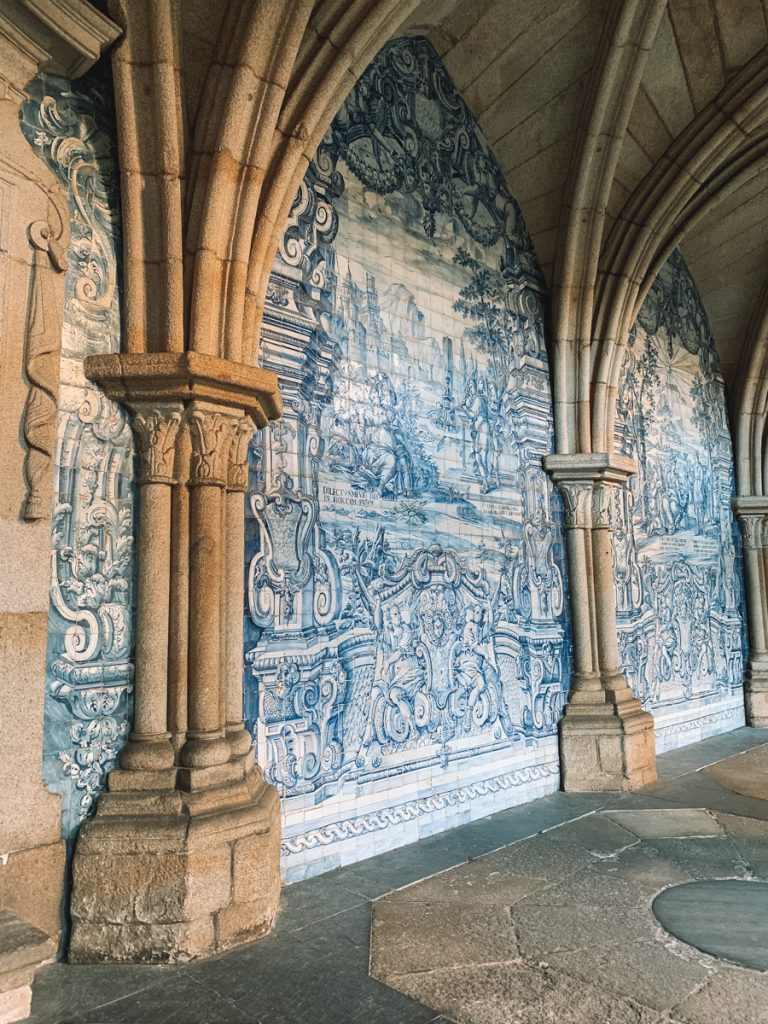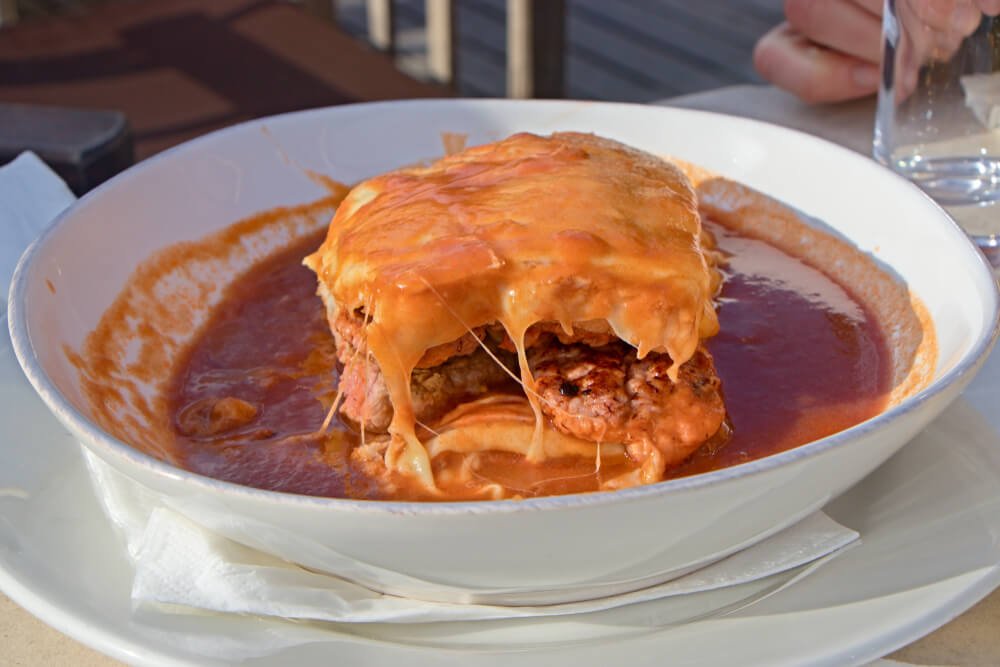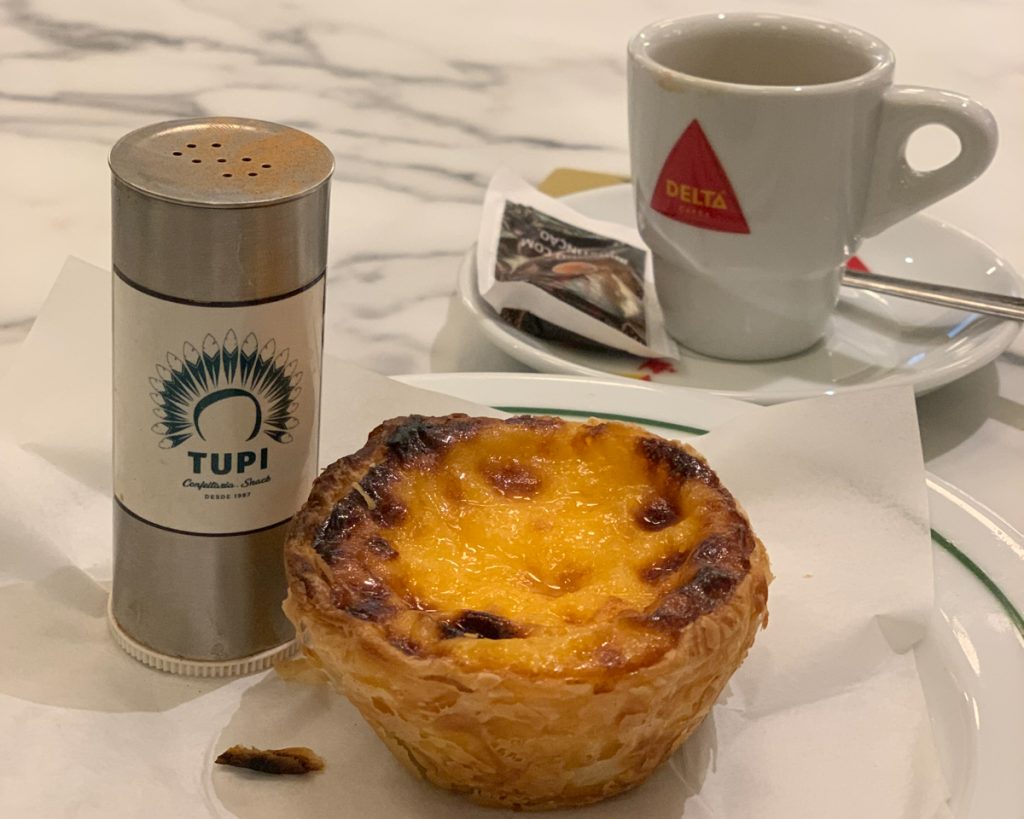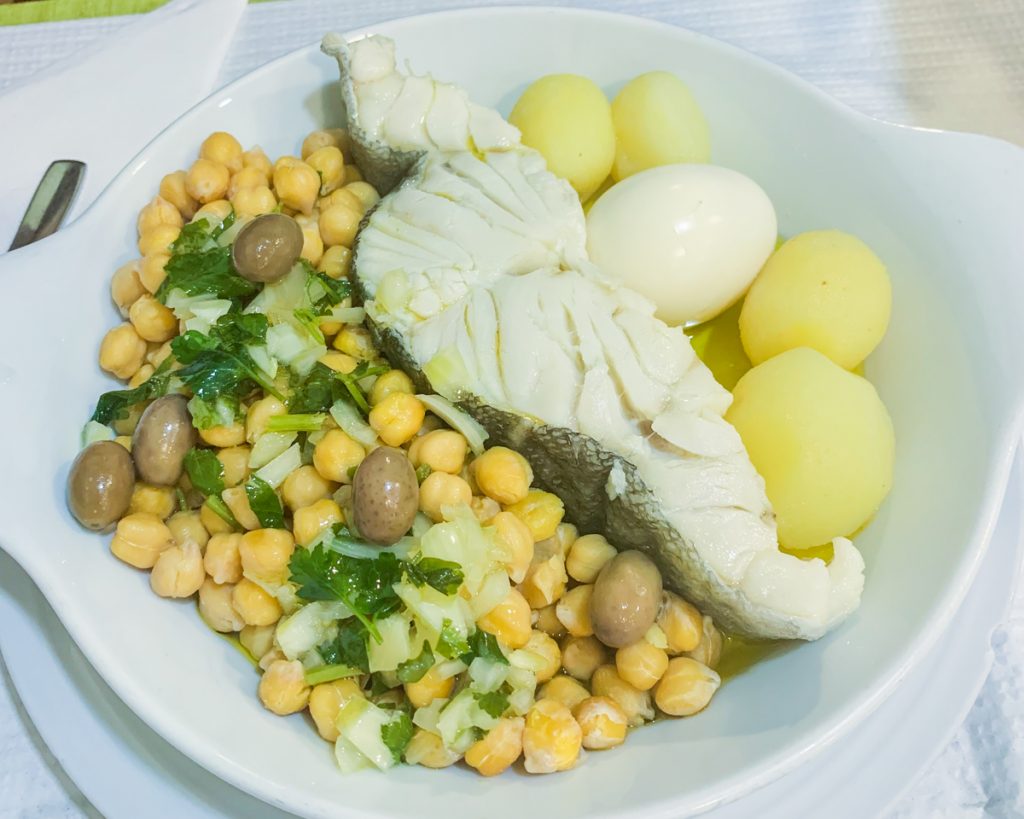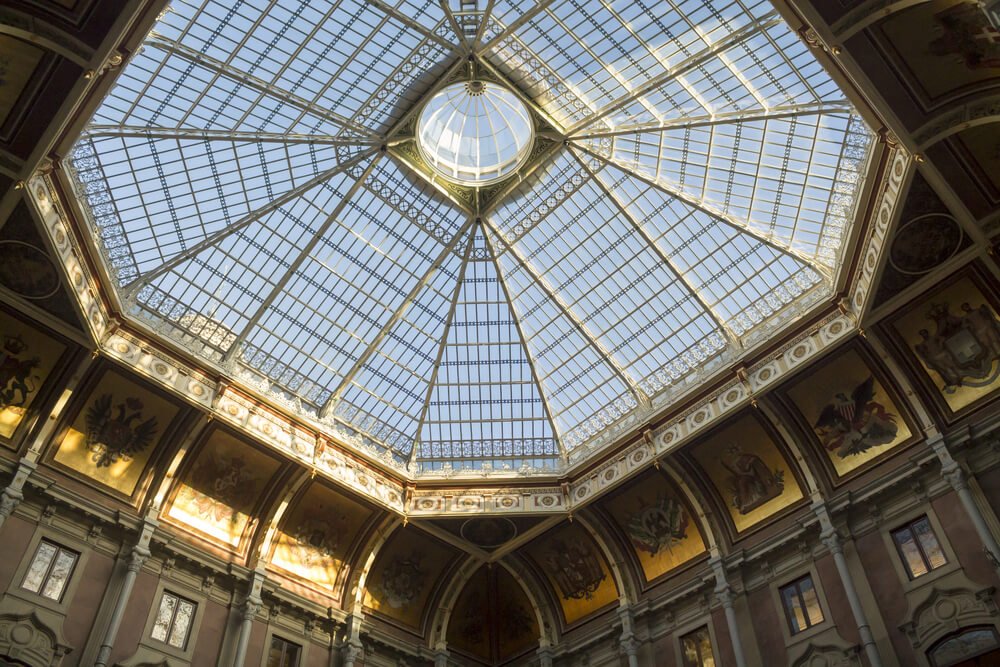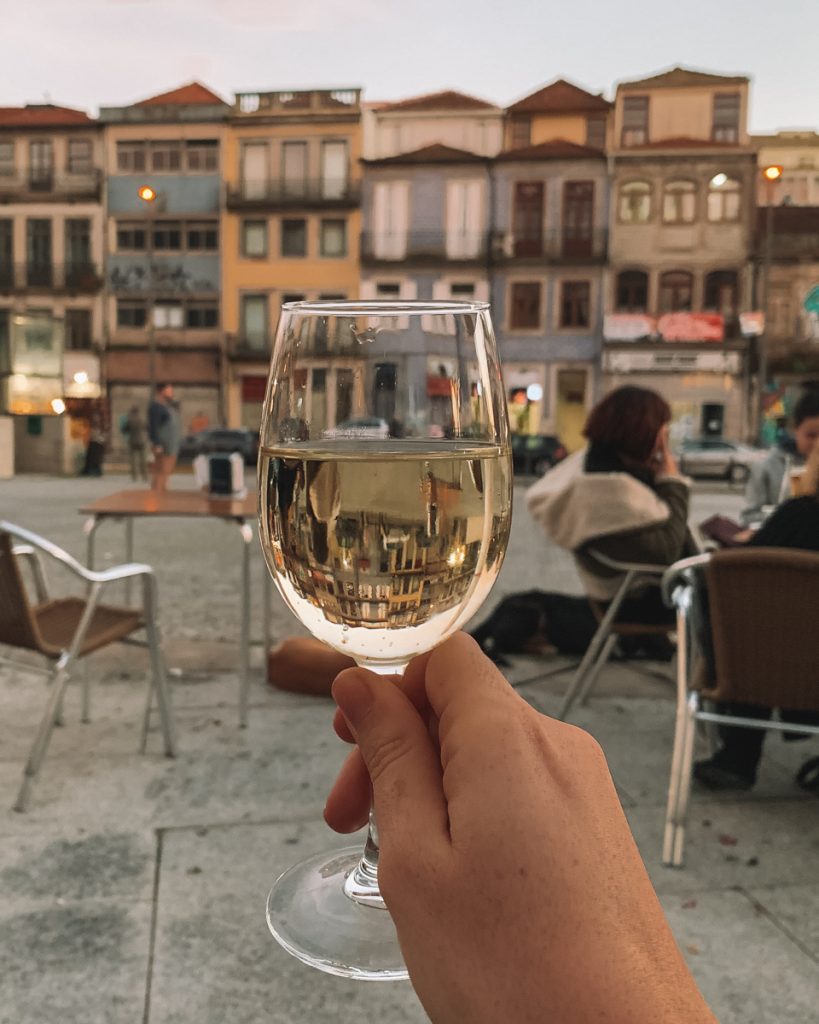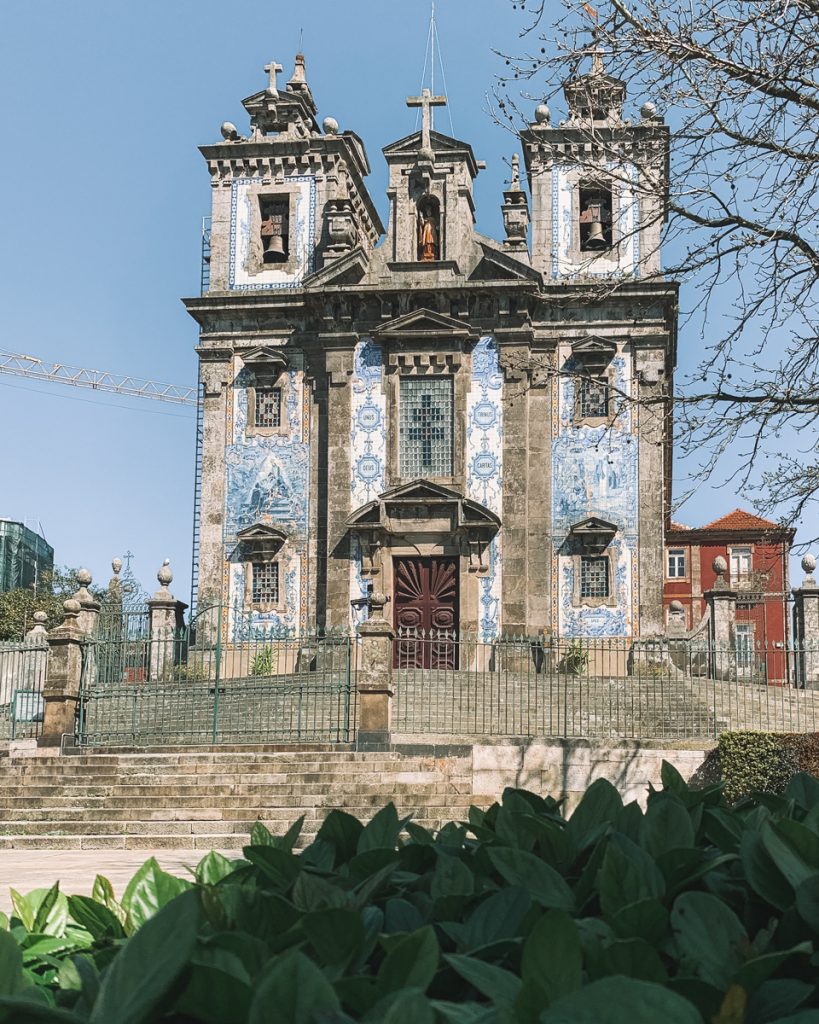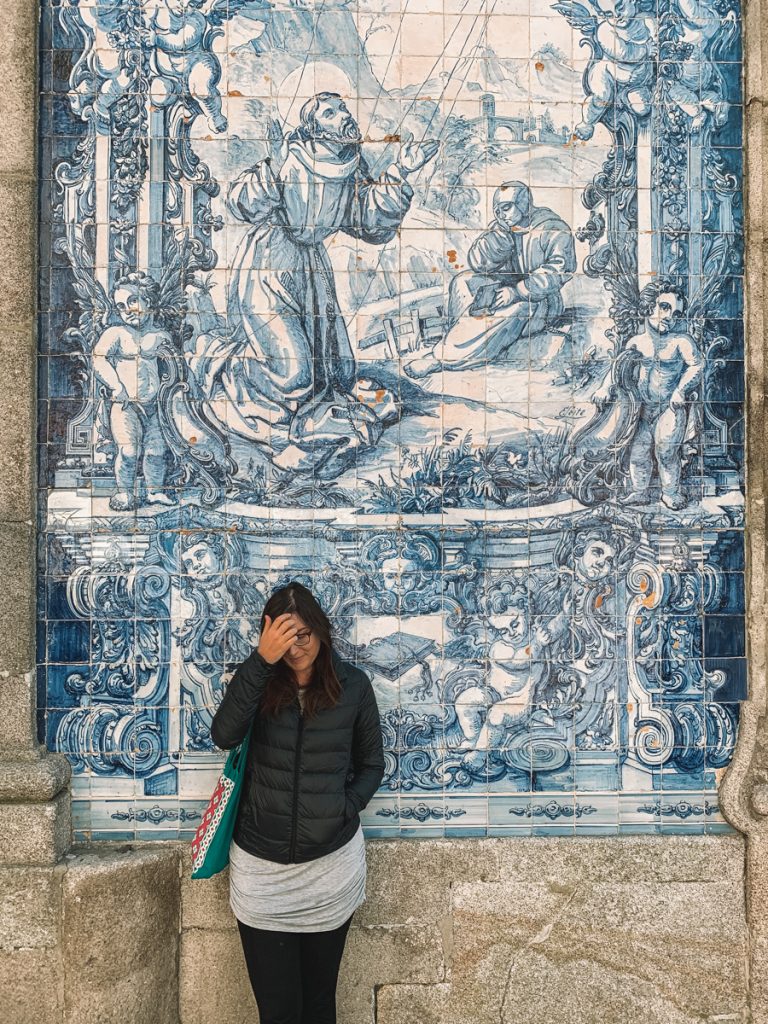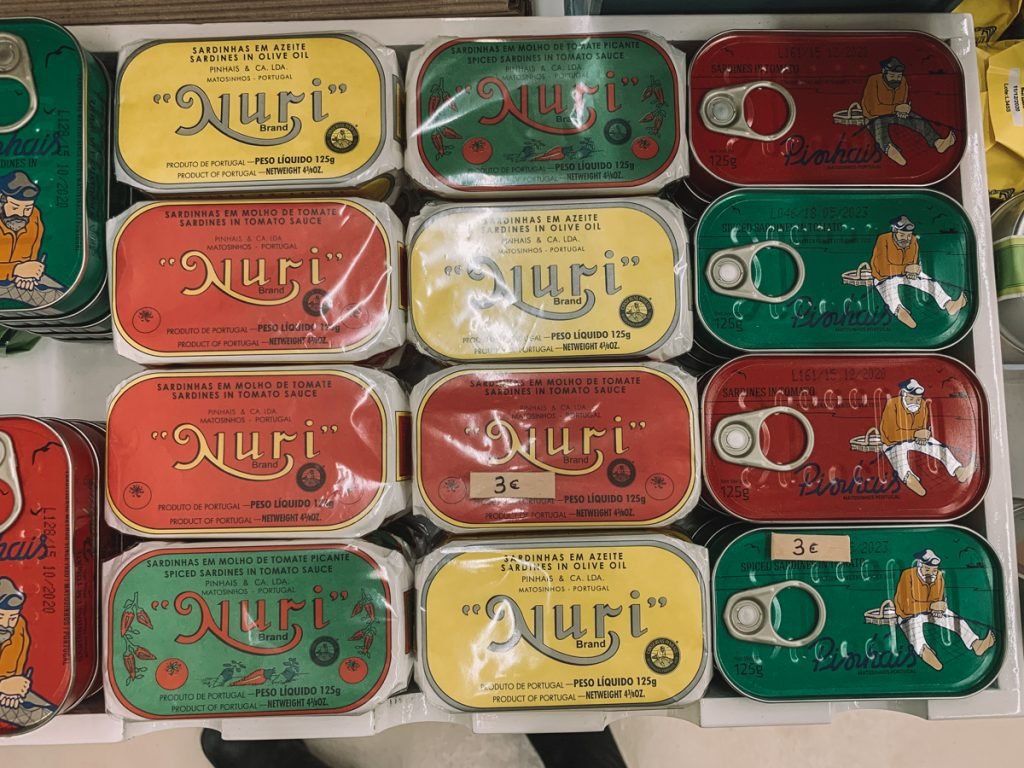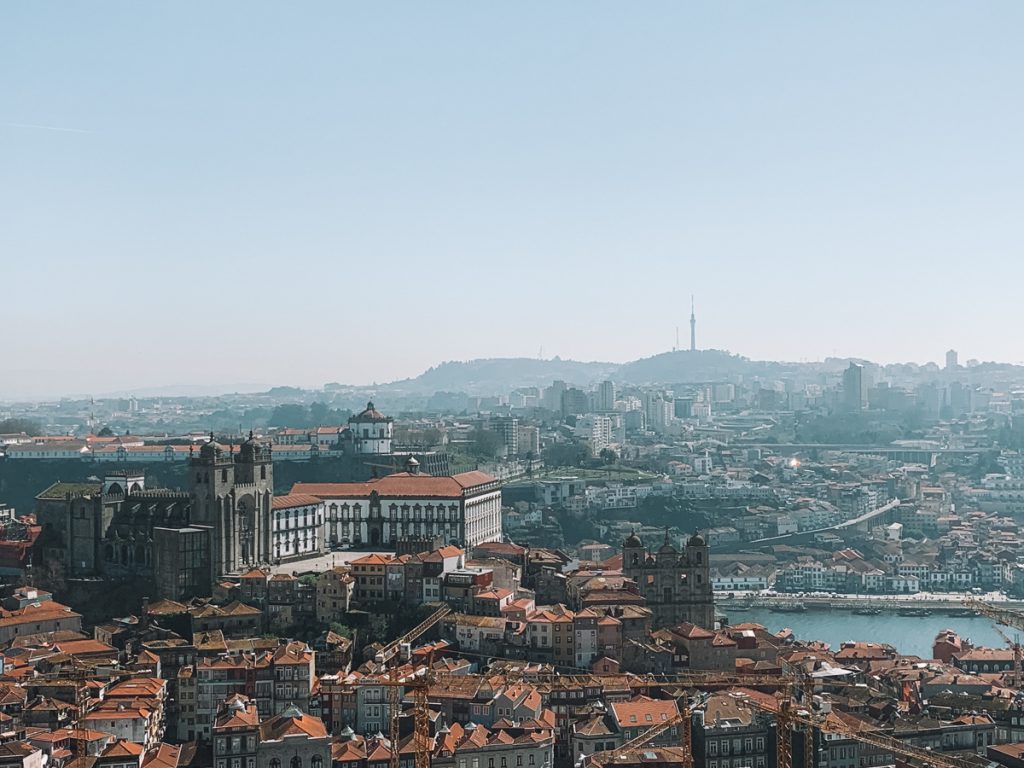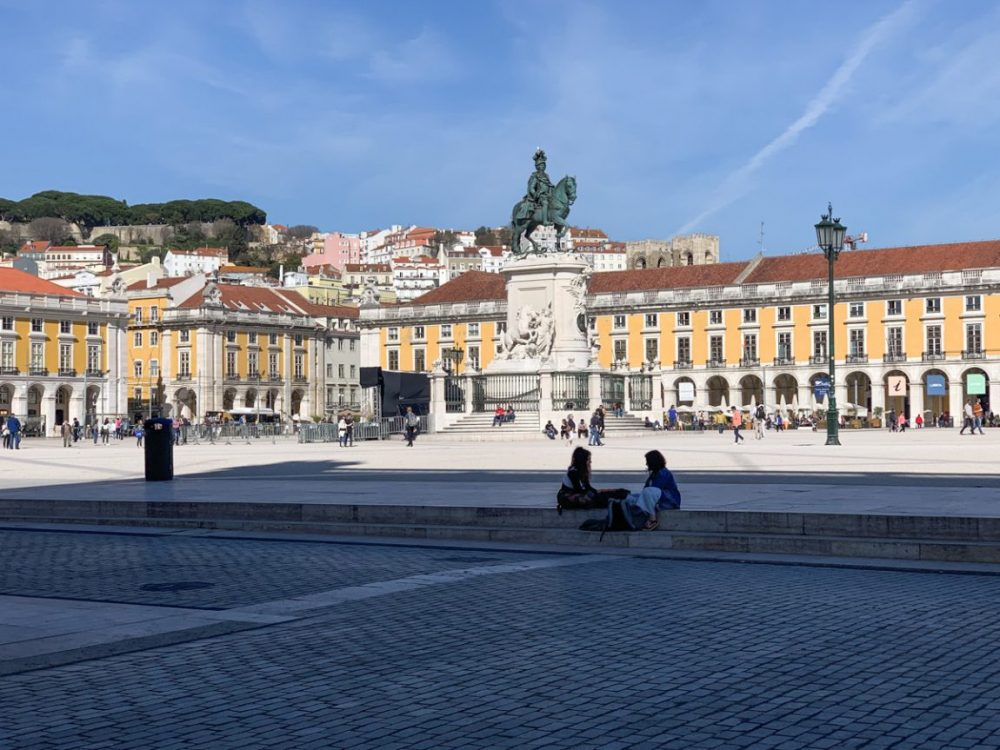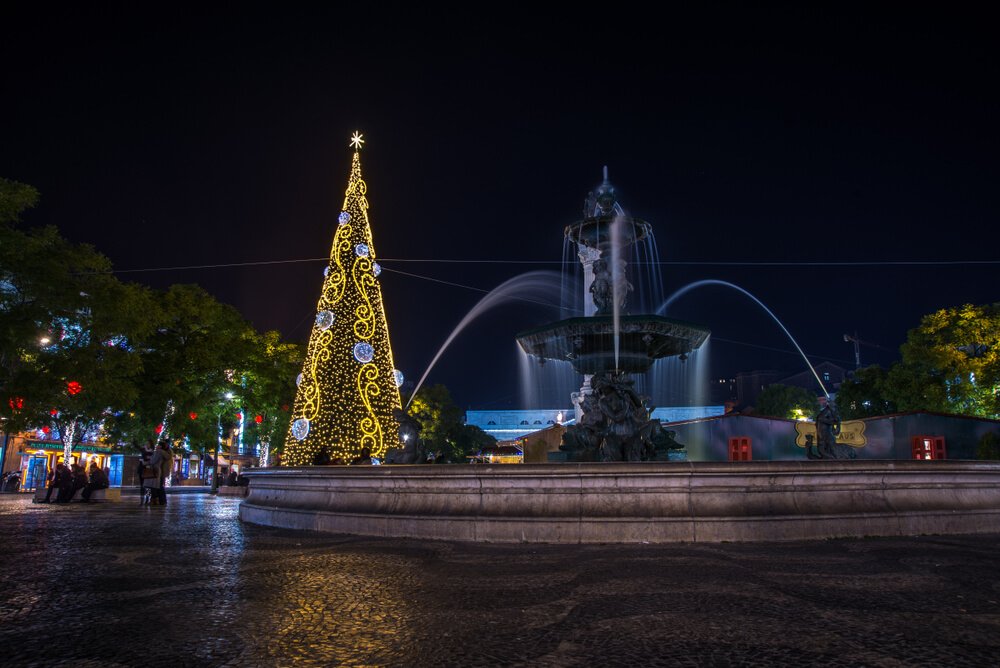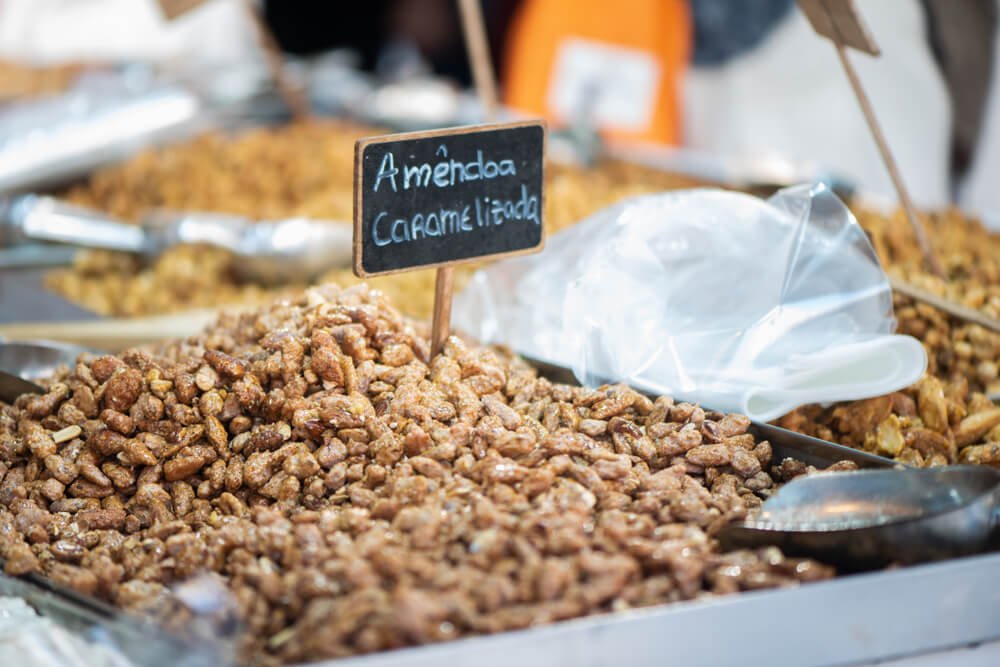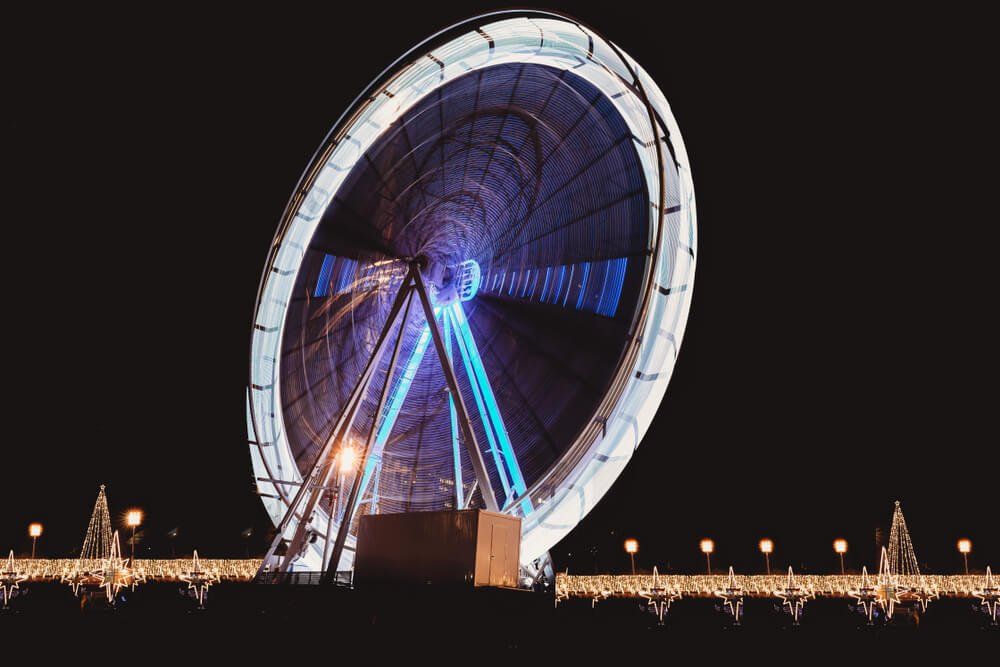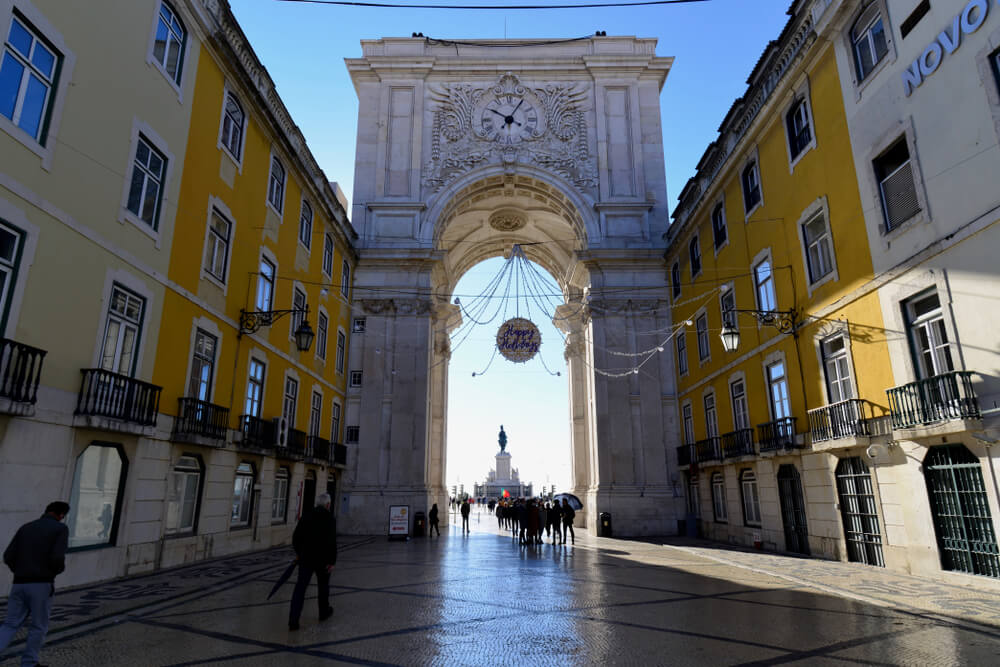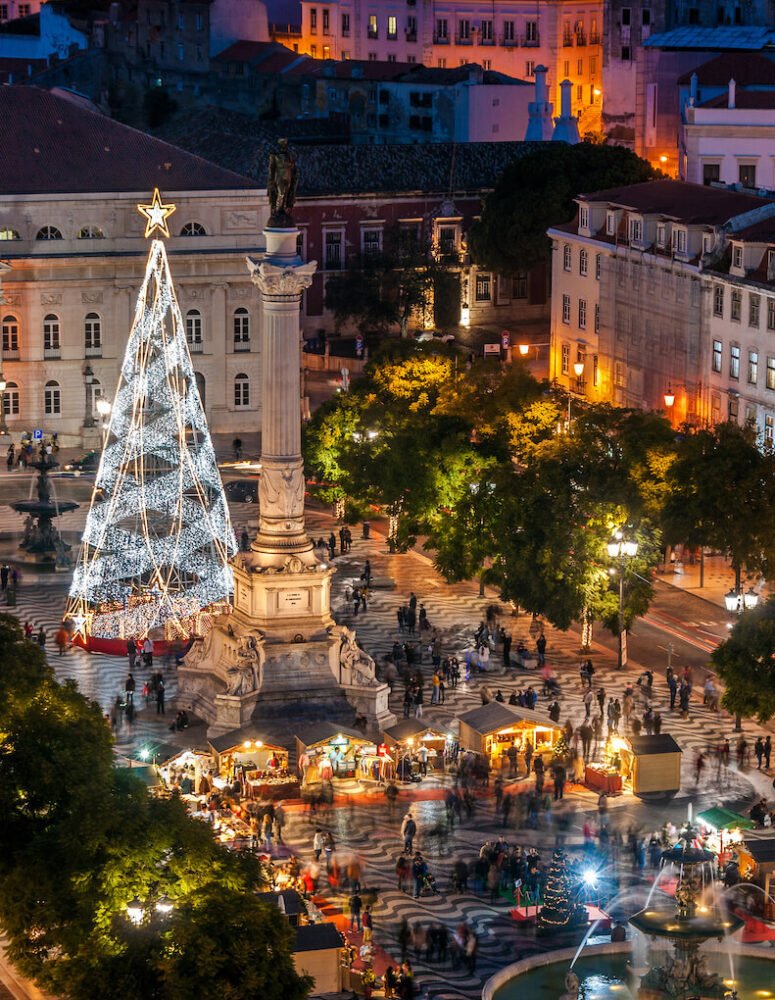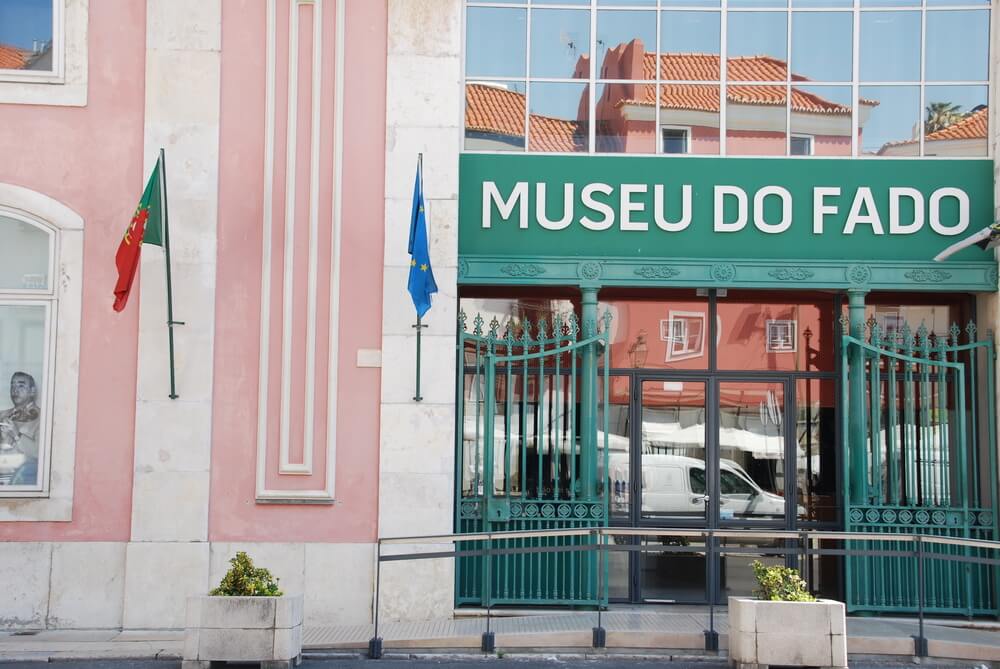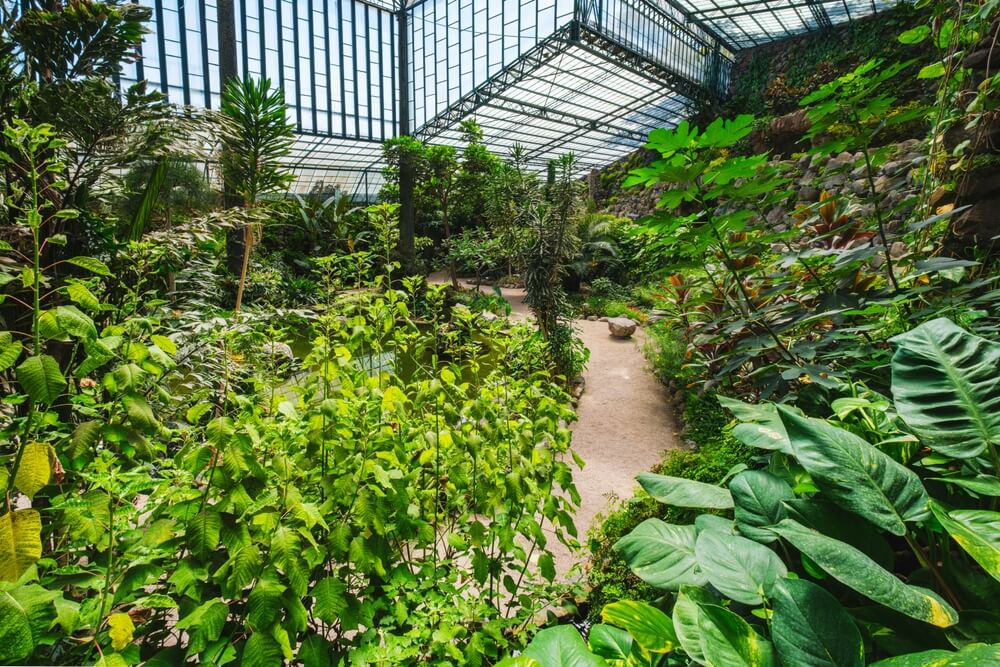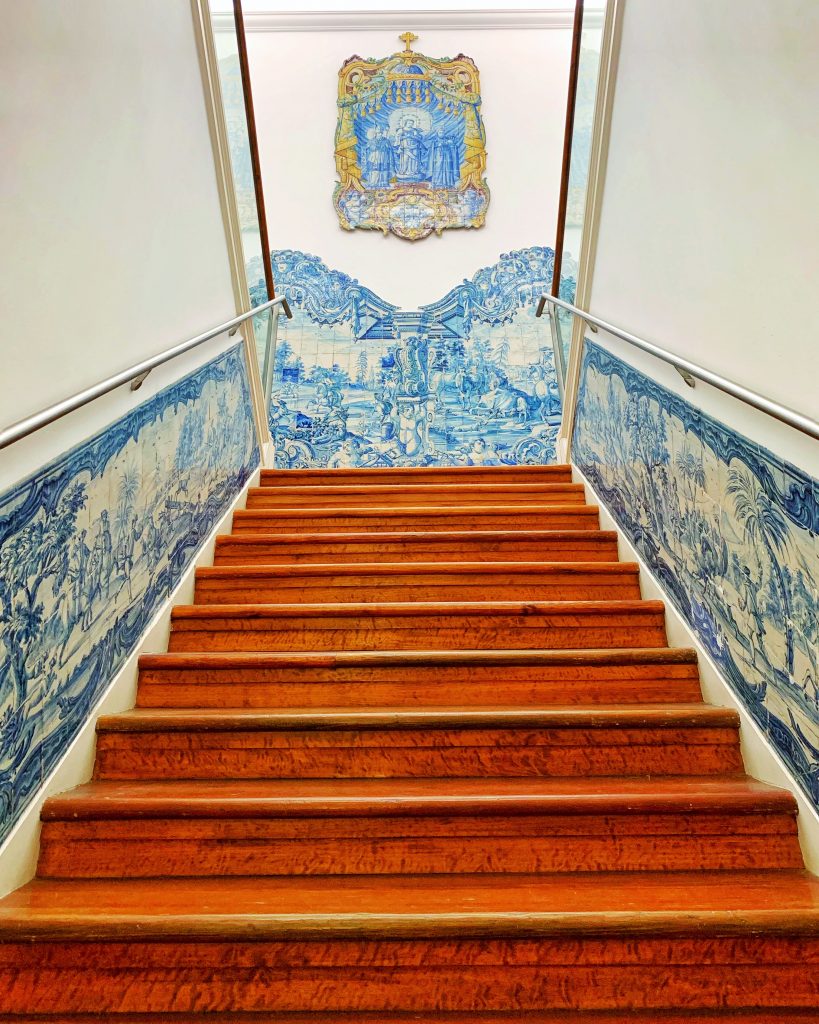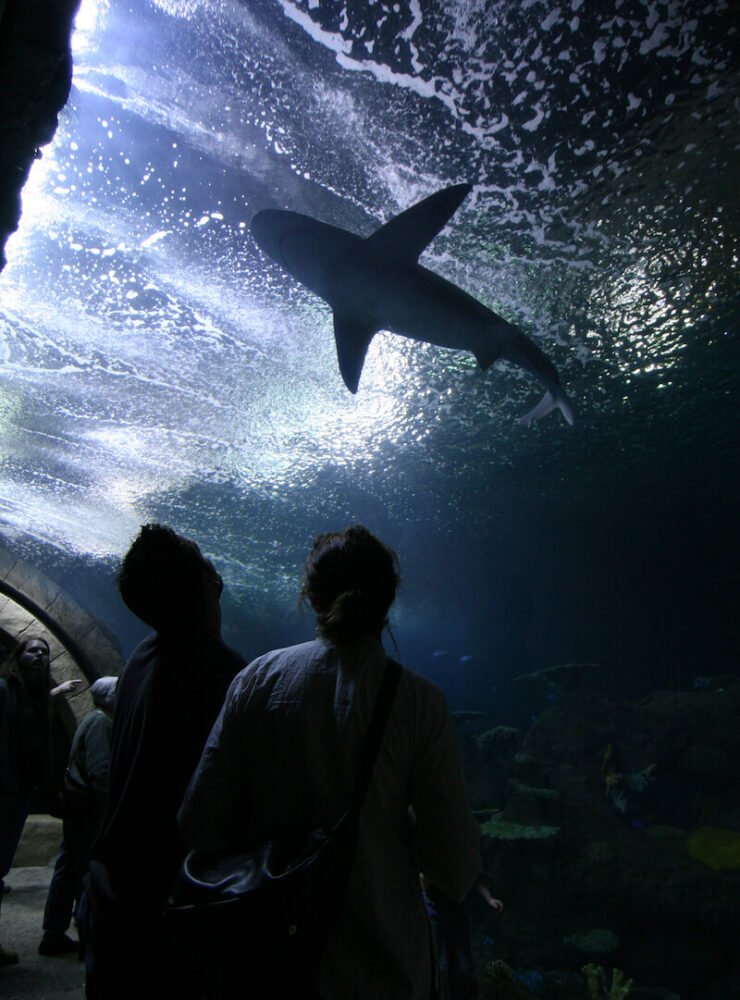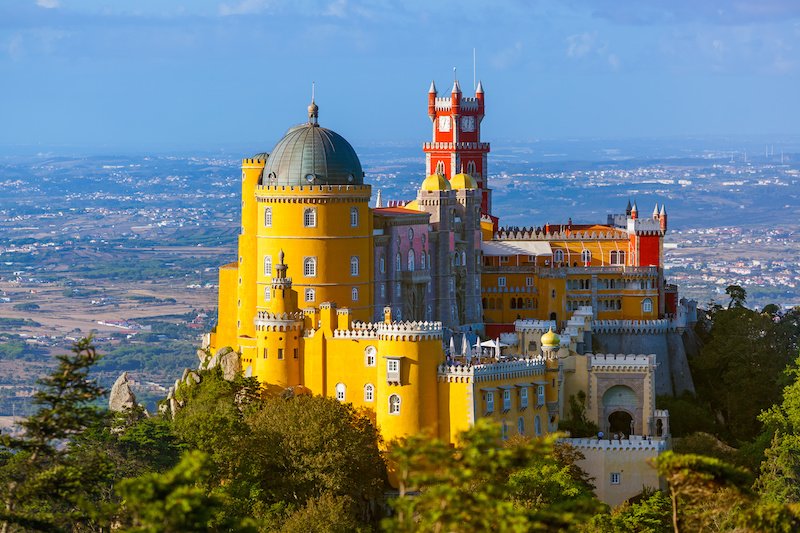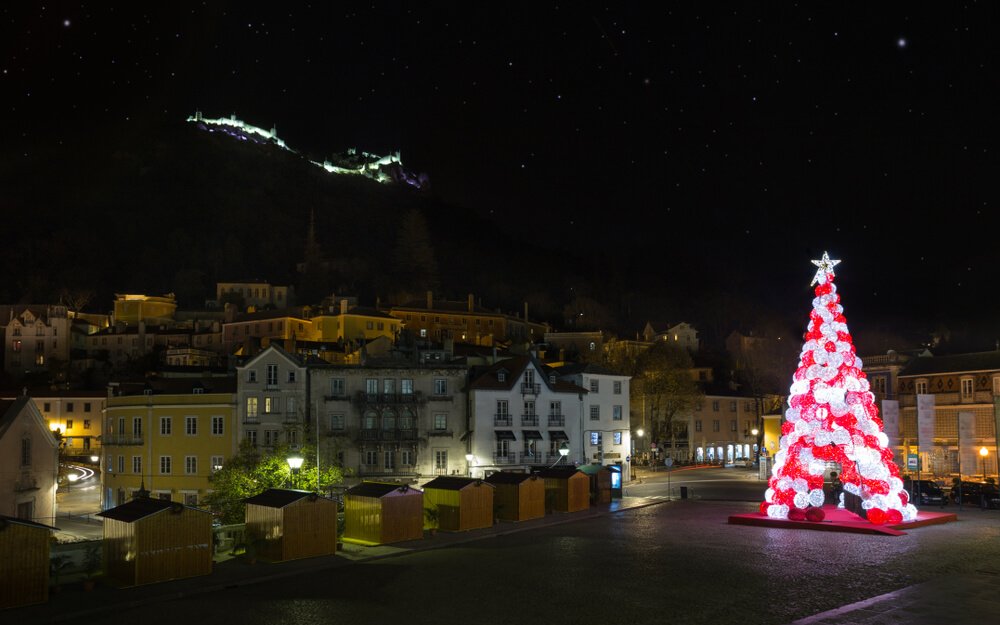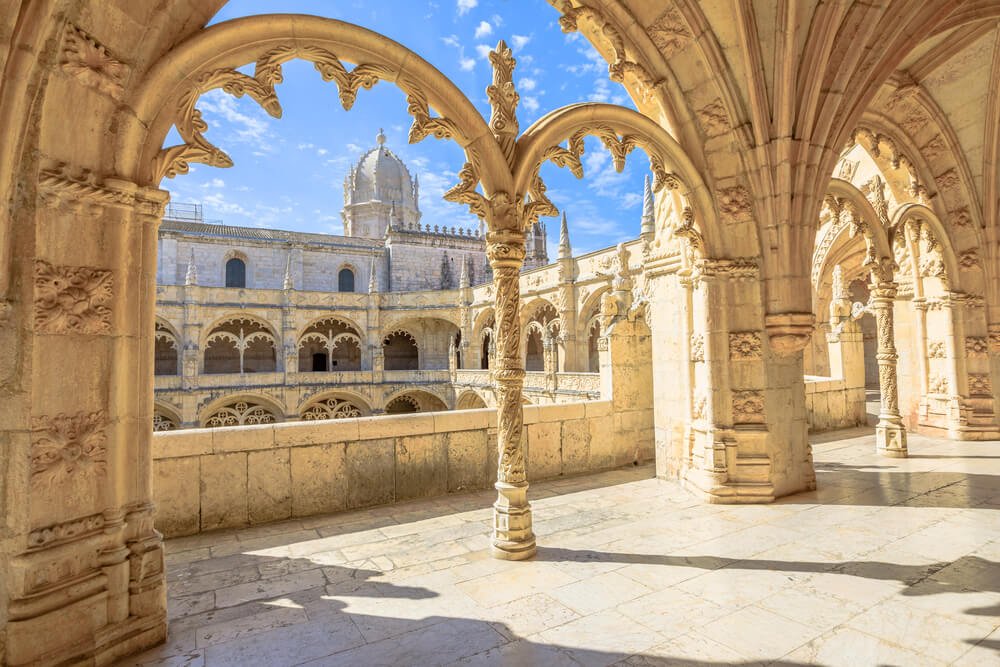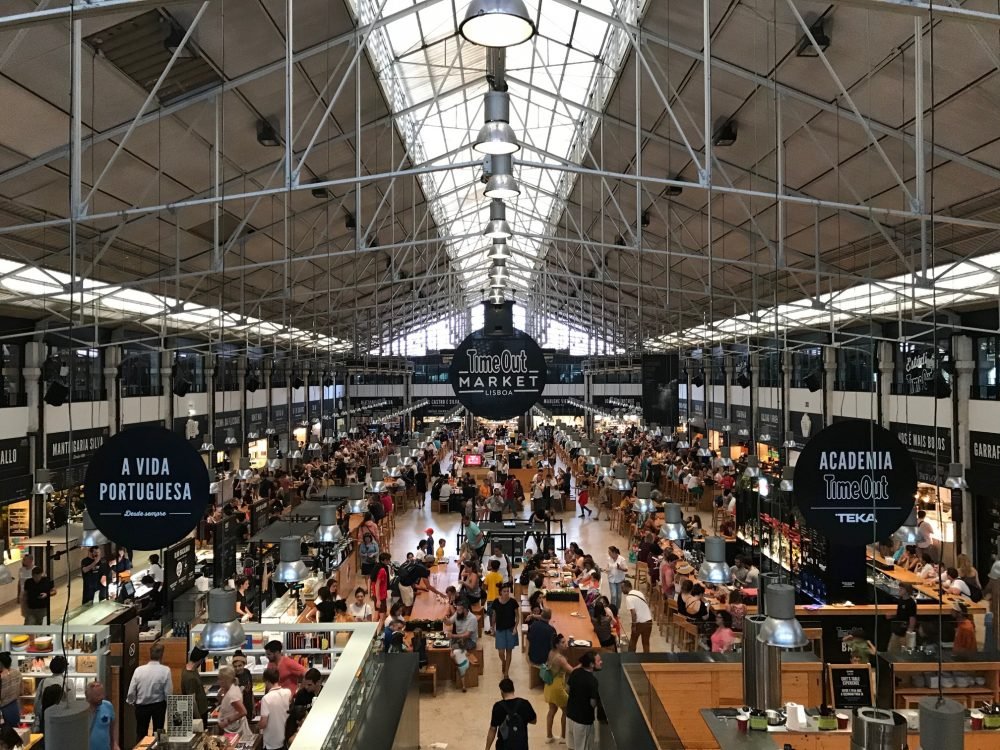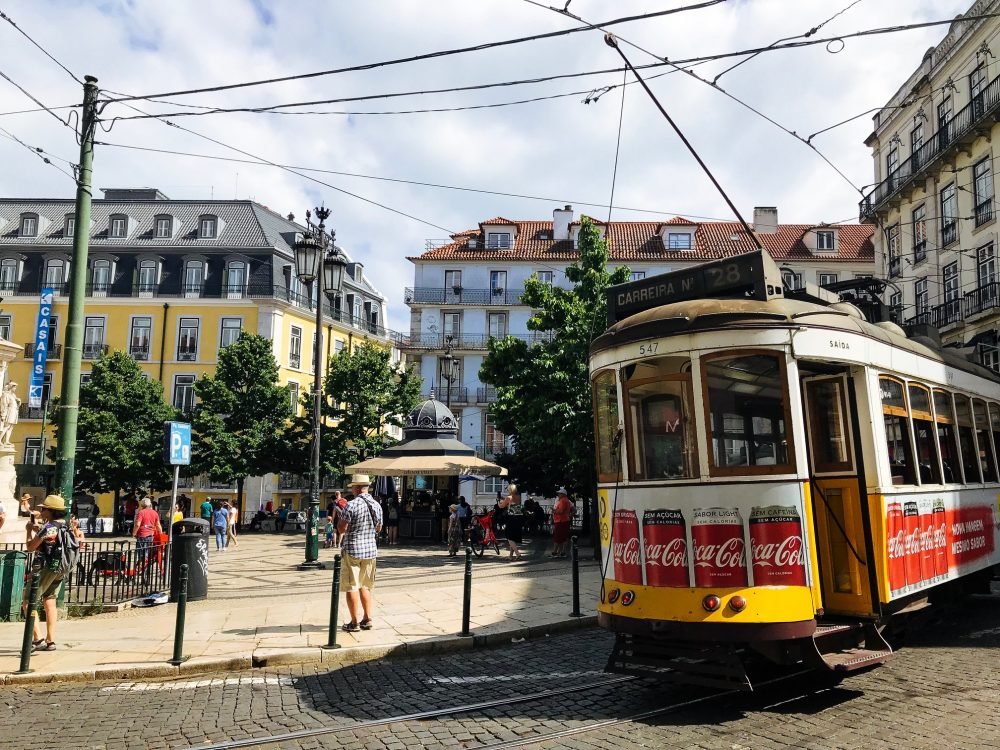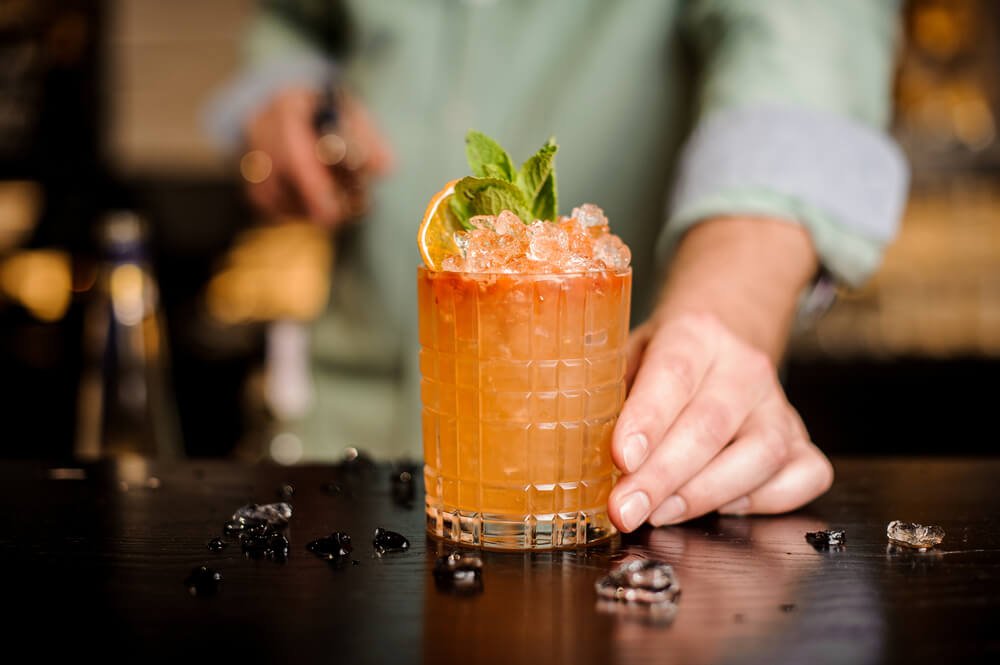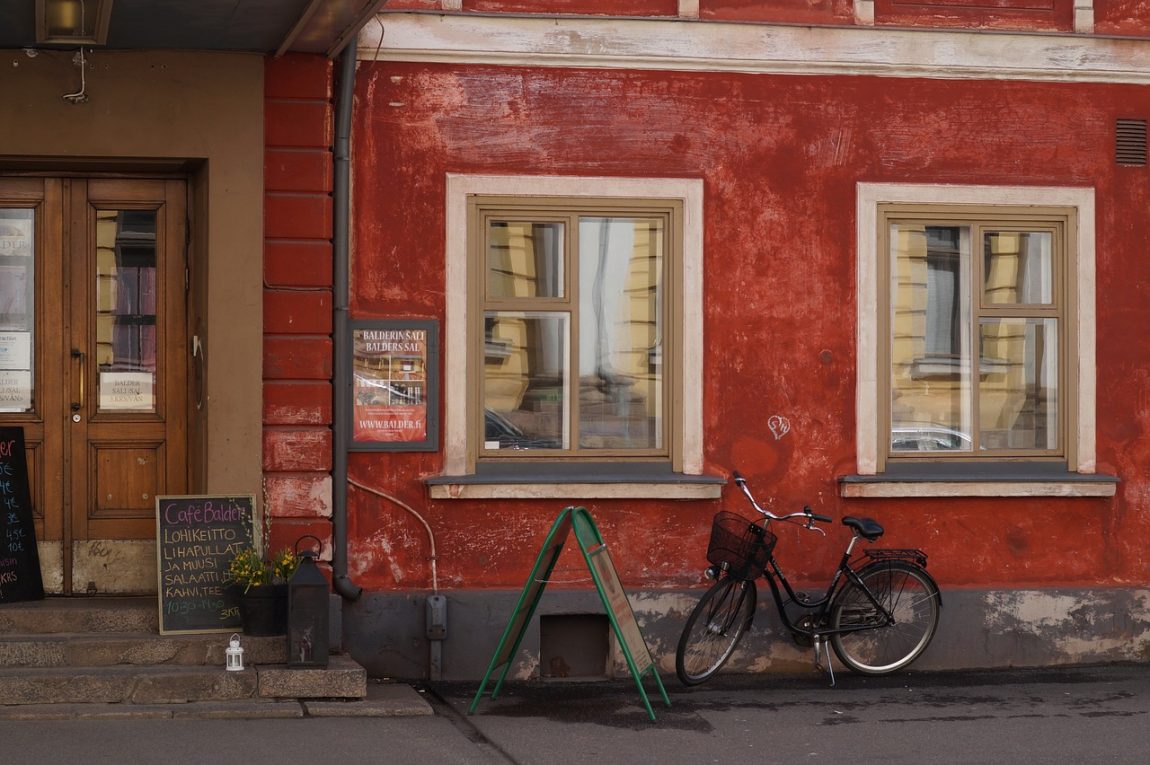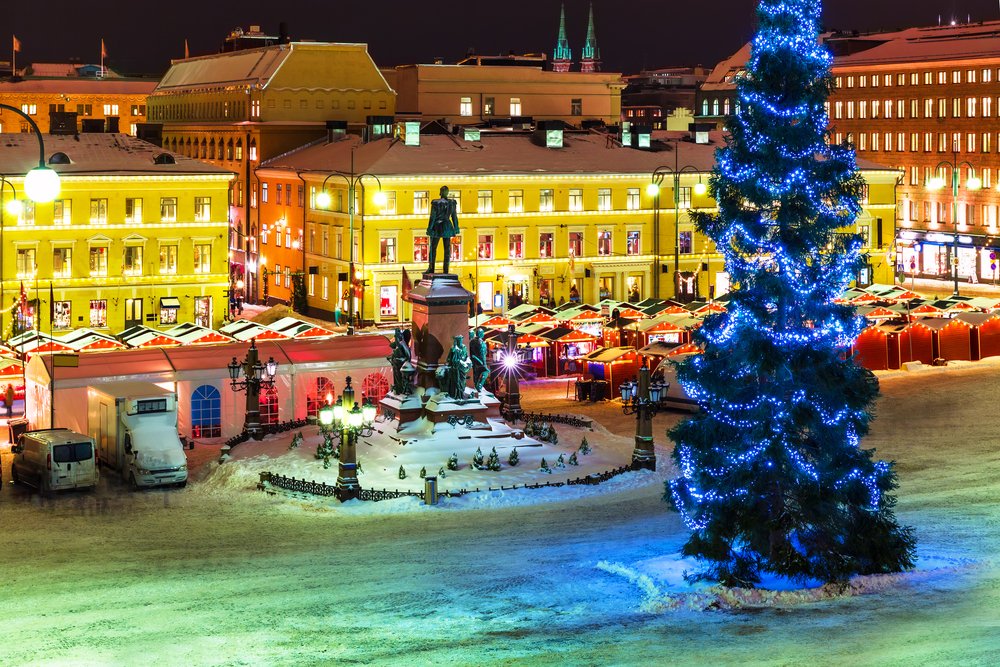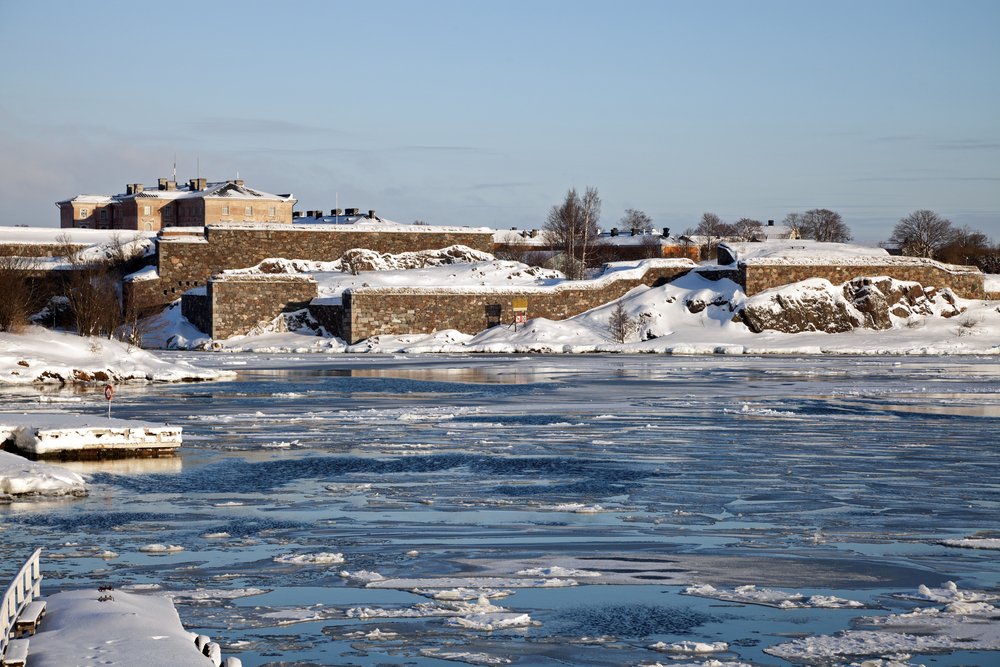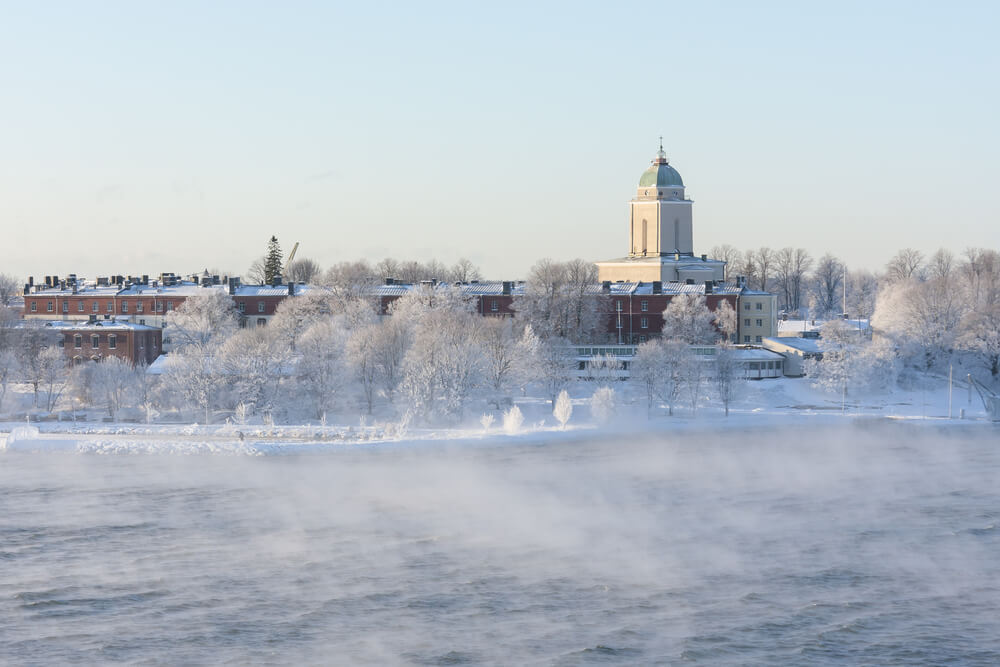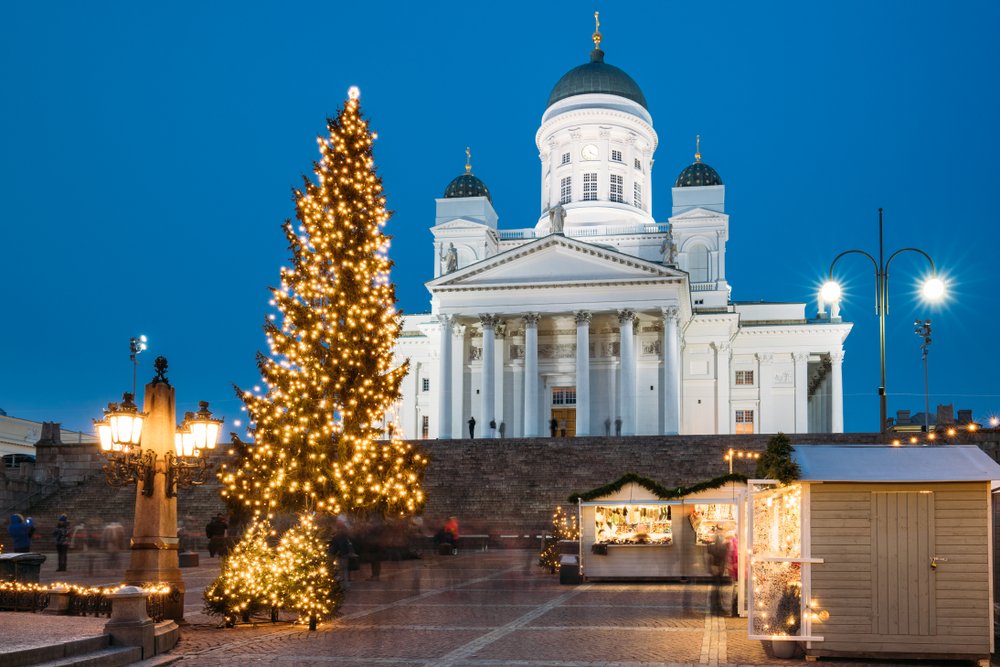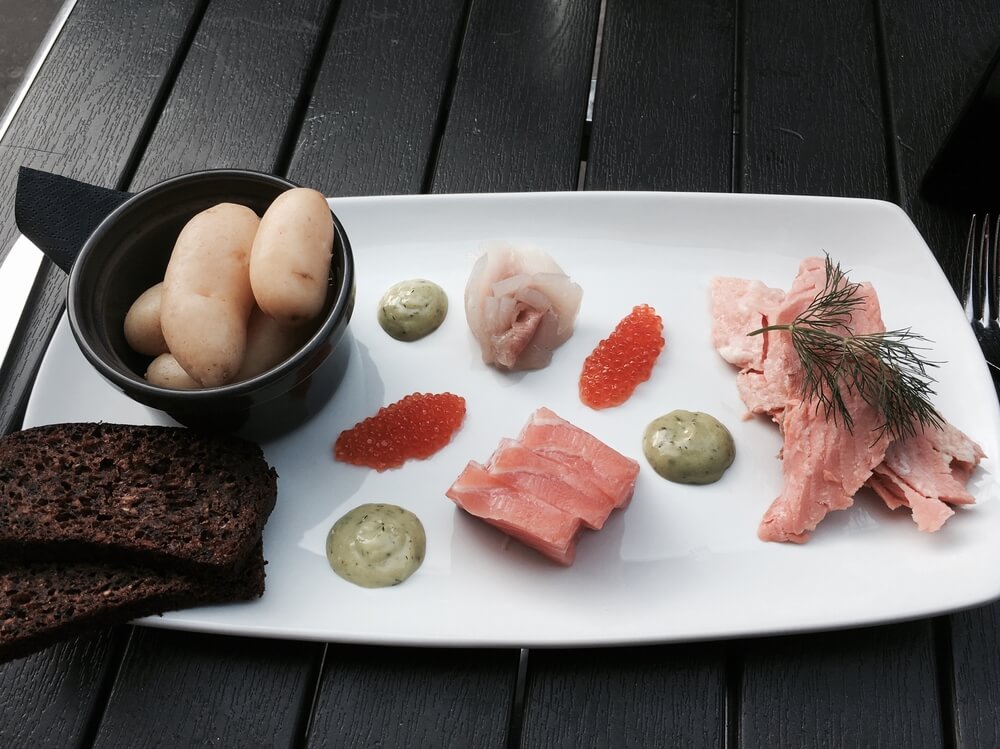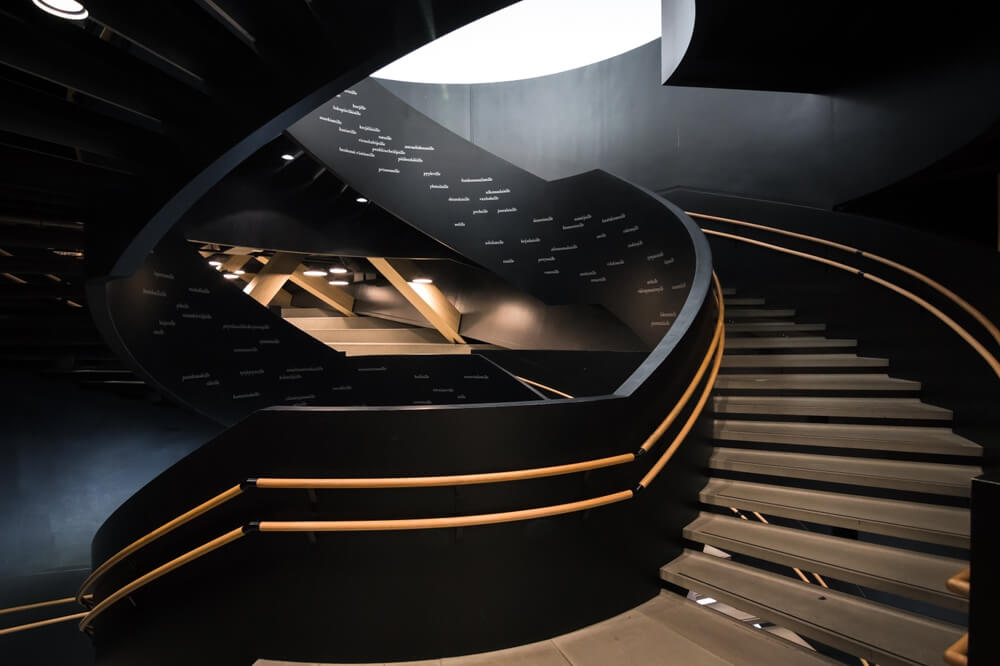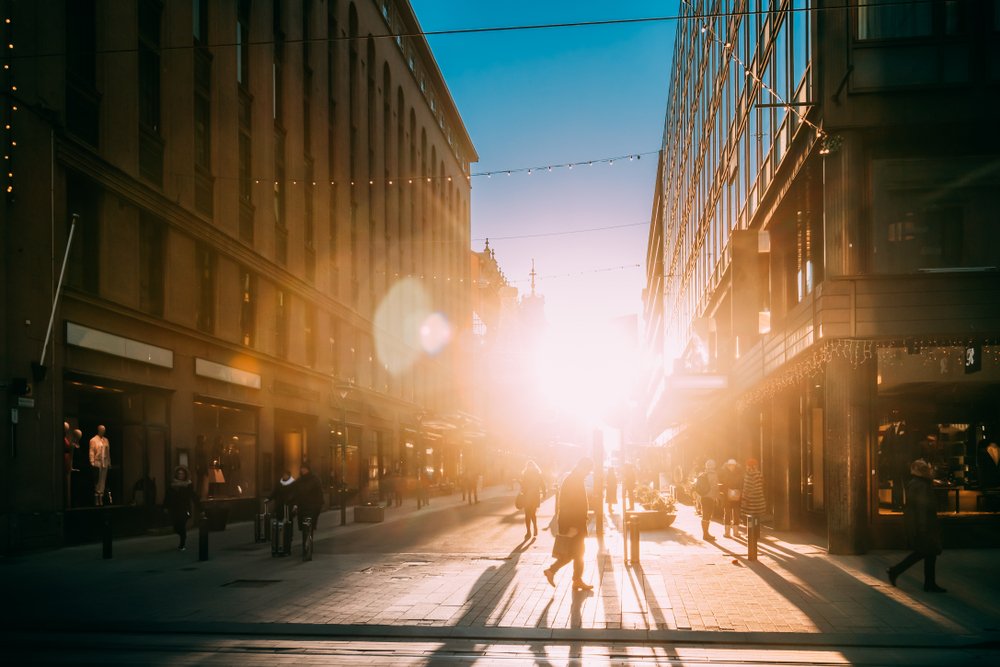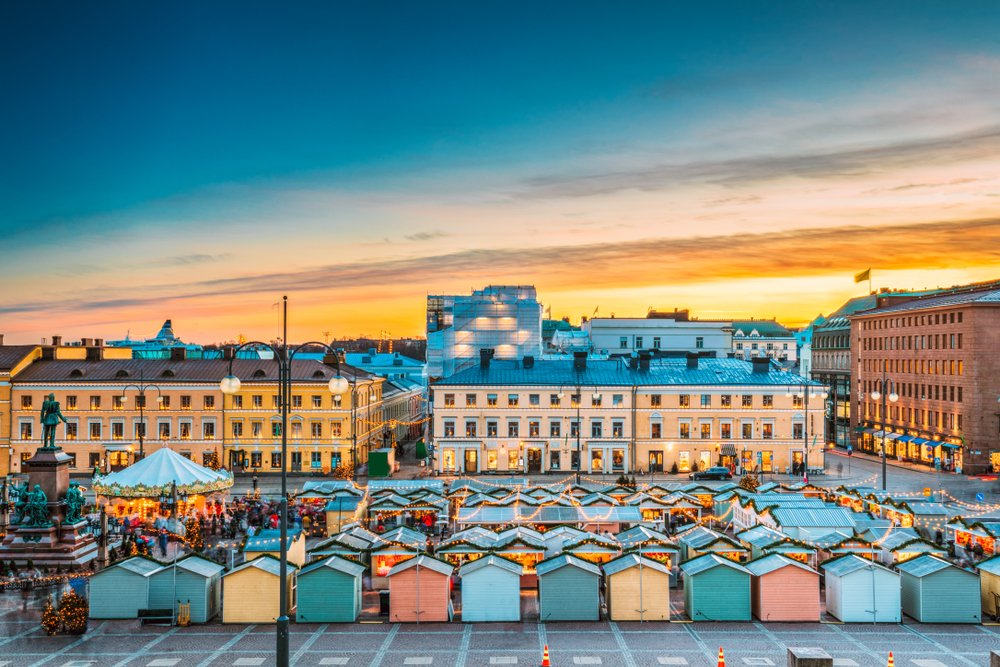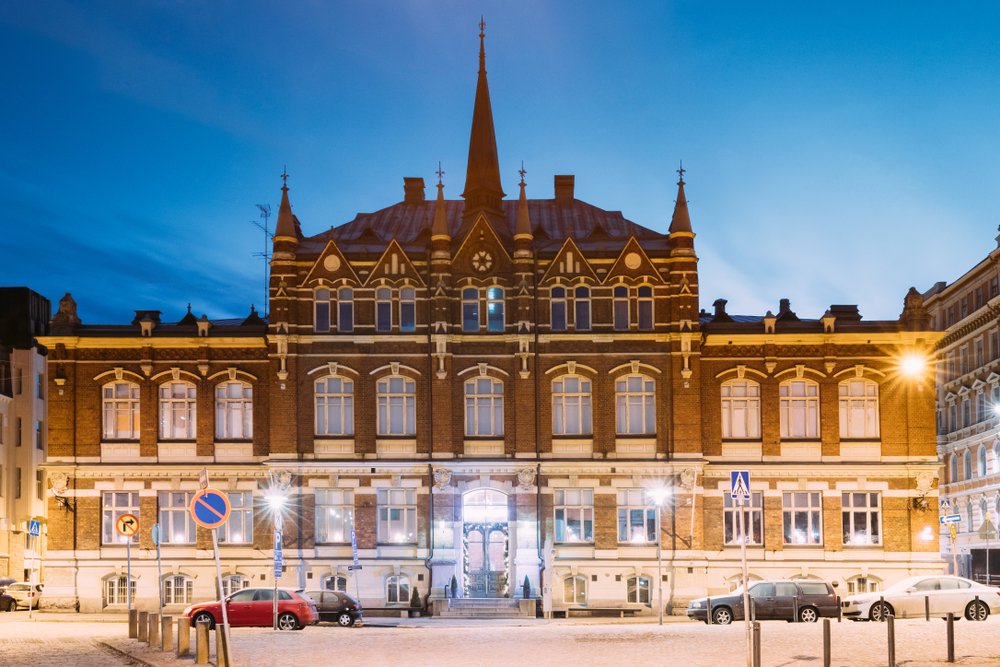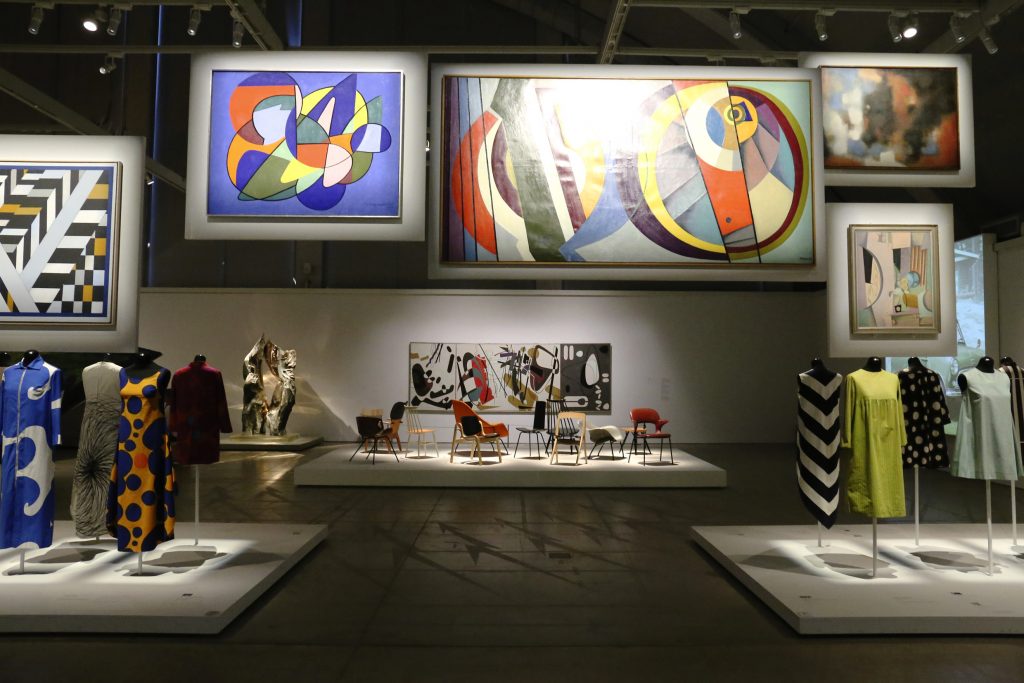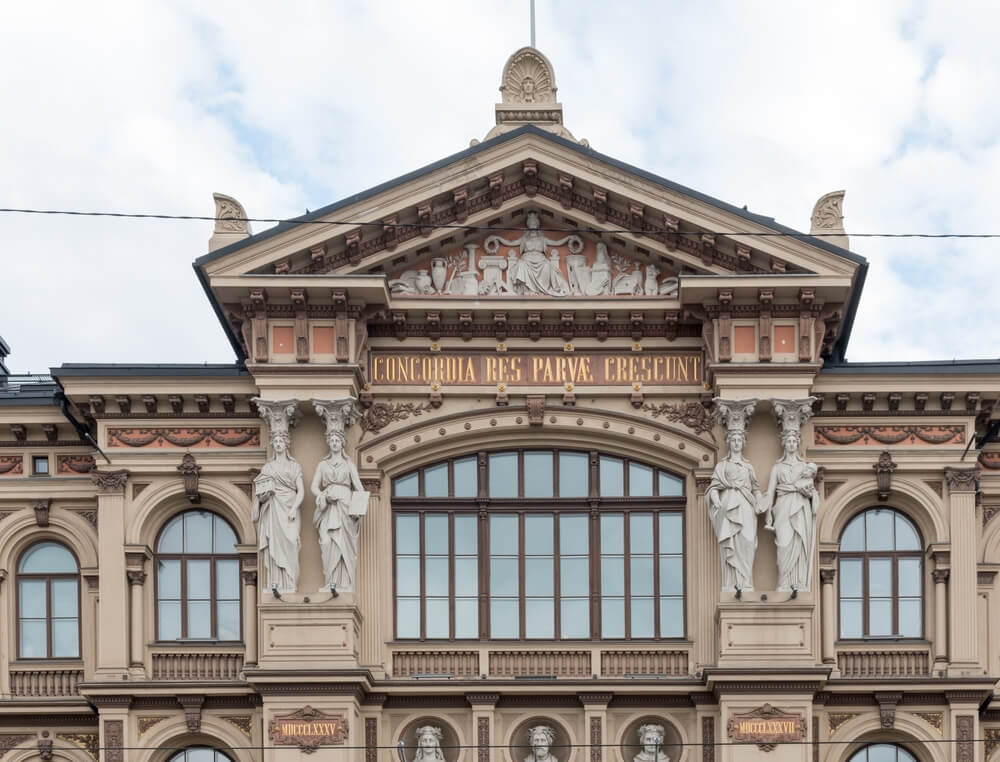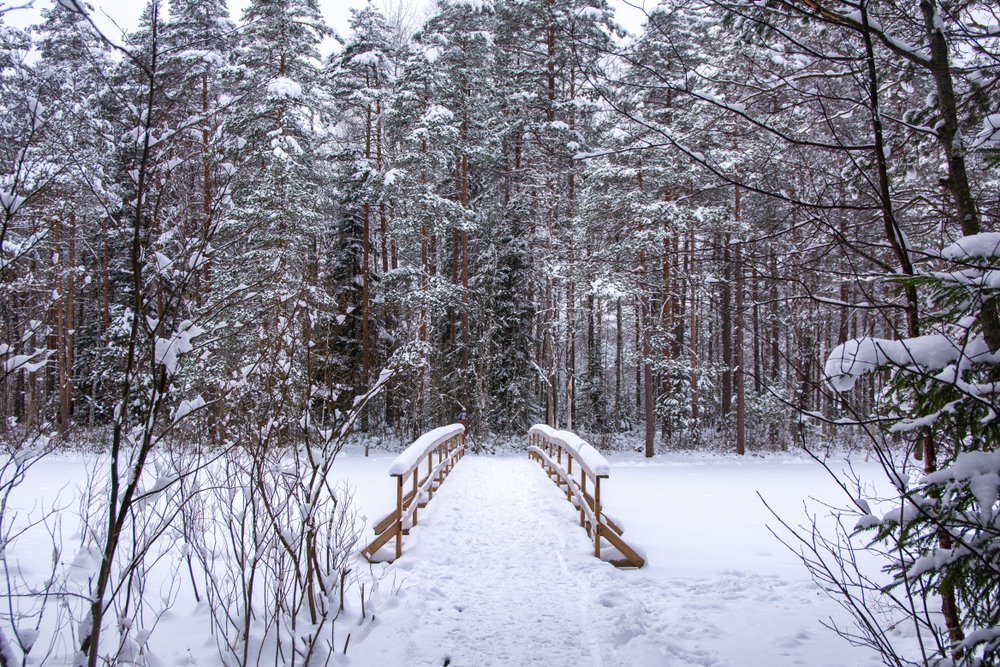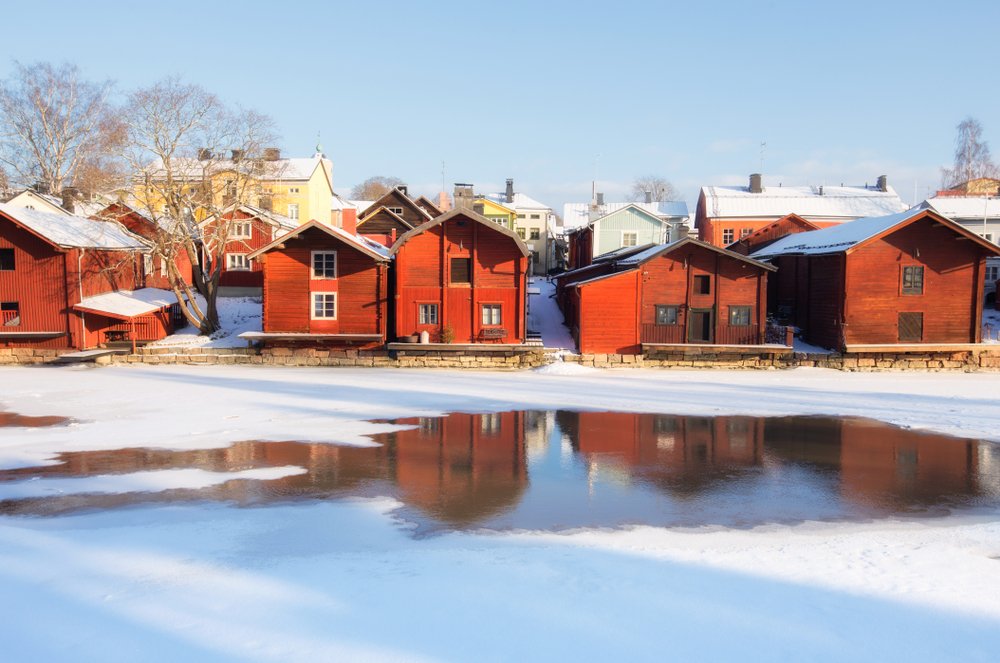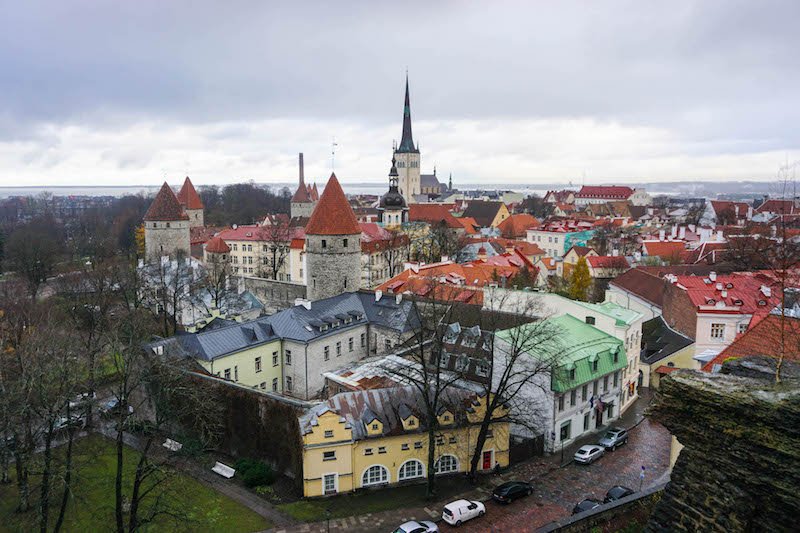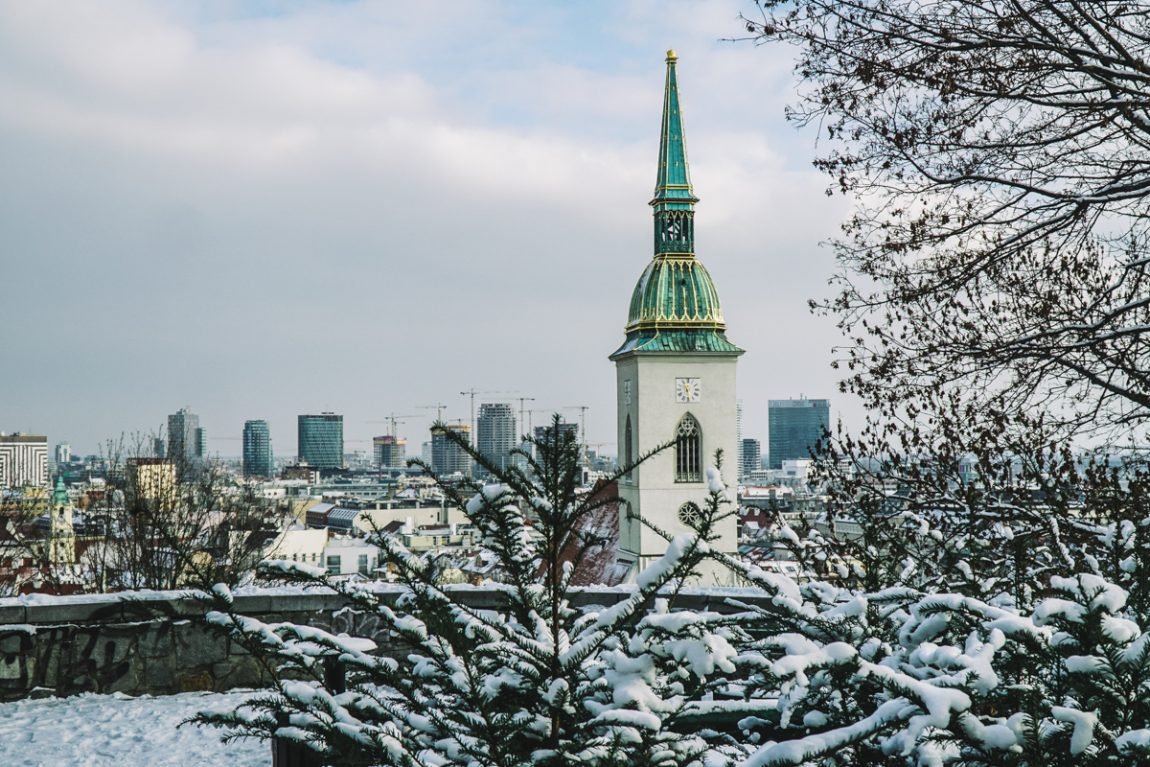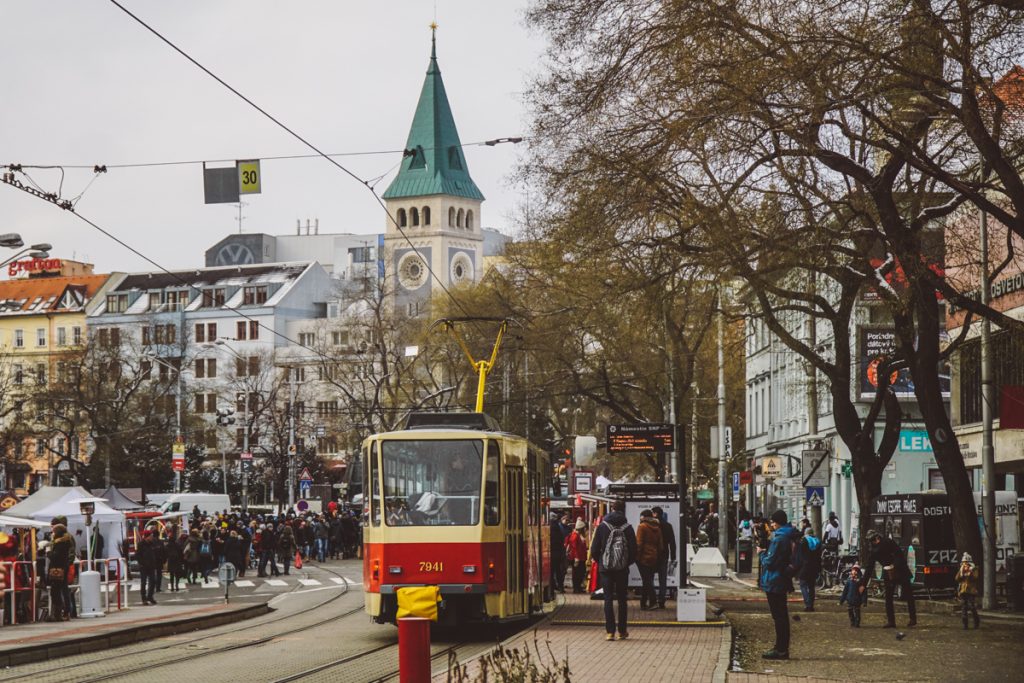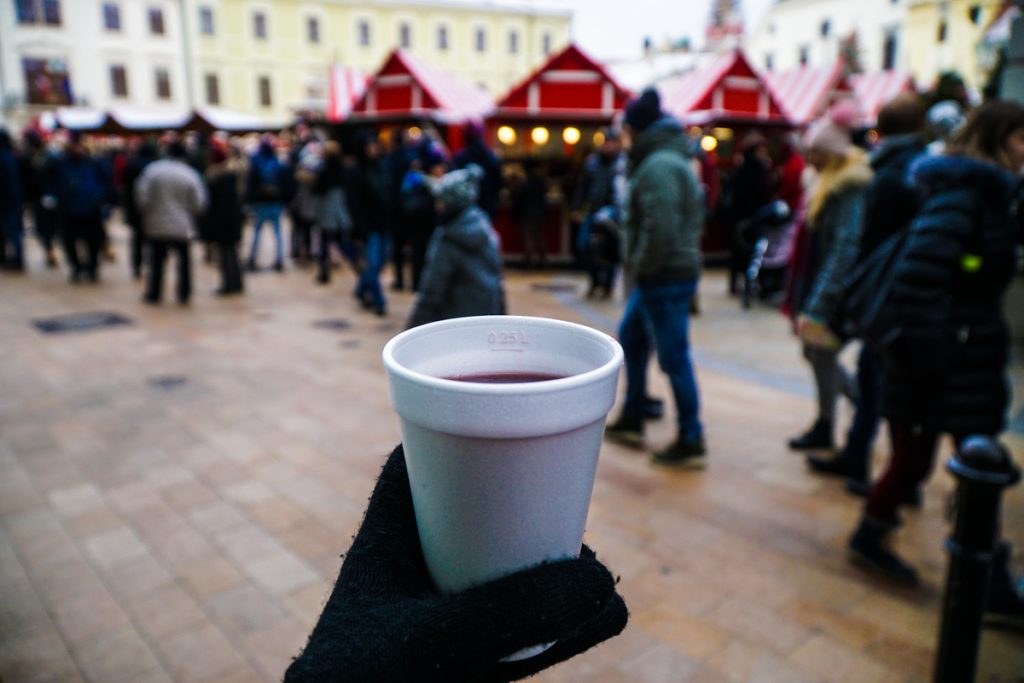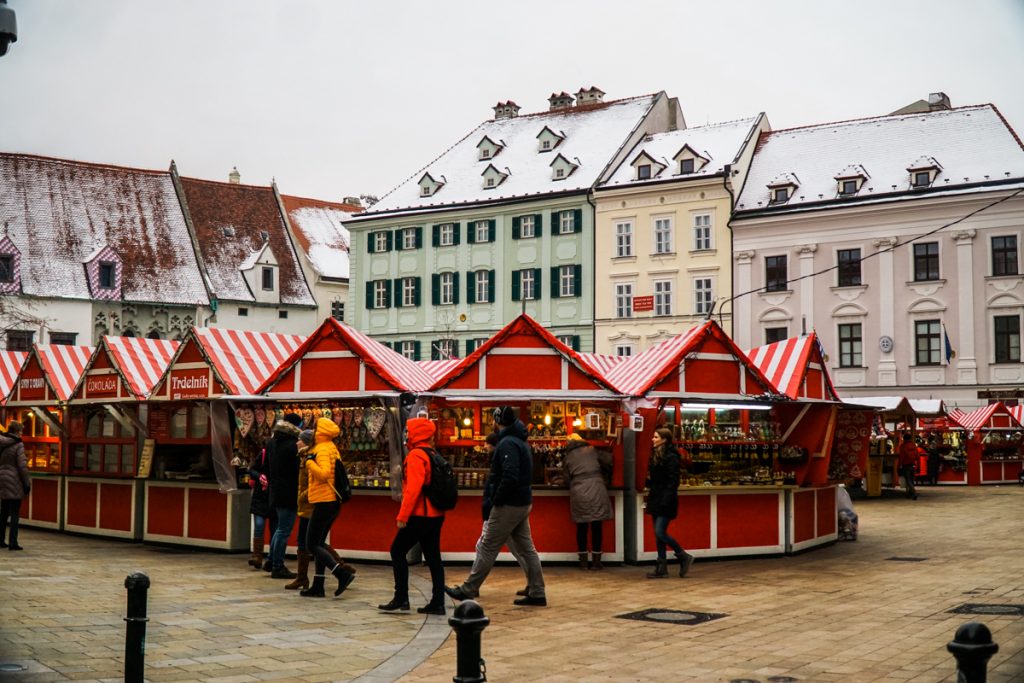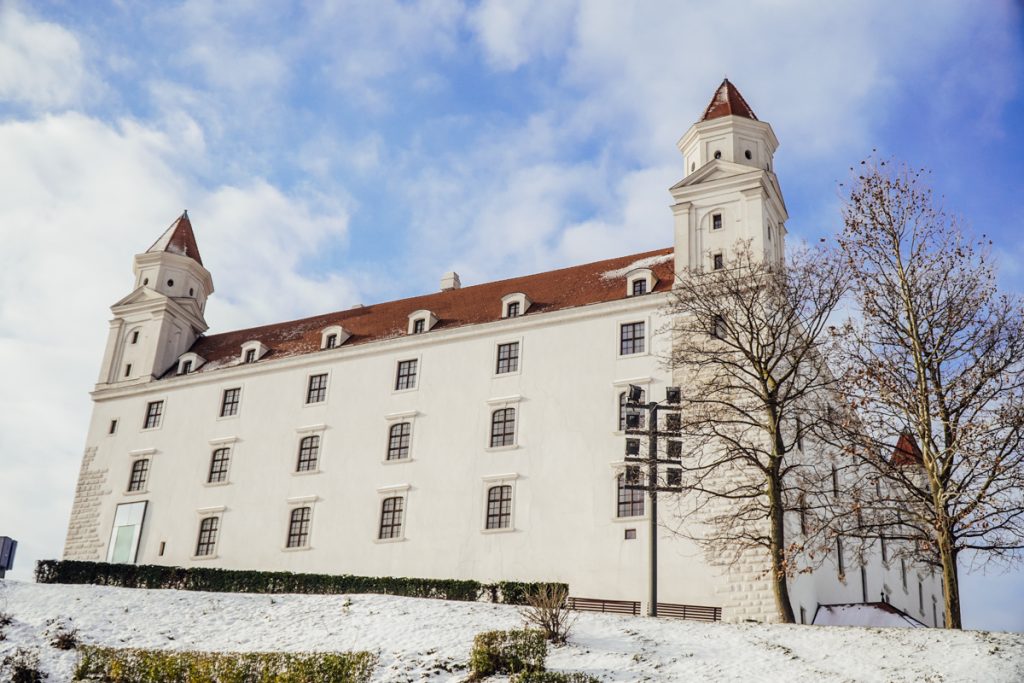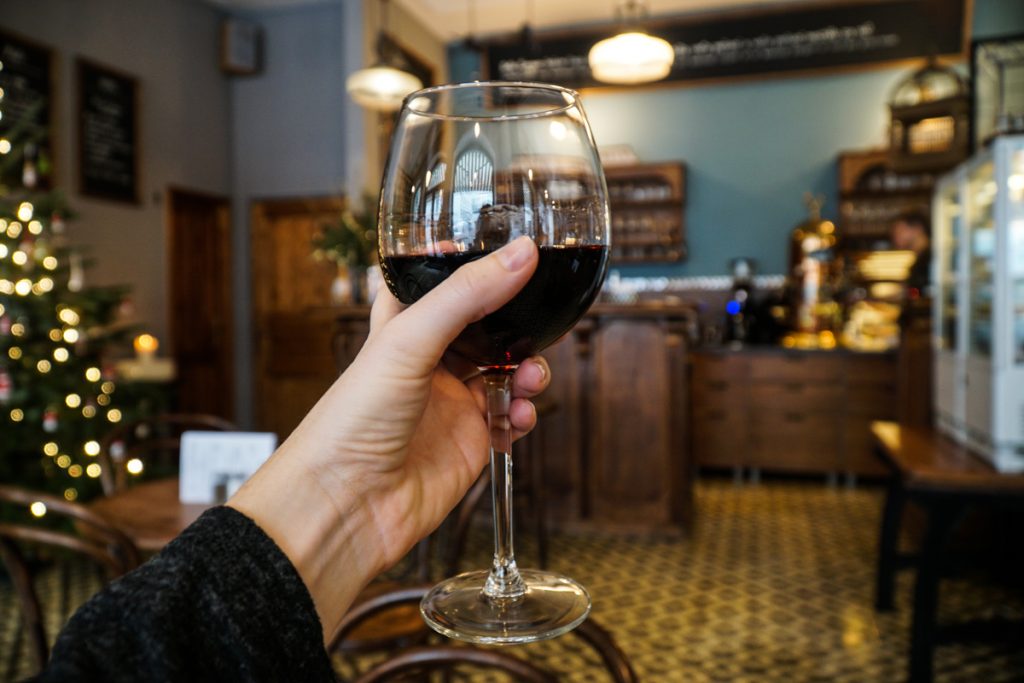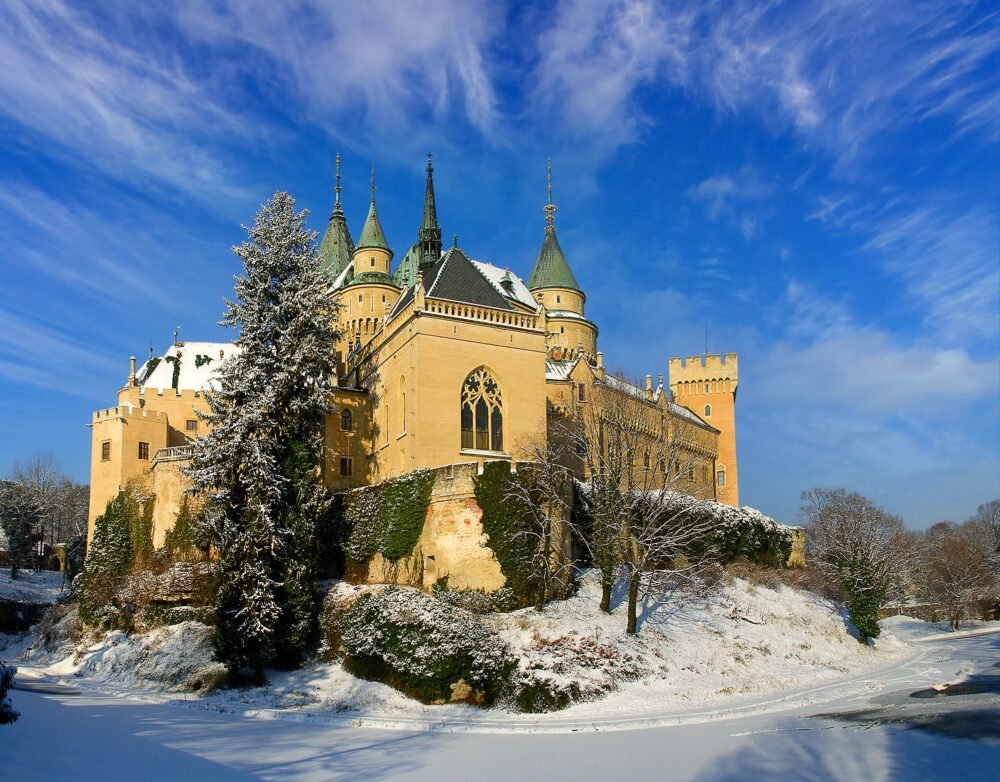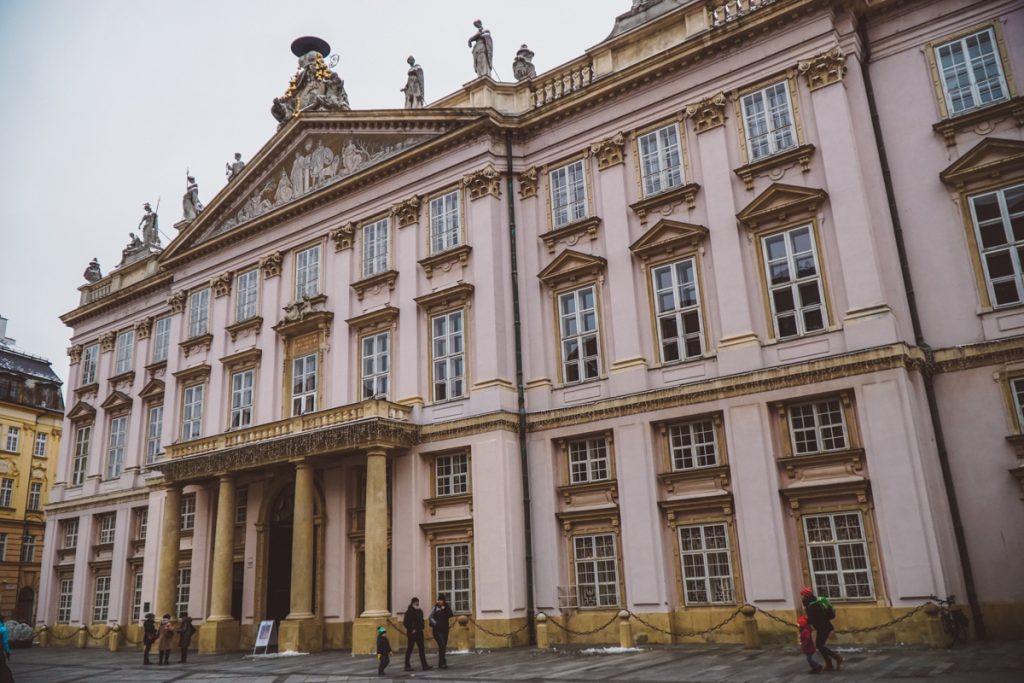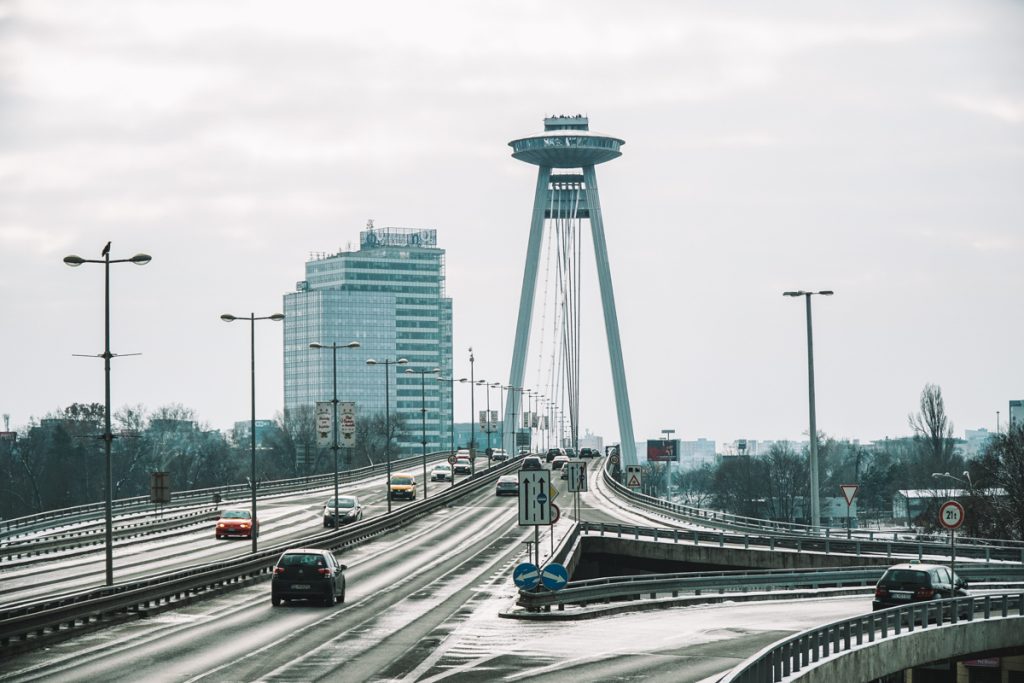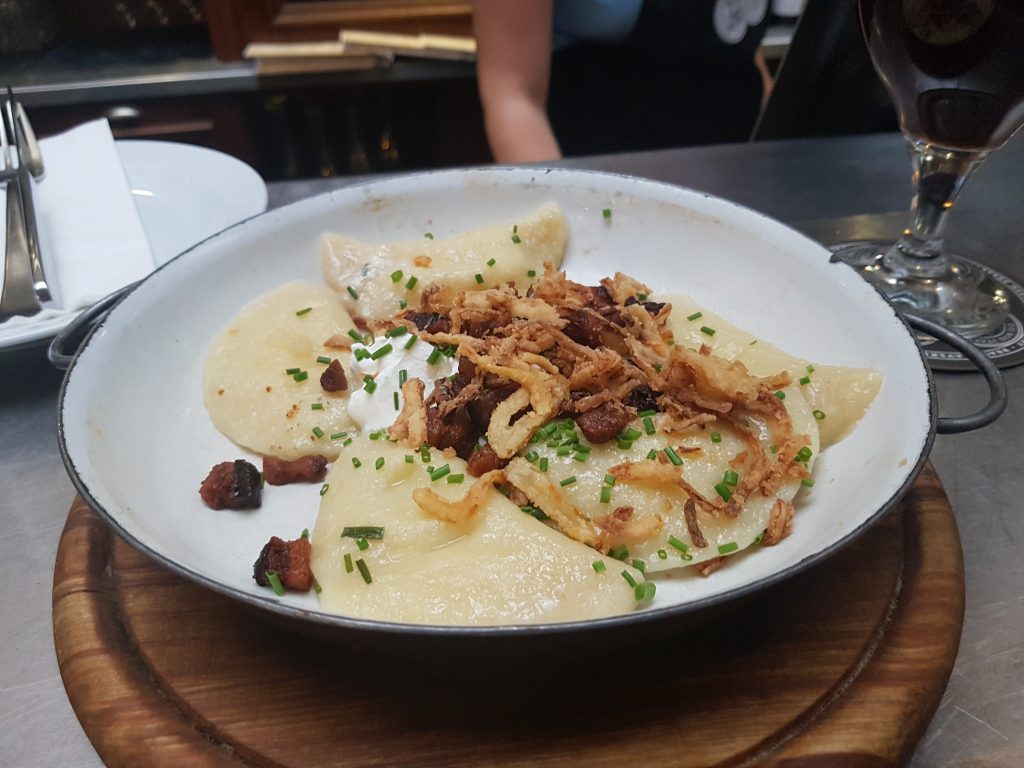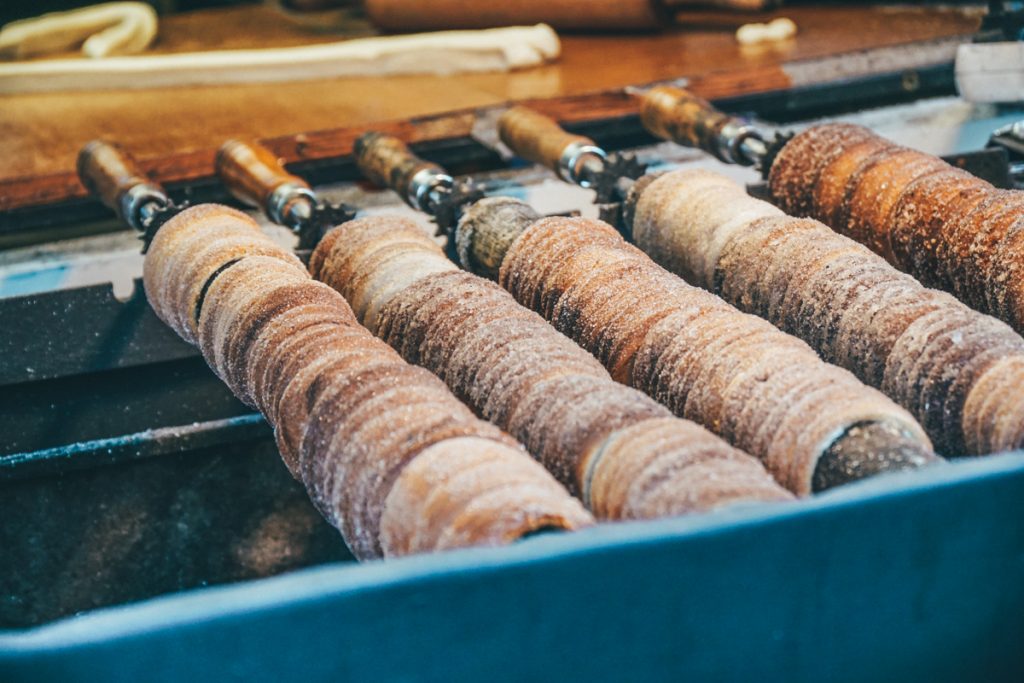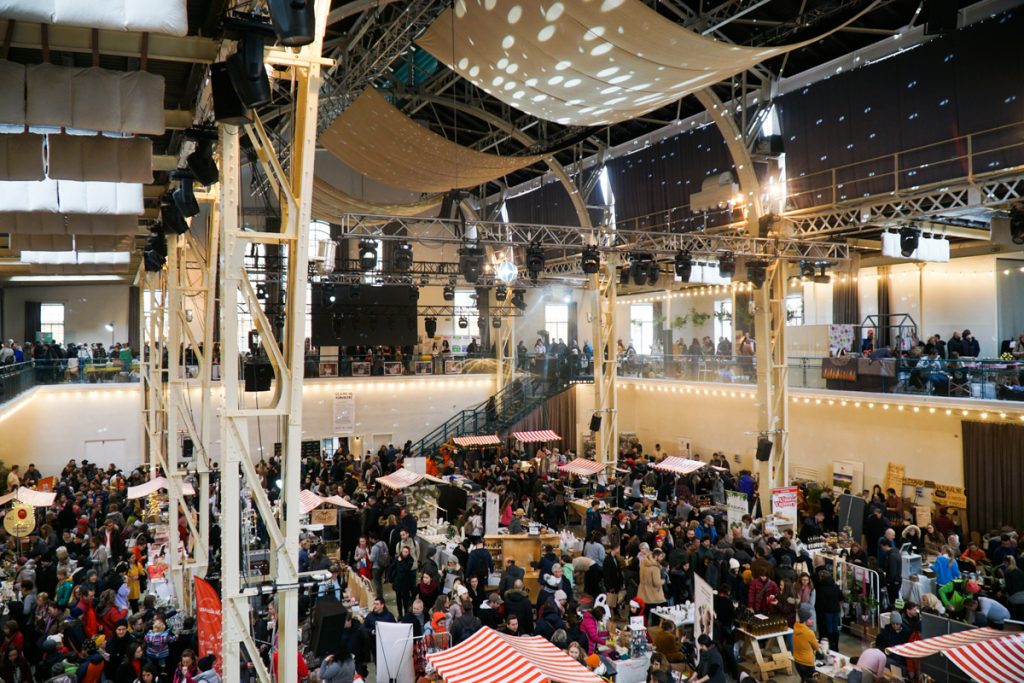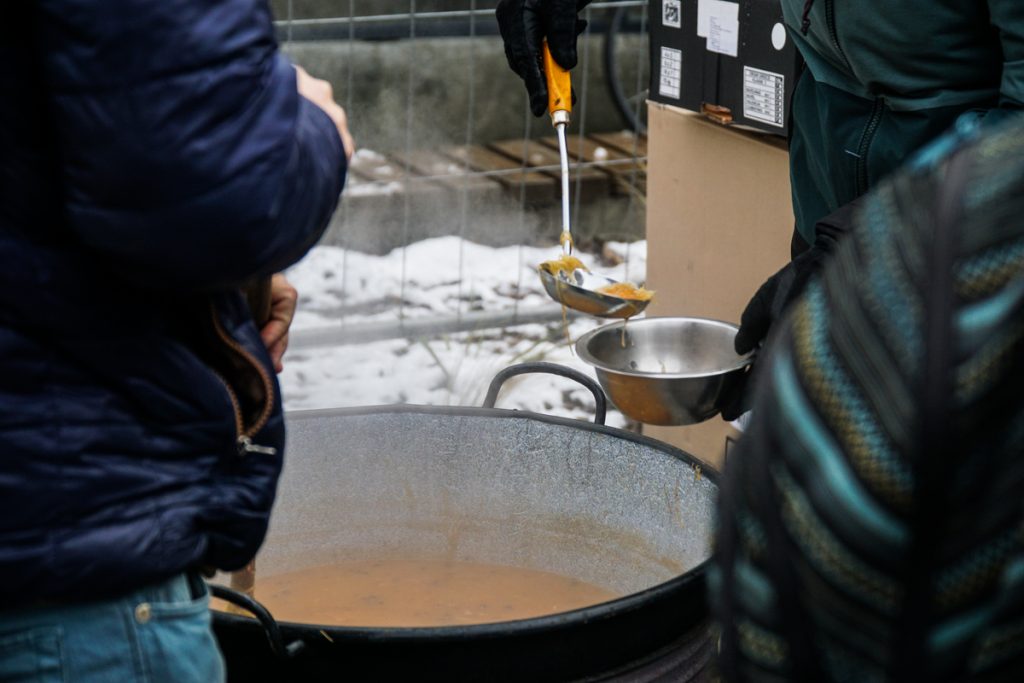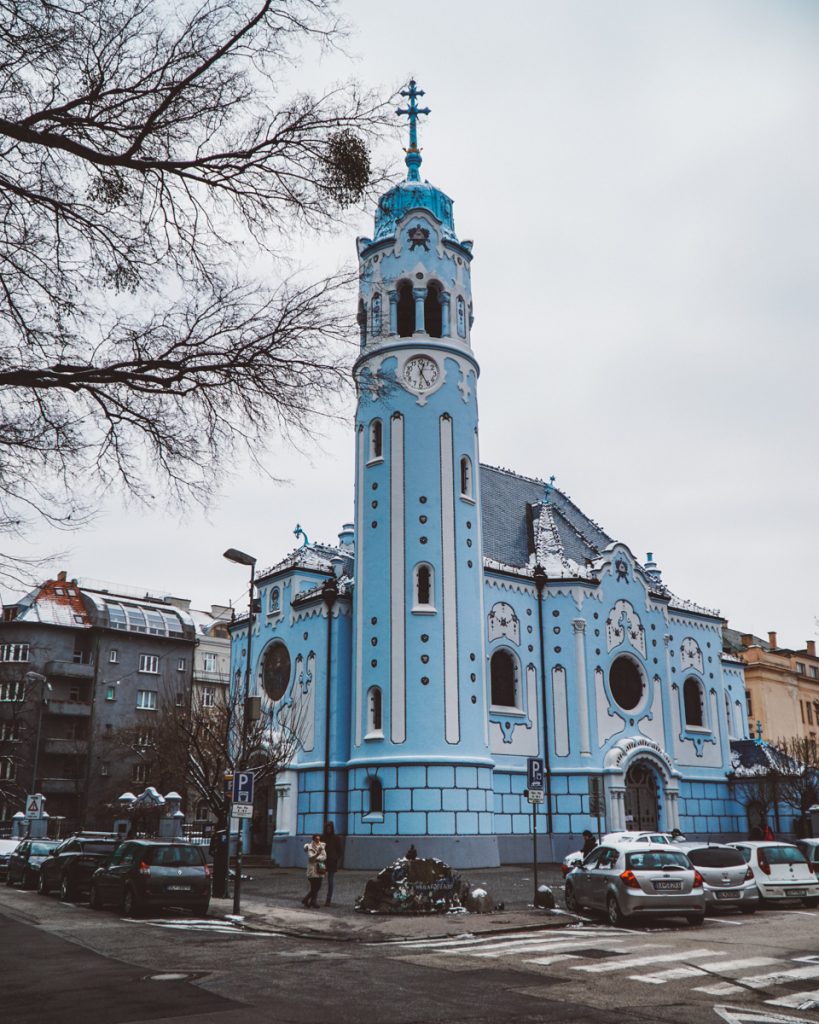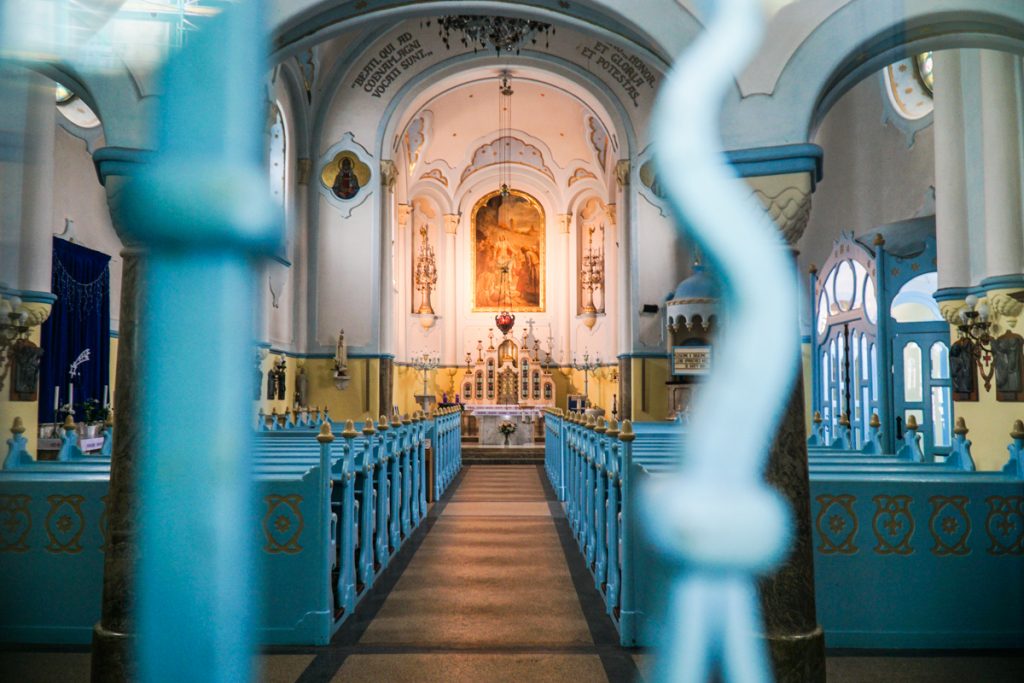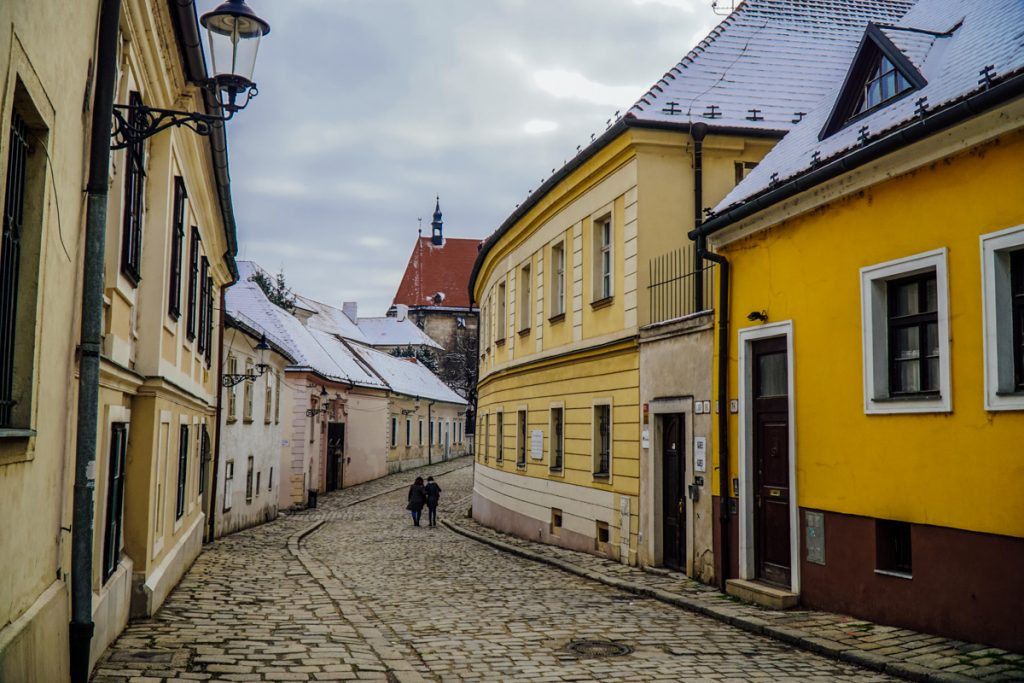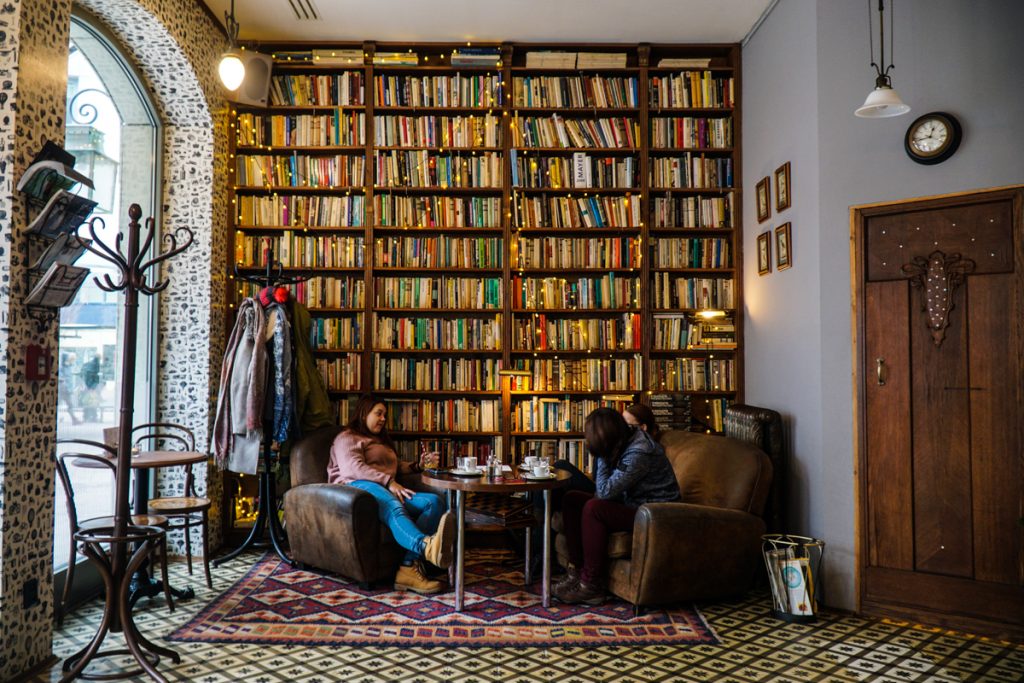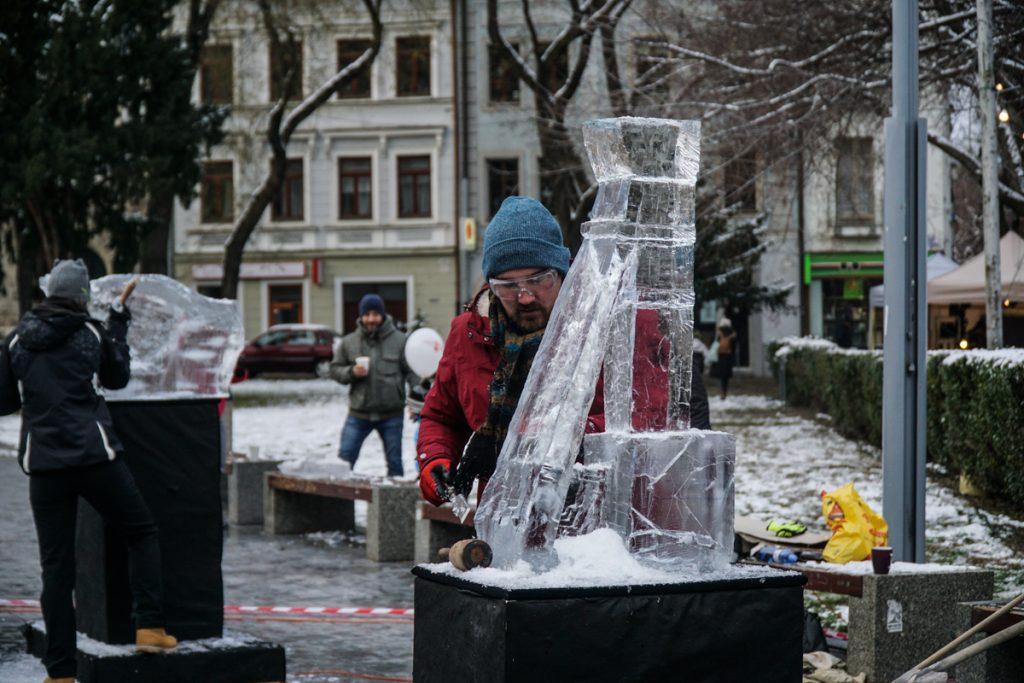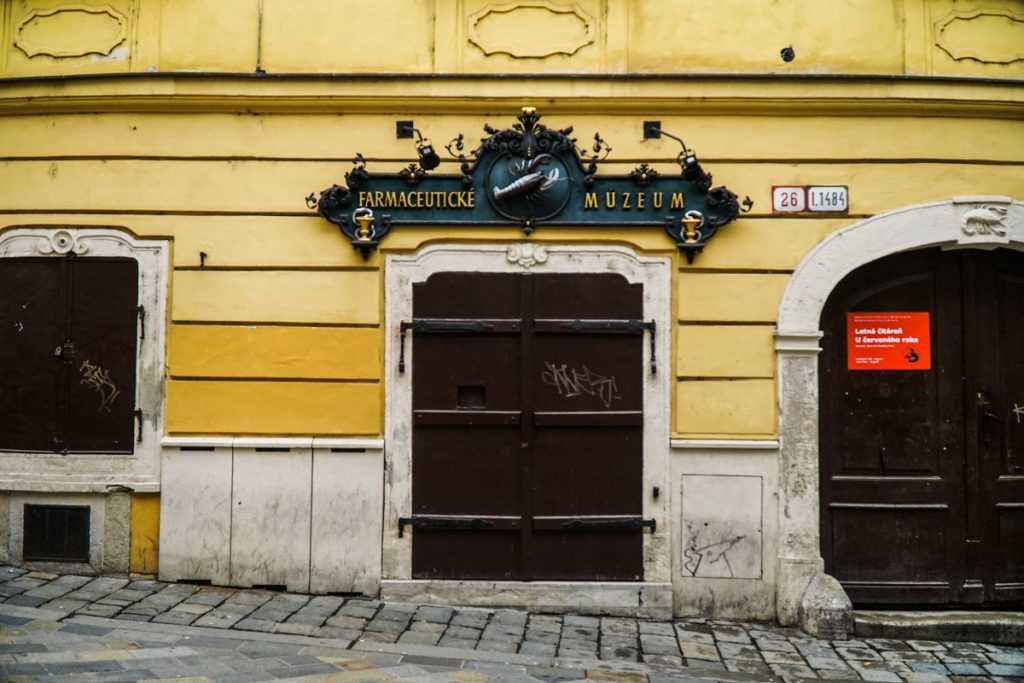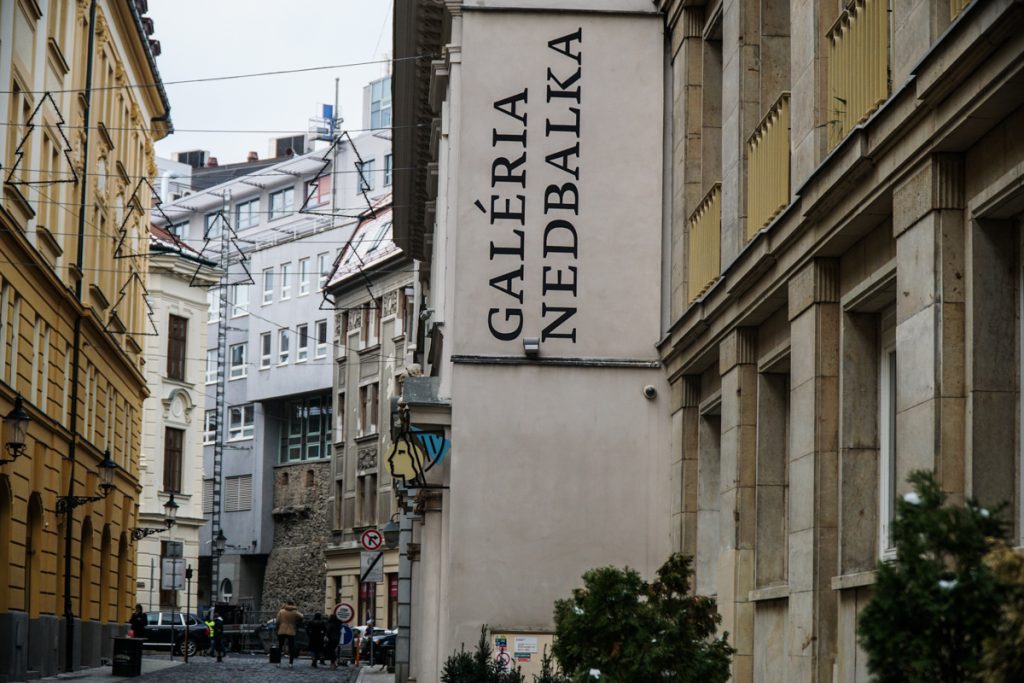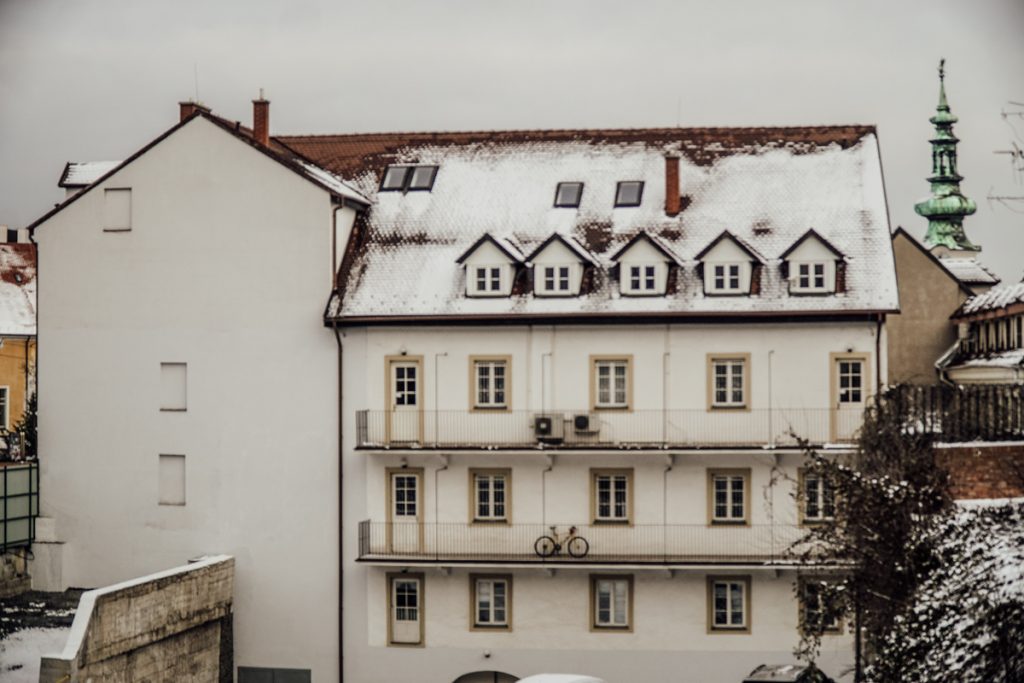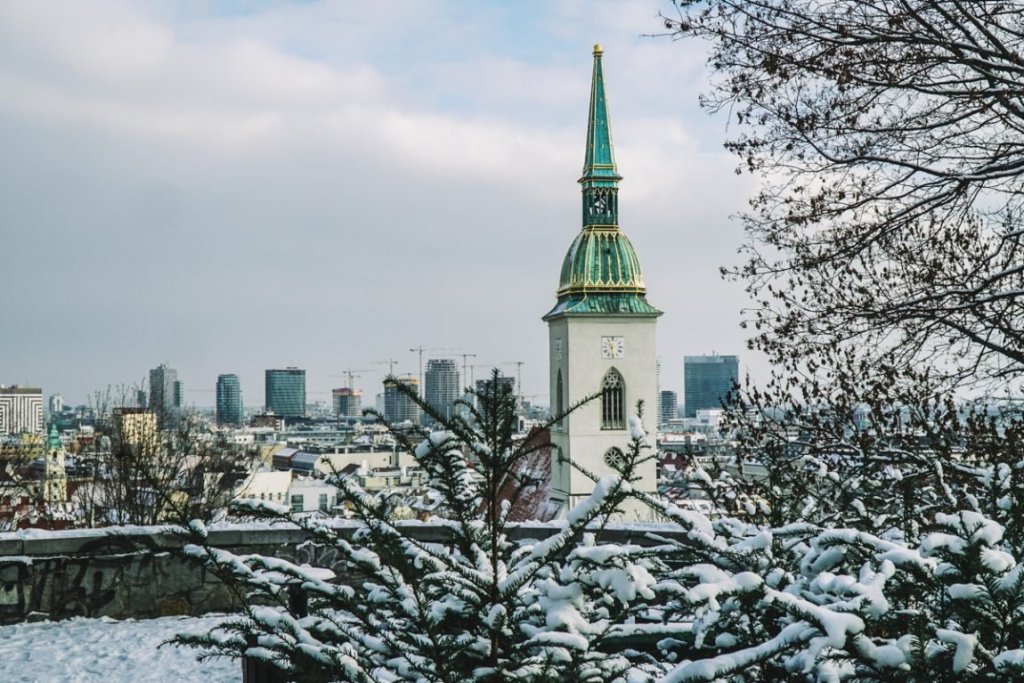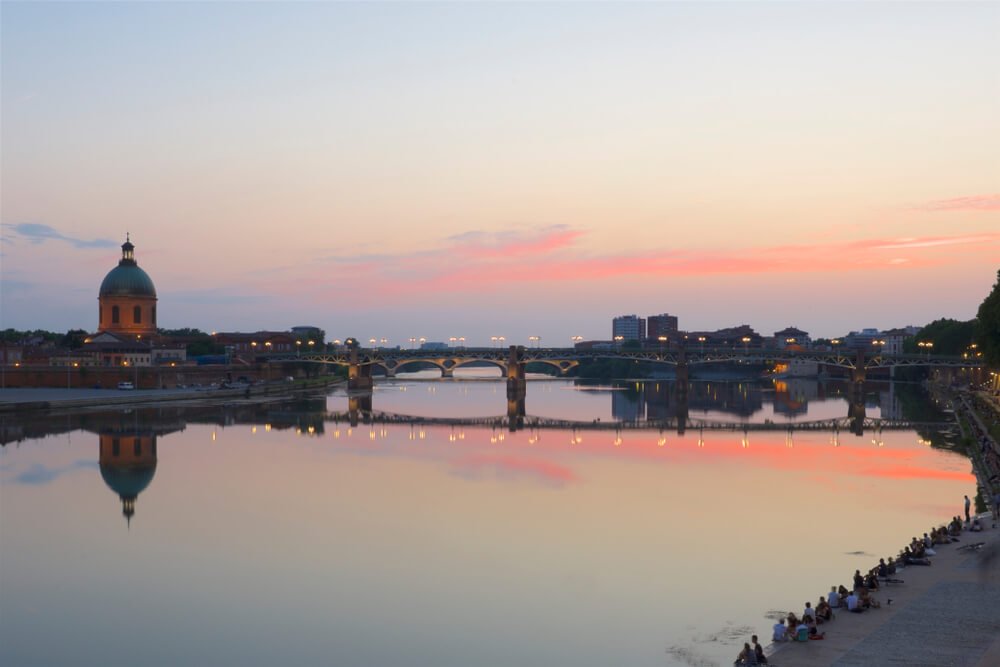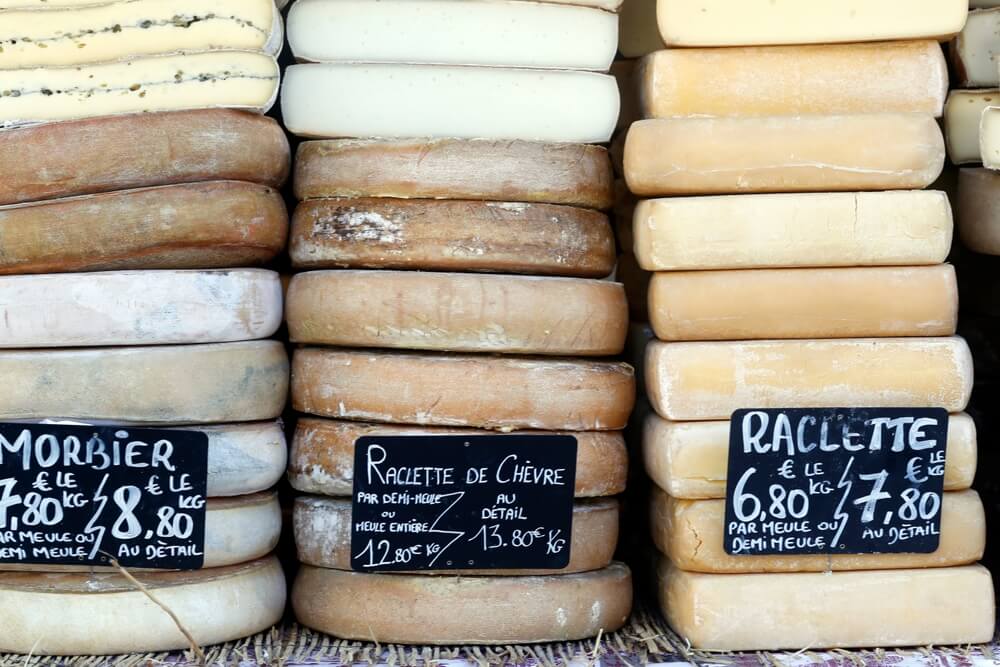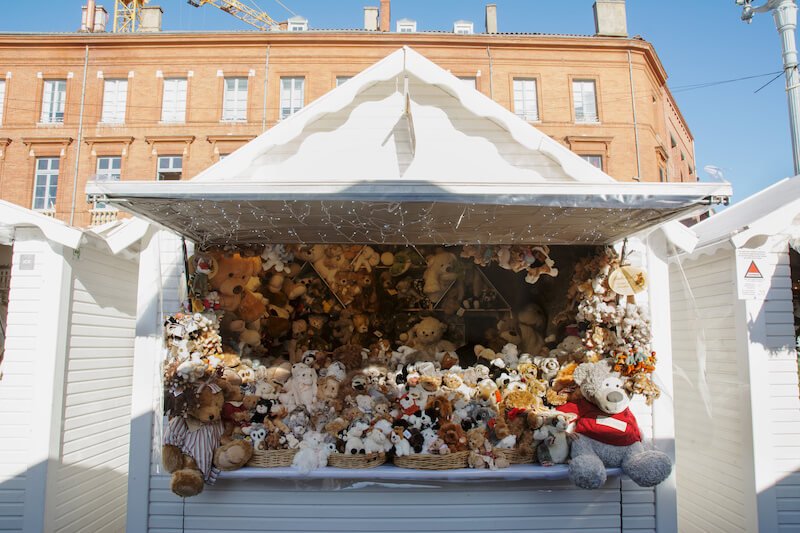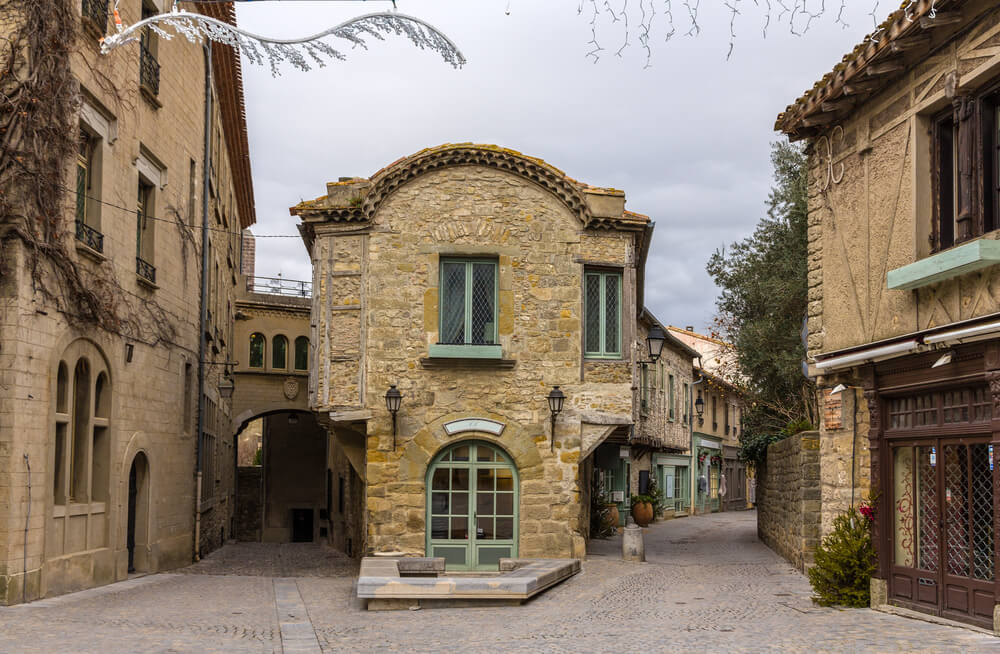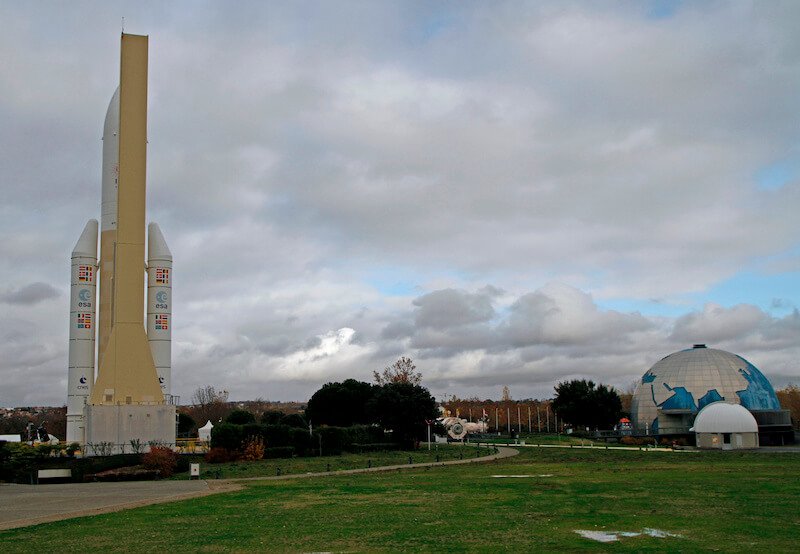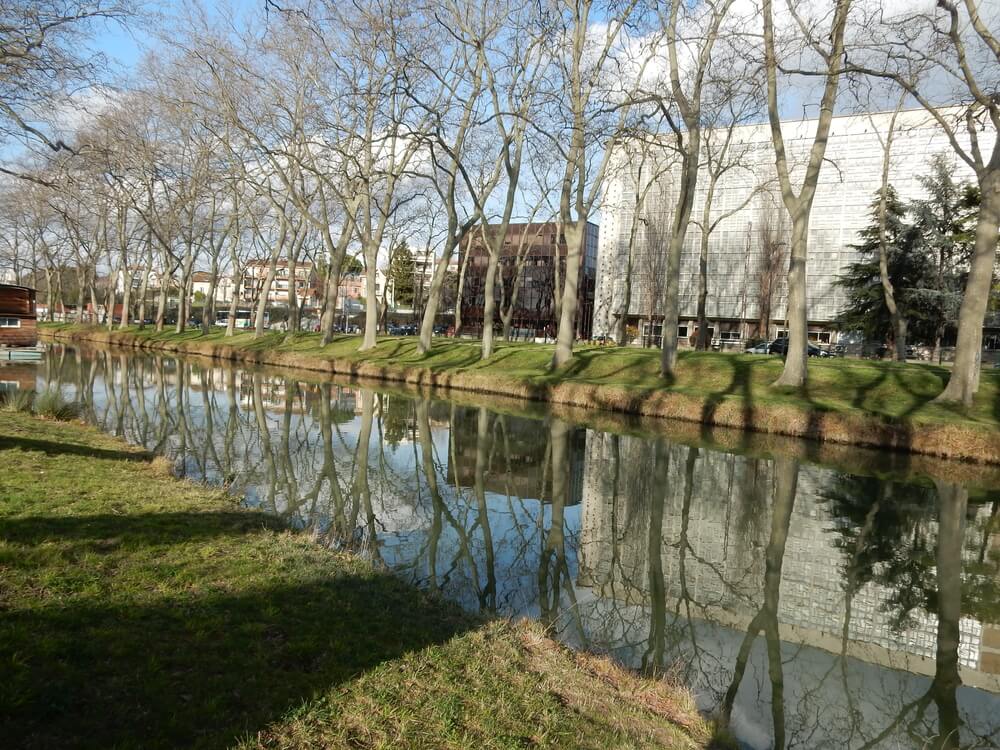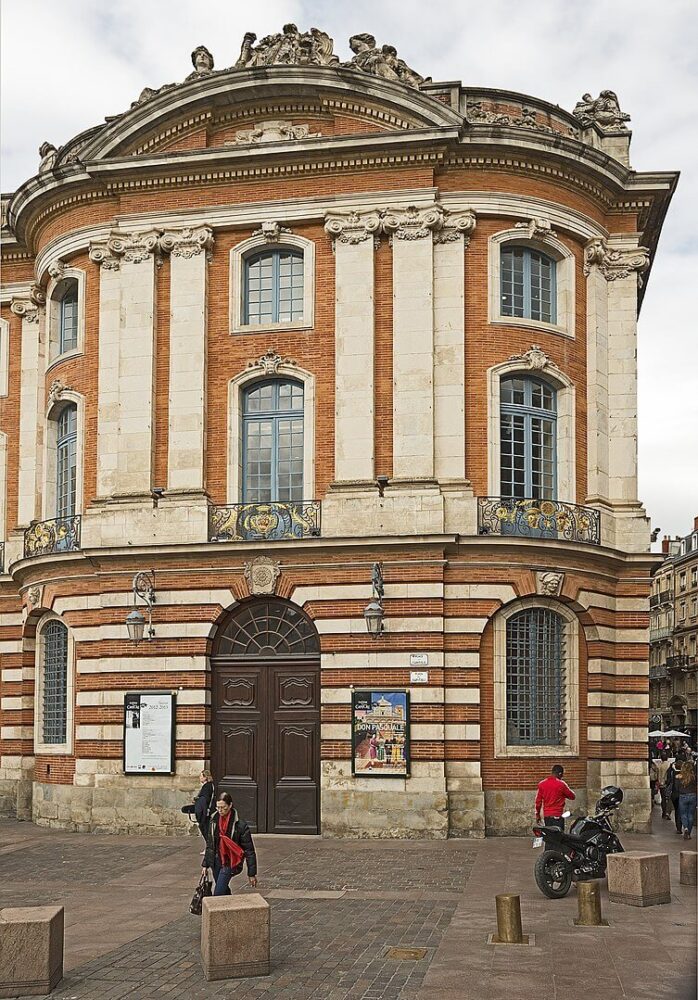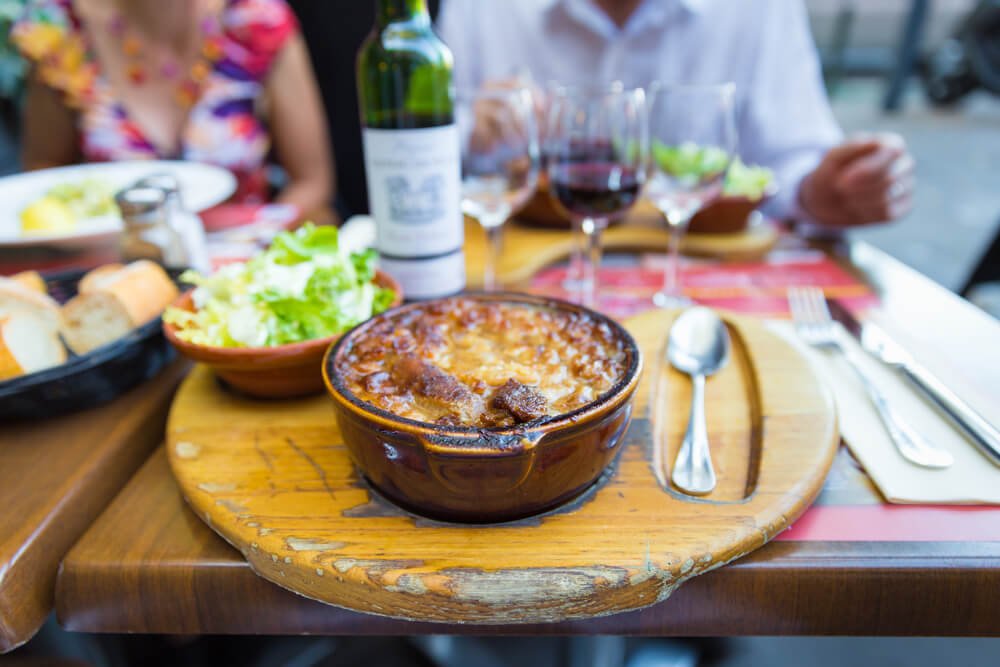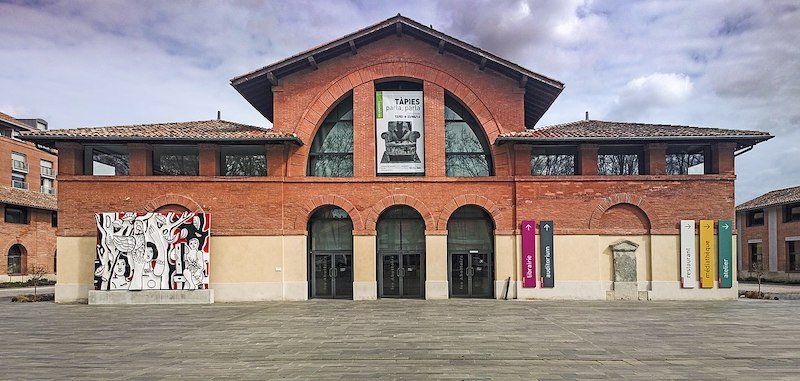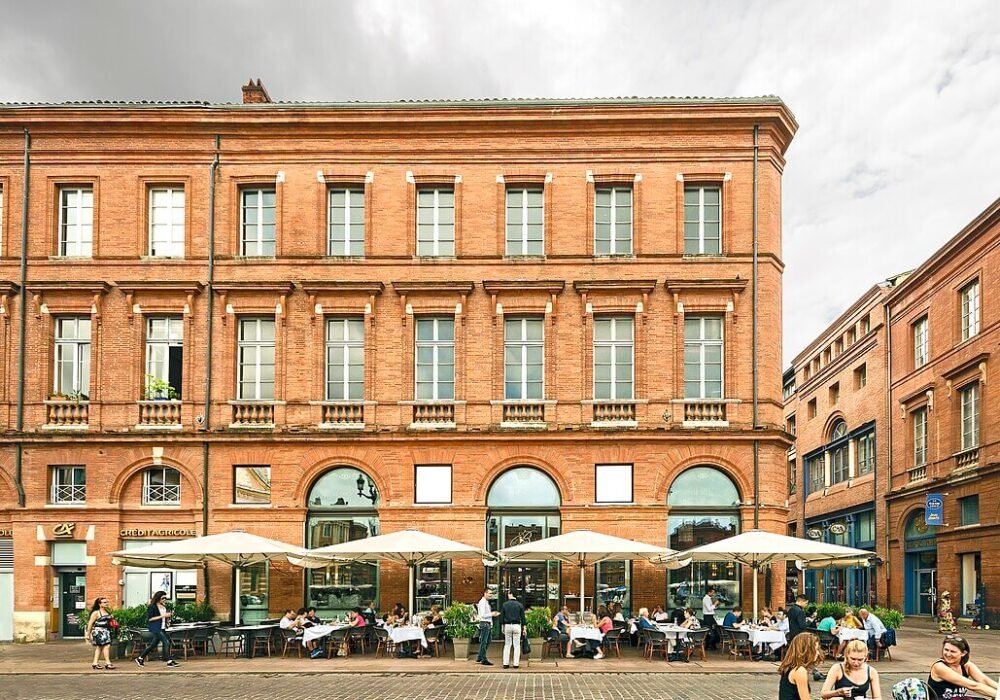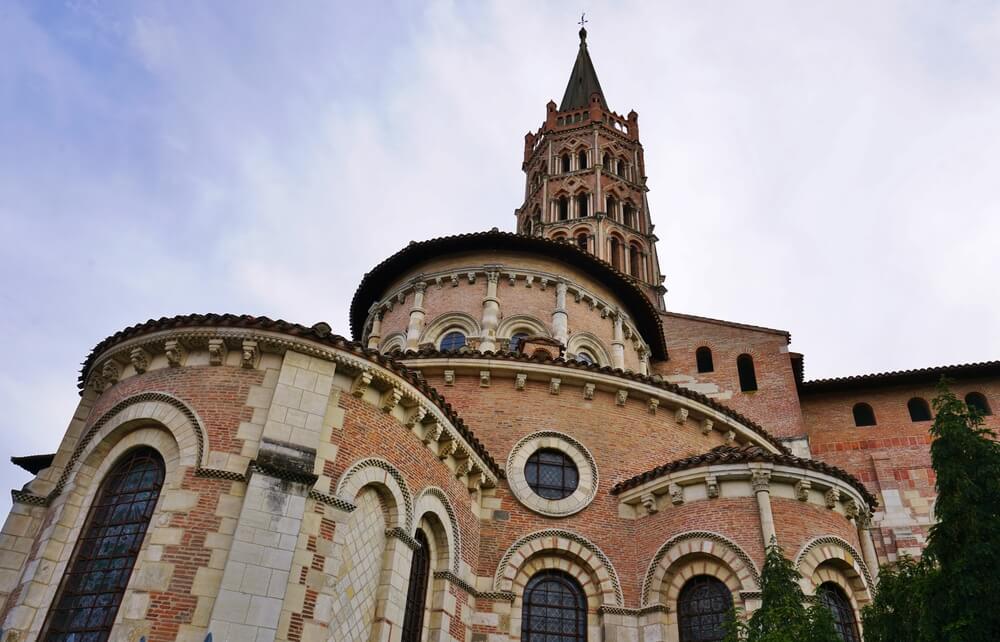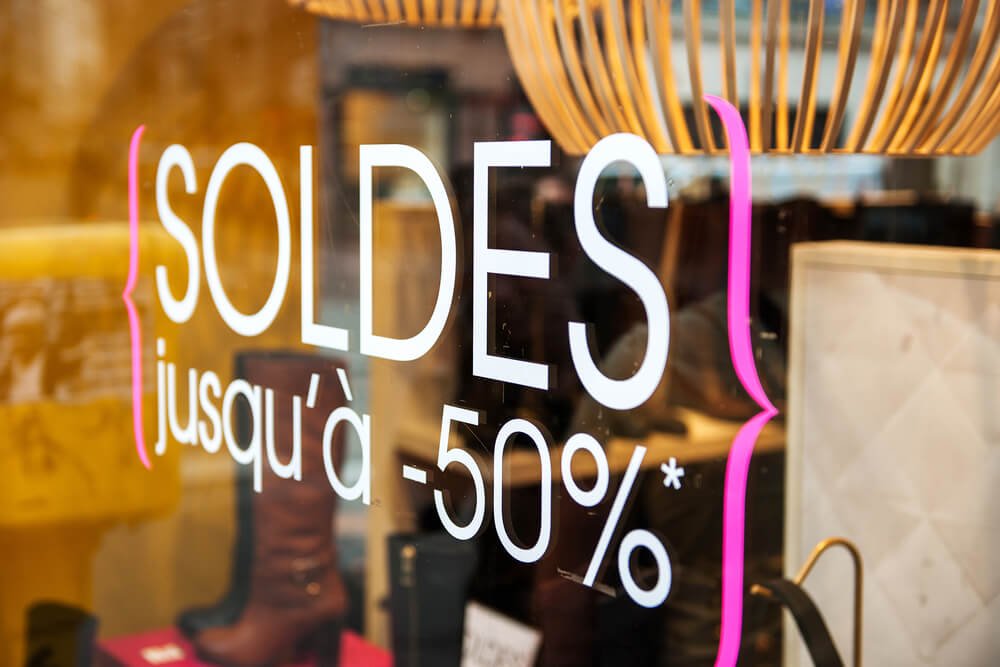As a proud Sedona resident, let me just start by saying that planning a winter trip to Sedona is one of the best vacation decisions you could make!
Smaller crowds, plenty of festive activities, and temperatures that won’t have you cooking like a baked potato the moment you step outside… it’s all part of the package.
Winter in Sedona is simply the best.
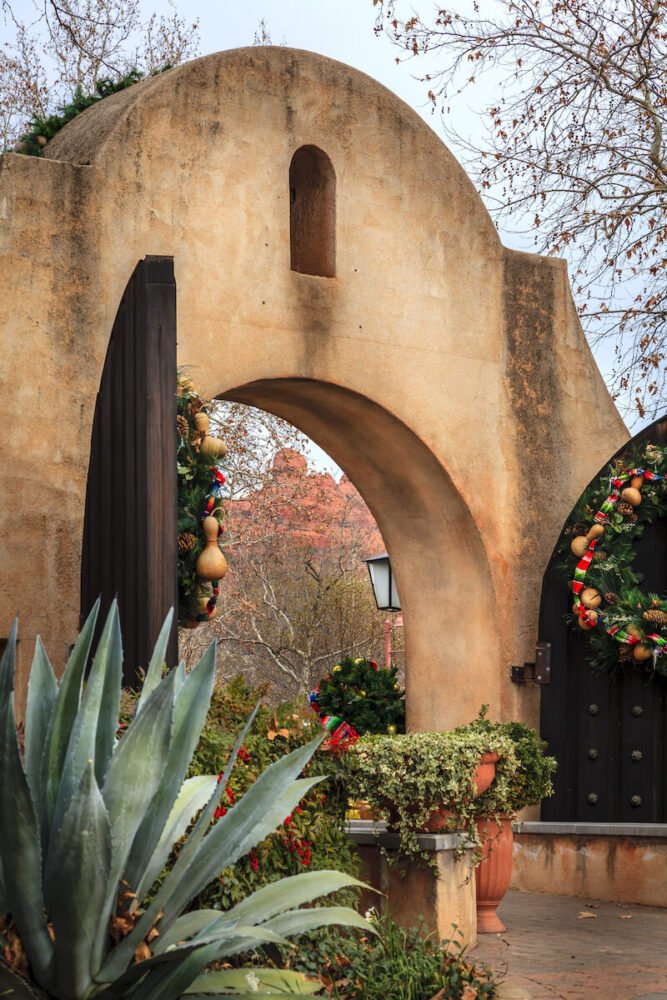
Plus, if you think that the red rocks of Sedona look beautiful all on their own, just wait until you see them with a light covering of snow.
This is the stuff dreams are made of, people — so add it to your Arizona bucket list, stat!
The Lowdown on Winter in Sedona
Weather
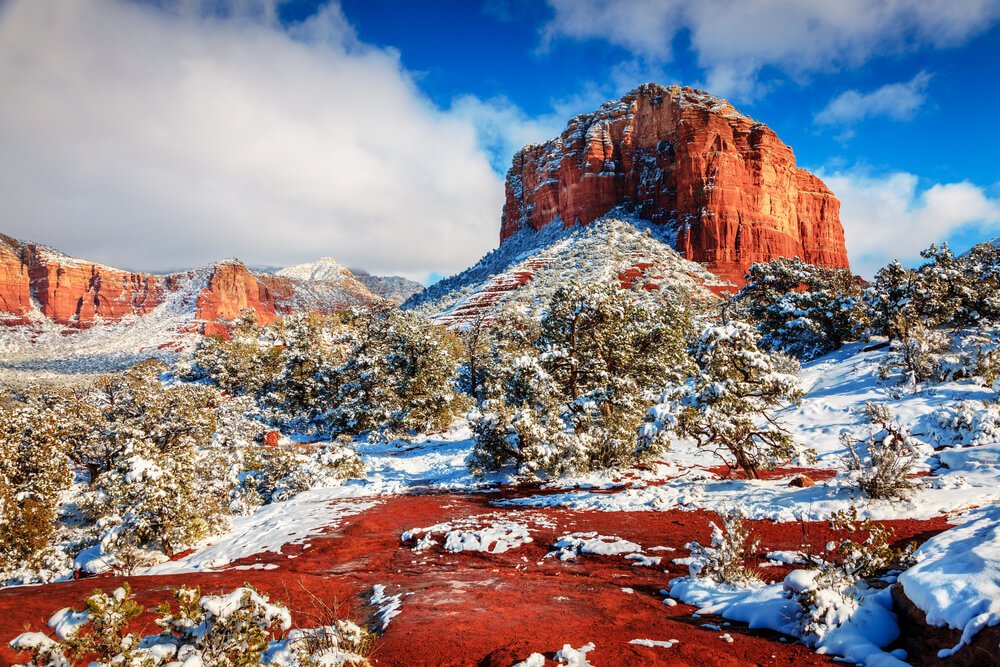
So, you’re probably re-reading that first section and thinking to yourself: “Snow?? I thought Sedona was supposed to be the desert!”
Believe it or not, this part of Arizona can actually get its fair share of snow! Now, it’s no Colorado winter.
The snow usually only sticks around the tops of the red rock mountains, but it’s not uncommon to see some flurries during your visit.
Of course, it’s also not impossible to find clear skies and sun that will have you eager to throw on your summer shorts.
In other words, prepare for every type of weather!
Dig out your sandals from storage but don’t forget your trusty winter beanie.
A pair of traction devices for hiking (like crampons) never hurts, but also make sure you have sunblock on hand.
I could go on, but I think you get the idea!
Drawbacks

Winter in the desert… What could go wrong? Honestly not much!
The rattlesnakes are hibernating, the crowds are down, the weather is beautiful, what more could you ever ask for?
Well, to be completely honest, there is one thing to look out for… ice.
While Sedona doesn’t get much snow, cold night time temperatures and shaded nooks on the trail lead to impromptu ice skating rinks… oftentimes right on the side of sheer drop-offs.
Now, this isn’t a normal occurrence and you won’t find yourself shimmying across ice patches in fear of your life every time you hit the trail, but it’s important to know that it happens.
Always check with the Red Rock Ranger Station about icy conditions on the trail and don’t be afraid to turn around if you find yourself in a slippery situation.
Your safety is always worth more than completing a trail!
Crowds

If you couldn’t tell already, the lack of crowds is my favorite thing to talk about but this isn’t to say that it’ll be a ghost town!
At the end of the day, it’s still Sedona (read: busy).
But after you’ve spent your summer stuck in an hour’s worth of traffic every time you want to go five miles, winter “crowds” feel like a dream.
You may still struggle to get a parking spot at popular spots like the Cathedral Rock trailhead during peak hours…
… but hit it at sunrise and you may be one of the only people up there. Starting to catch my drift?
Where to Stay in Sedona in Winter

One of my favorite things about winter in Sedona is that the world is your oyster!
The crowds have pretty much disappeared (because apparently people prefer to be scorched during the summer months, I know, I’m puzzled too).
Maybe it’s because people aren’t doing their summer-vacation epic mutli-state Southwest road trips or smaller Arizona-only road trips.
And with less demand comes cheaper accommodations, meaning often-pricy spa resorts become a heck of a lot more affordable!
Luxury: Enchantment Resort
Easily one of the fanciest, sought-after options in Sedona, the Enchantment Resort will still cost you a pretty penny but it will feel like a bargain compared to its summer price tag!
This option is for those truly seeking luxury in the form of multiple pools, a spa, a golf club, and more.
Mid-Range: Las Posadas of Sedona
Tucked away in the charming village of Oak Creek, Los Posadas is as close to Sedona as you can get without being in the center of all the excitement.
This incredible hike is pretty much just a rock scramble to the top, and a crab walk down. Totally worth it though!
Alternative Route: To keep the good times rolling (and for a better chance at a parking spot), start at the Baldwin Trailhead for a scenic creekside addition to the main Cathedral Rock trail.
This will put you at 3.7 miles roundtrip with 931 feet of elevation gain. (AllTrails information here) — a lot more hike with just a little more elevation gain.
Devils Bridge

- 4 miles roundtrip with 534 feet elevation gain
- AllTrails information here — check this for up-to-date user reports!
Most people think that this hike is only 2 miles round trip, and it is… as long as you have a 4WD high-clearance vehicle.
If not, you’ll be adding an extra 2 miles, and I’m here to tell you how to make the most of it.
To start off: do not walk the 4WD road at Dry Creek Vista like everyone else.
Start at the Mescal Trailhead for a much more enjoyable (but equal length) route.
Bonus Tip: Double your reward by going for sunrise — you’ll have that classic walking across Devils Bridge picture in no time, vs. waiting in line at any other time of day!
Subway Cave
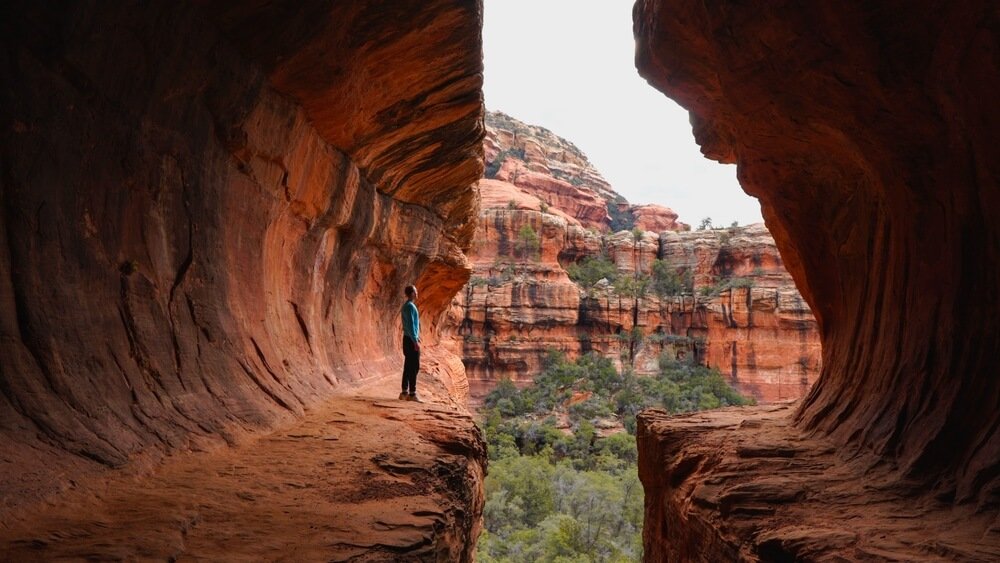
- Follow via Boynton Canyon Trail — AllTrails info here
I was originally a little hesitant to put this one on here since it’s not technically an official trail, but look.
The views are simply amazing and everyone already knows about it thanks to Instagram, so I figured I should give you the tools for success.
While I can tell you that it’s located along the Boynton Canyon Trail, you’ll have to do your research to find the cave itself.
Scavenge the internet and study the directions… or follow everyone else that is going to the same place.
Whatever you do, just make sure to have an offline GPS app of some kind, just in case.
Birthing Cave

- 1.9 miles roundtrip with 242 feet elevation gain
- AllTrails Directions here
Okay so still not technically an official trail, this one has managed to find itself on Alltrails so it is much easier to find, and much shorter too!
This trail will give you some similar cave vibes without the extra fuss of the Subway Cave.
As an added bonus, it’s my favorite place to watch the sunrise!
See the icicles at West Fork.

The West Fork Trail (AllTrails info here) in Oak Creek Canyon offers something new and spectacular with every season.
Cool off by the water during the summer months, marvel as the canyon becomes a blanket of reds and oranges come fall, admire spring flowers, and escape into a winter wonderland.
It’s the gift that keeps on giving!
Of course, that natural beauty is also the reason why the parking lot is managed by a concessionaire and costs $12 per vehicle to enter.
This place is always popping!
I couldn’t tell you which season in West Fork is my favorite but I can tell you that the winter months give this place a completely different feel that’s simply incredible.
Gigantic icicles line the canyon walls, snow lingers in shady corners, and the creek bubbles as it navigates under the ice.
It feels so unlike Sedona in the very best way!
The trail itself is 6.5 miles roundtrip, but you can explore this place as much or as little as you want and still have a magical time.
Hop on the Christmas Train.
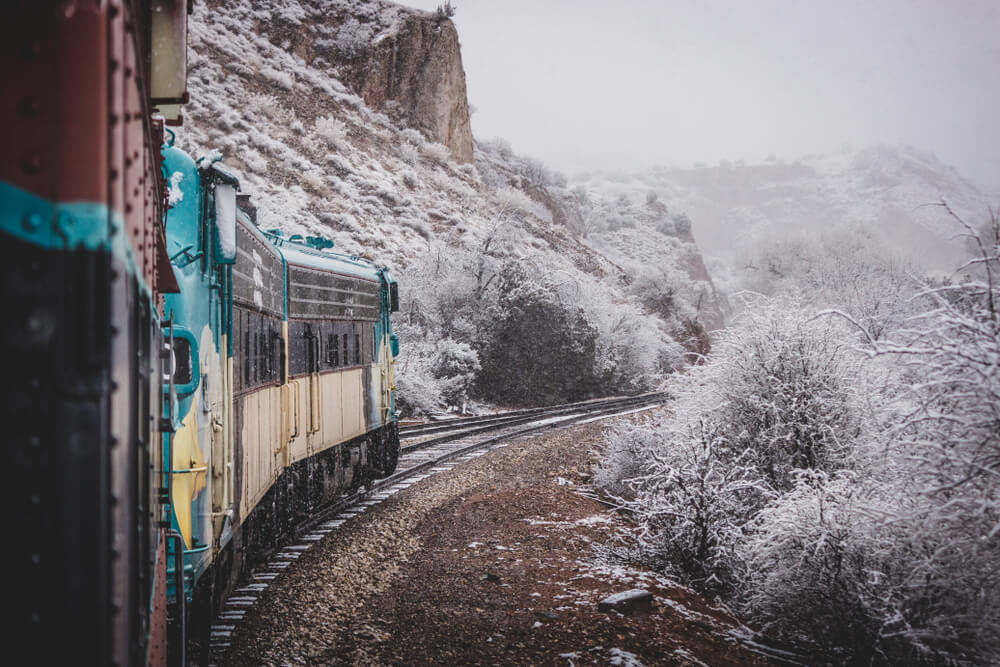
It’s not everyday that you get a chance to go for a festive train ride, let alone pick from one of two amazing choices!
Sedona is located smack dab in the middle of two charming towns that both pride themselves on their Christmas spirit.
The Verde Canyon Railway, located in Clarkdale, offers a scenic train ride all year-round but at Christmas time, the train is transformed for its Magical Christmas Journey!
You’ll be greeted by a real life bald eagle and have the chance to explore a miniature village before hopping on the train to the North Pole. This is a great option for the kiddos!
You can book a ticket online here for the whole package deal complete with champagne toast, appetizers, and a railway ticket for the gorgeous ride!
Note that pickup is not included, though, so you’ll have to make your way to Clarkdale yourself… though you will likely want a rental car while you’re in Sedona, anyway, to access all those great hikes!
The Grand Canyon Railway, located in Williams, is meant to be a real-life impression of the famous Polar Express!
Start your journey in the winter wonderland that is Williams and enjoy movie impersonations (and hot cocoa!) as you make your way up to the North Pole and back.
This tour includes pick-up and drop-off in Sedona, will let you take the famous Grand Canyon Railway one-way [return is by van], and also allocates plenty of time to explore Grand Canyon National Park in winter by way of a heated van tour!
It’s a great way to combine a winter Grand Canyon trip with a scenic snowy festive train ride!
Attend a festive event.
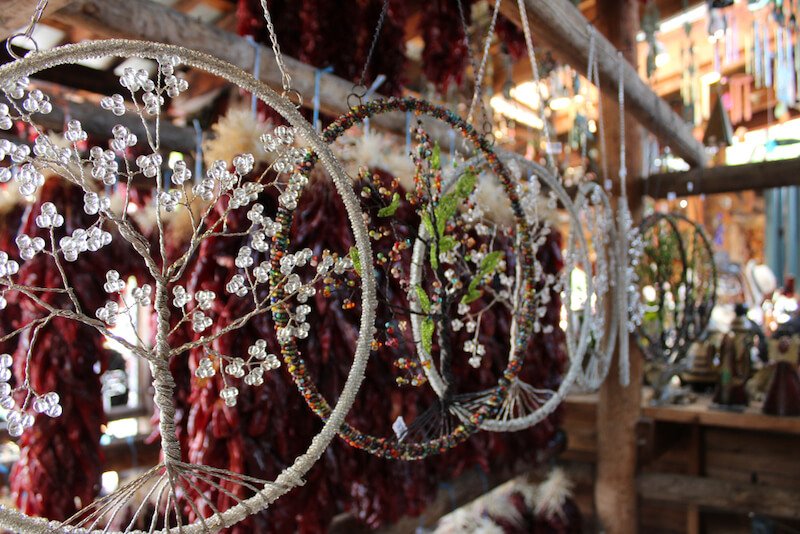
From the Sedona Tree Lighting to the Festival of Lights at Tlaquepaque, there is no shortage of festive events in Sedona in winter!
Every weekend there seems to be something new going on (of course, that’s not just during the holiday season!)
In other words, be prepared to spend some cash on adorable locally crafted items.
Of course, that’s usually the real reason why most people attend holiday festivals in the first place.
Increase your options for attending an event during your visit by considering the whole Verde Valley!
Check out the Verde Valley Events page to see what’s happening in Sedona as well as nearby charming Arizona towns like Campe Verde and Cottonwood, which make perfect easy day trips from Sedona.
Marvel at the night sky.
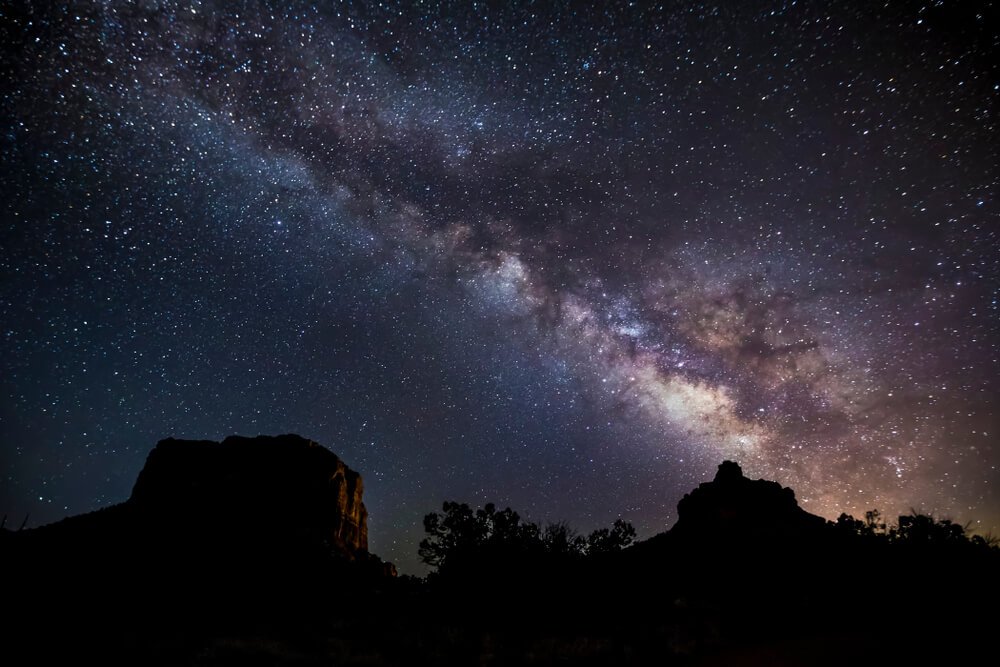
Considering the fact that Sedona is home to more than 10,000 people, there is no doubt that the city has put in a lot of effort to obtain its International Dark Sky Community certification.
That’s right, Sedona is home to some of the darkest skies in the country!
And the bottom line is, you can experience it from just about anywhere.
At night, the bustling tourist city that is Sedona goes pitch-black. There are no annoying street lights creating an obnoxious glow around your night sky.
When you look up, all you see is darkness and stars… stars like you’ve never seen before!
Still, a pesky car driving by with its headlights ready to blind you will destroy your night vision, so get off the main road for the best night sky viewing experience.
Really, any trailhead on the outskirts of town will do!
Say hello to the Milky Way for me!
While you definitely have a great experience DIYing your own stargazing tour, you can make the experience even more fun and quirky by doing this Sedona Stargazing and UFO Tour!
This tour not only takes you to great stargazing viewpoints… it also lets you use military-grade night vision goggles to watch unexplained UFO-esque activity flying above your head, normally undetectable to your own eyes!
While I haven’t done the tour myself just yet, supposedly, the lights are wild — they flash, change size, and move around unpredictably!
If you watched a little too much X-Files as a kid (*raises hand*) this may be the thing to add to your Sedona itinerary.
Catch an epic sunset.

Ah yes, Sedona… the place where bad sunsets simply don’t exist.
Literally no matter where you are or what you are doing, if you are in Sedona, you will experience an epic sunset.
The way the sun reflects on the red rocks as it sets is something that never gets old.
Plus, you don’t have to be in any particular spot to see the sun itself setting.
You just want to be near the red rocks as they’re illuminated by the setting sun, and the good news is, there are red rocks everywhere you look.
That being said, I do have a few favorite spots…
The Obvious Choice: Airport Mesa
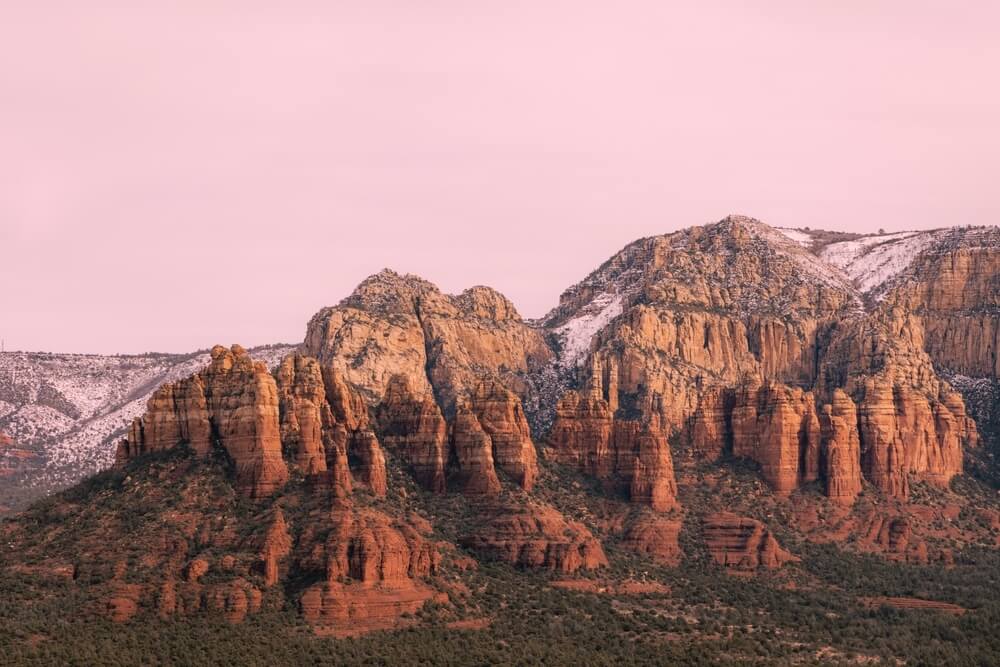
While the sunset views here are incredible and it’s always on my list when friends or family come to visit, there’s no denying that it is the busiest sunset spot in Sedona.
But if you can fight the crowds (yes, even during the winter months) and are willing to pay $3 to park, you’ll be rewarded with unmatched views of some of Sedona’s most iconic rock formations.
You can also hit the Airport Loop trail to avoid some of the crowds!
The Adventurous Choice: Schuerman Mountain Vista

This is, by far, my favorite sunset spot hands down — maybe the 1.7 mile roundtrip hike with about 370 feet of elevation gain scares people off, but it’s always quiet.
Somehow this trail (AllTrails info here) has managed to stay off the radar even though it offers one of the most spectacular sunset views of Sedona’s red rock country… with zero crowds!
I can’t tell you how many times I have had this place all to myself. It’s the definition of a hidden gem!
So, do me a favor and let’s just keep this between you and me!
The Perfect Middle Ground: Secret Slick Rock

This not-so-secret trail offers one of the best reward to effort ratios for sunset hikes in Sedona.
This is a beautiful hike clocking in at just 0.7 miles roundtrip with about 80 feet of elevation gain. AllTrails info here.
A short hike will take you to a massive slab of slick rock (aka plenty of room to spread out) with a close up view of the famous Cathedral Rock.
When the weather’s right, you’ll even find water in the potholes that make for a perfect reflection image of Cathedral!
You know the one that you see in all those pictures? Yeah, it’s taken here!

Nicole is a freelance travel writer who loves traveling and hiking in America’s National Parks, particularly in Utah, Wyoming, and California. Her favorite place is just about anywhere where snow-peaked mountains can be seen in the distance.

